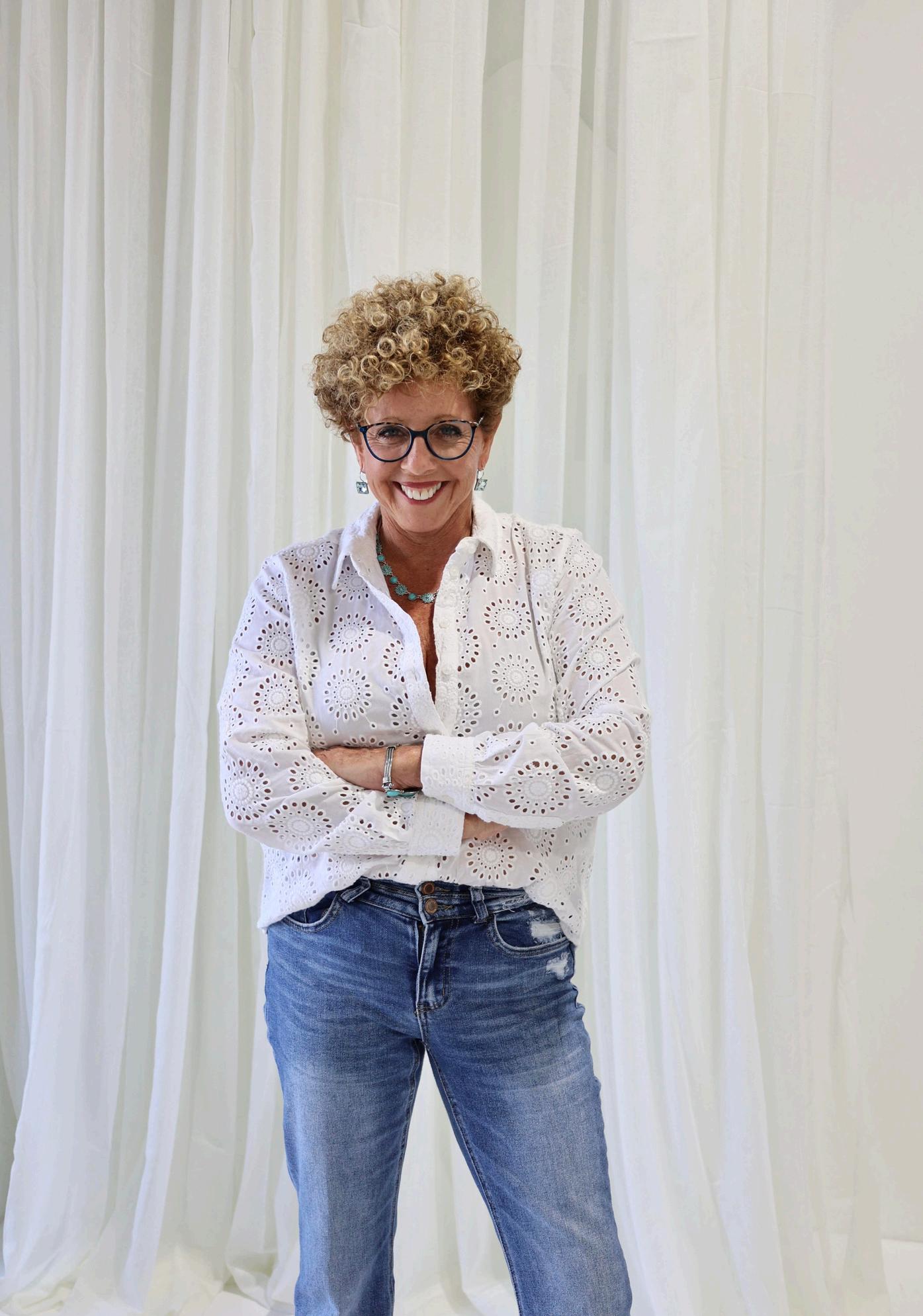

M A G A Z I N E



M A G A Z I N E
Thank you for taking the time to read this issue of Bloom Magazine. We created it for the workers’ compensation community—to highlight the work being done, the people behind it, and the topics that matter.
We’re especially grateful to our advertisers. Your support helps make every issue possible, and we don’t take that for granted. We hope you find something valuable in these pages.
Happy reading!
A Letter From The Bloom Team | 01
Editorial Board | 05
Cover Story | 07
Nelly Cabral | 13
Paula Eatman | 14
Melanie Stephen | 16
Sondra Kelley | 17
Michelle Montford | 19
Stefanie Tillman | 21
Kimberly McKinney | 22
Lauren Pierce | 24
Ashley Barringer | 26
Erika Marvin | 27
Danielle Hill Lamoureaux | 29
Dana Adkinson-Godfrey | 32
Nicole Landers | 32
Ana Sales | 32
Jorge Acevedo, MD | 36
Jerry S Sher, MD | 38
Daniel Marin, MD | 39
William J Bonner, MD | 40
Alejandro Pino, MD | 42
Not All Doctors Are the Same | 44
The Power of a Great Adjuster and Why Employers Should Understand and Value This Vital Role | 49
Whole Person Care for the Injured Worker: A Personal Reflection | 50
Workplace Safety Starts with Us | 53
Understanding the Workers Compensation System, My Philosophy | 56
Shannon Stewartson: Named One of BLOOM’s 2024 CEOs of the Year | 58
Elbow Tendinitis: Diagnosis and Treatment | 60
Inside Vero Orthopaedics | 63 Dear Dr. Medina | 66
Return-to-Work, Reimagined – Rebound PRO | 68
ORIF and Bone Stimulation in a Complex Work-Related Ankle Injury | 71
Orlando Orthopaedic Center Strengthens Its Workers’ Comp Program | 73 The Best Doctors in Workers’ Compensation 2025 | 75
New Second-Floor Suite Now Open at Vero Orthopaedics | 77 Meet the Newest Physicians at Orthopedic Center of South Florida | 78 Dr Widner: 14th Annual FOS Injured Worker Inspiration Awards Winner | 79
Ways to Make Your Office Space More Wellness Friendly | 83 Thriving Emotionally: Living Fully from the Inside Out | 86 We’re Settling the Debate: Is Juicing Healthy or Not? | 91
The Productivity Strategy You Should Try, Based on Your Zodiac Sign | 94
The Real Secret to Affirmations That Actually Work | 98 The Bloom Team's Current Favorites | 101
Mini Guide to Sifnos, Greece | 104
Mini Guide to Bologna, Italy | 106
Il Dolce Far Niente: Our First Bloom International Retreat | 109
Wander Smart: Travel Safety Tips for Women in 2025 | 112
News&Events 114-128
Worksheets 132-135



Founder, CEO
Editor in Chief, Creative Director
Editor at Large, Design Director
Executive Editor
Vice President, Marketing
Chief Revenue Officer
Advertising Account Executive
Advertising Account Executive
Contributing Writer
Contributing Writer
Contributing Writer
Contributing Writer g Writer
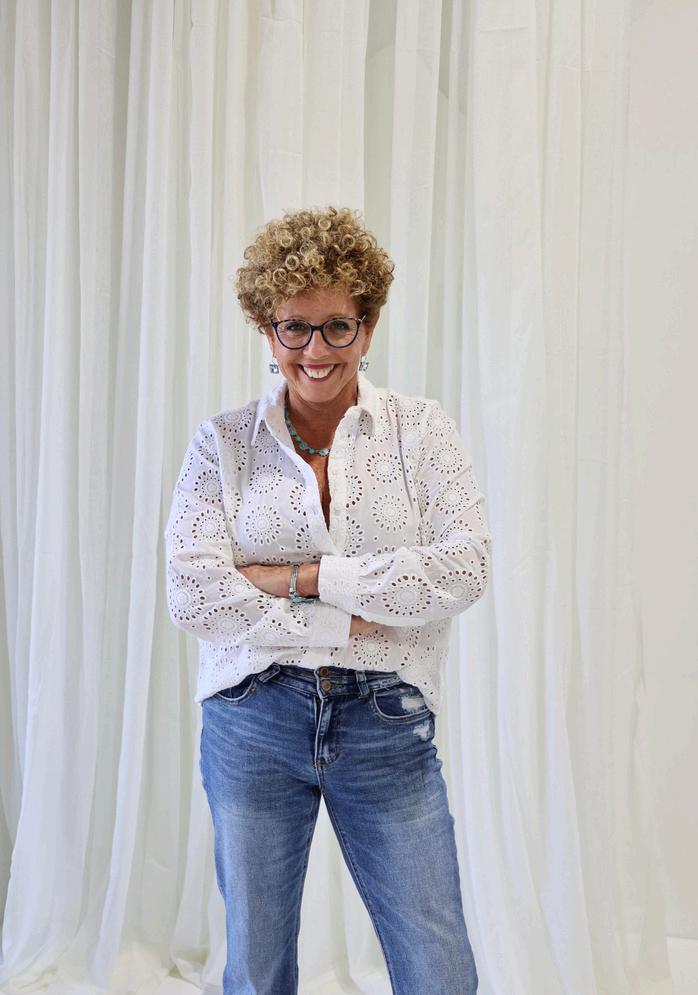
Mari Diaz
Samantha Diaz
Melissa Diaz
Anailis Diaz
Ozzy Diaz
Osberto Diaz
Carlos Ramos
Joselyn Chamorro
Anand Panchal, DO
Veronica Pedro, MD
Jose Ortega, MD
Nickcola Barber
Viviane Ruiz
At Bloom Magazine, we love sharing the moments behind our cover shoots This one with Robin was especially fun We booked Soultuary, a beautiful space with perfect lighting that brought something special to every shot Robin showed up glowing Her smile, her energy, and her beautiful personality filled the room She was laughing, relaxed, and completely herself You can see it in every photo We’re so happy with how everything turned out and we hope you love the photos as much as we do
Photo by: Samantha Diaz


WRITTEN BY MARI DIAZ

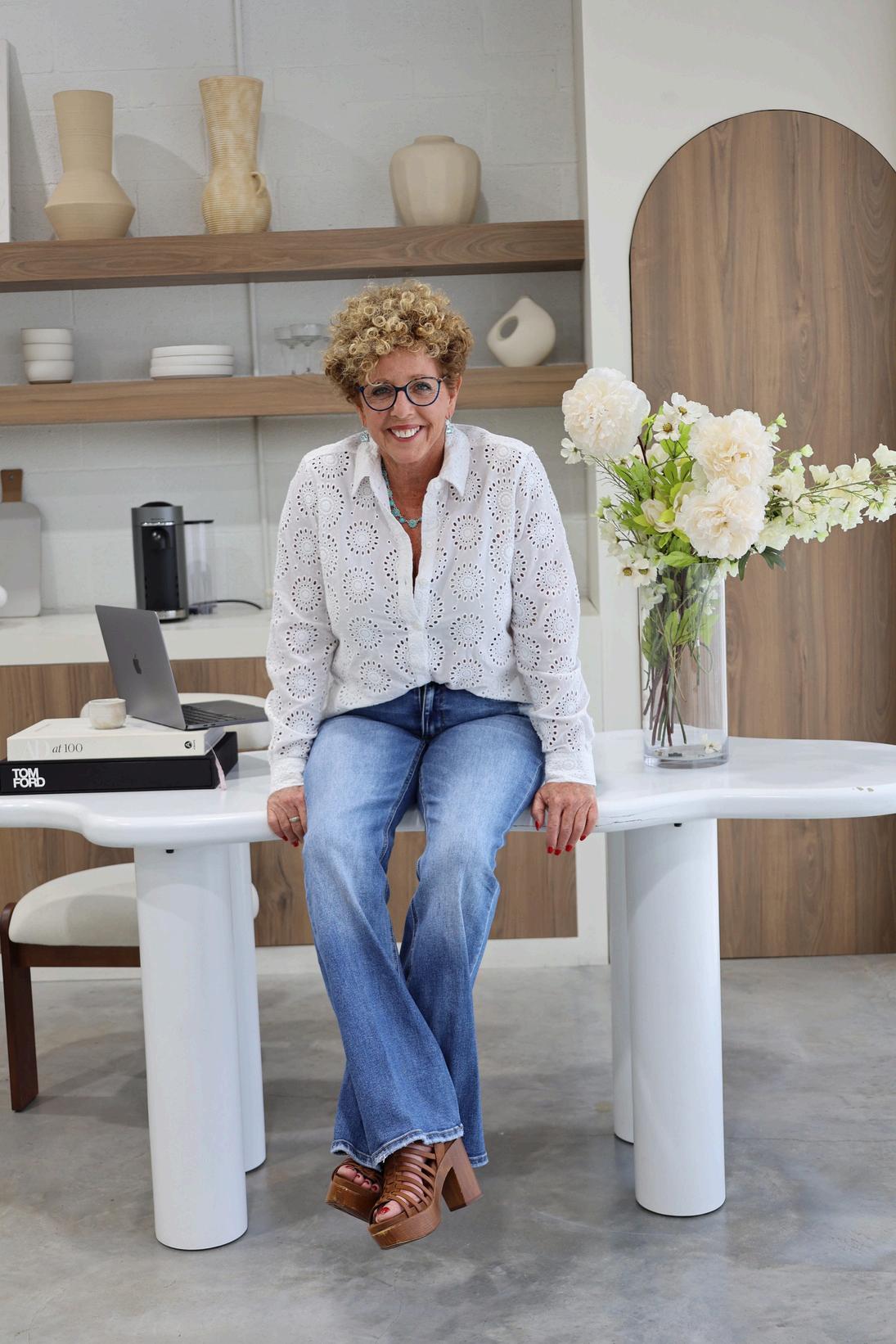
When an injured worker needs care, every decision matters From the moment they’re hurt, how quickly they’re seen, how clearly everyone communicates, and the quality of care they receive it all has a direct impact on their recovery and their ability to return to work For employers, adjusters, and nurse case managers, having the right doctors in place isn’t just helpful it’s essential
That’s why so many turn to the Orthopaedic Center of South Florida (OCSF) With five offices across Miami-Dade, Broward, and Palm Beach counties, and a growing team of 21 physicians all board-certified or board-eligible and fellowship-trained OCSF has earned a strong reputation for prioritizing patient care, providing excellent outcomes, and working closely with all parties involved in the recovery process
“Patient care is our number one priority regardless of payor, ” says Robin Fielding, CEO of OCSF “When we ’ re treating a workers’ compensation case, we understand the added responsibility paperwork, timelines, and communication and we take pride in handling it the right way. ”
Robin has been leading OCSF for 28 years guiding the practice through steady and intentional growth. Her background includes decades of experience in hospital and outpatient leadership, and her approach to leadership is clear, consistent, and teamfocused “I’ve always believed that when you support great doctors and give them what they need to do their job well, everyone benefits the team, the patients, and the entire process, ” she says
With Robin’s leadership, the practice has grown from a nine-doctor group to a multilocation practice with 21 physicians
Expansion has been thoughtful always centered around meeting patient needs and supporting continuity of care
“Clearcommunicationplaysavitalrole ineveryworkers’compcase,”Robin says.“Wekeepadjusters,nursecase managers,employers,andourinternal teamaligned—becausewhen everyone’sonthesamepage,recovery movesforwardwithoutdelays.”
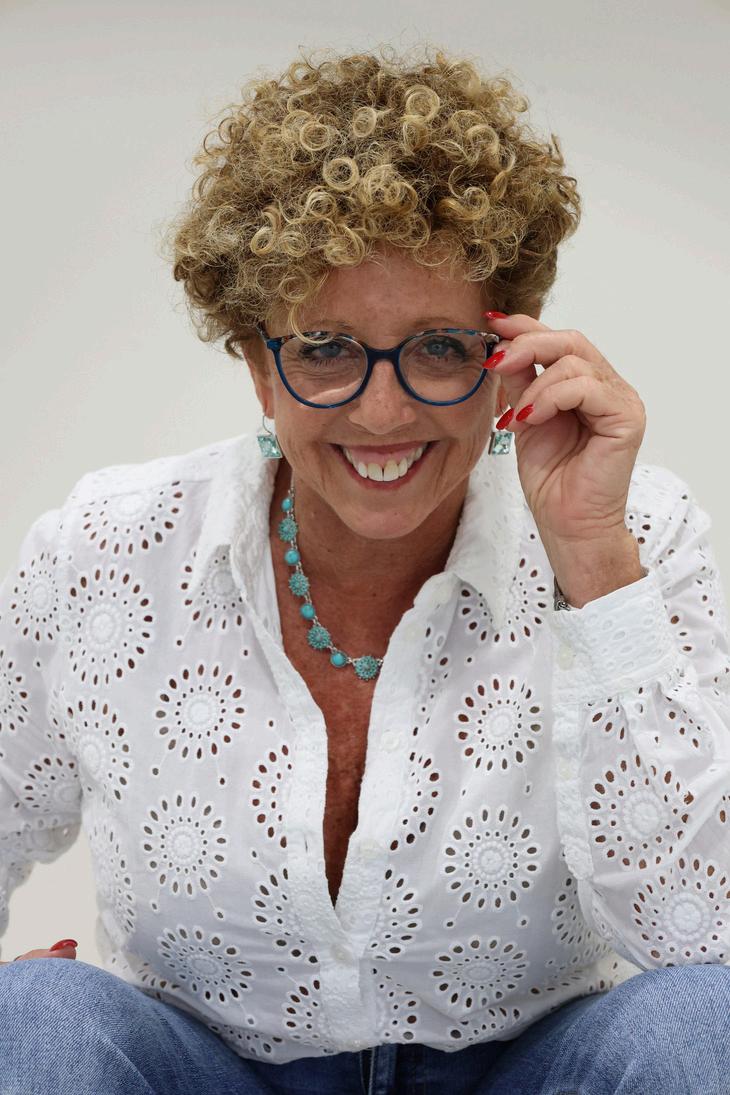
OSCF has continued to grow across South Florida The Deerfield and Miami Lakes offices are currently expanding, and the practice will open its own outpatient surgery center later this year The surgery center, expected to open in November, will support continuity of care and provide more direct access for patients needing surgical intervention
“Thishasbeenalongtimecoming,”saysRobin.“Itallows arephysiciansandpracticemorecontinuityandallowsus tomaintainthesamehighstandardsthroughouttheentire careprocess.”
The doctors at OCSF are among the most qualified in the region The team includes experts in orthopedic surgery, podiatry, physical medicine and rehabilitation, sports medicine, and complex injury care Many of the physicians are fellowship-trained and bring extensive experience in treating work-related injuries. New team members like Dr Marc Schatz, MD, and Dr Evan Horowitz, MD both fellowship-trained orthopedic surgeons joined OCSF this August to help meet the increasing demand
“They’re excellent physicians who share our values,” Robin notes “They care deeply about their patients and understand the importance of working as a team We’re lucky to have them ” The care patients receive at OCSF is rooted in trust, respect, and a shared commitment to doing what’s best for each person who walks through the door The doctors take time to listen and understand the full scope of each injury Communication with adjusters and nurse case managers is timely, clear, and consistent Employers appreciate that their injured team members are not only being cared for but being guided toward recovery
“We don’t just treat the injury we ’ re focused on giving each patient the best care possible from start to finish,” Robin says. “That includes being responsive and making sure communication stays open at every stage ” OCSF has also been recognized statewide for its excellence and commitment to helping injured workers In 2025, the practice was named Best Doctor in Workers’ Compensation for the third year in a row an honor that reflects the quality of care, the strength of the medical team, and the clarity of communication that helps cases move forward Robin herself was honored as CEO of the Year in 2024, a recognition of her leadership, vision, and dedication to maintaining a high-performing, patient-first environment
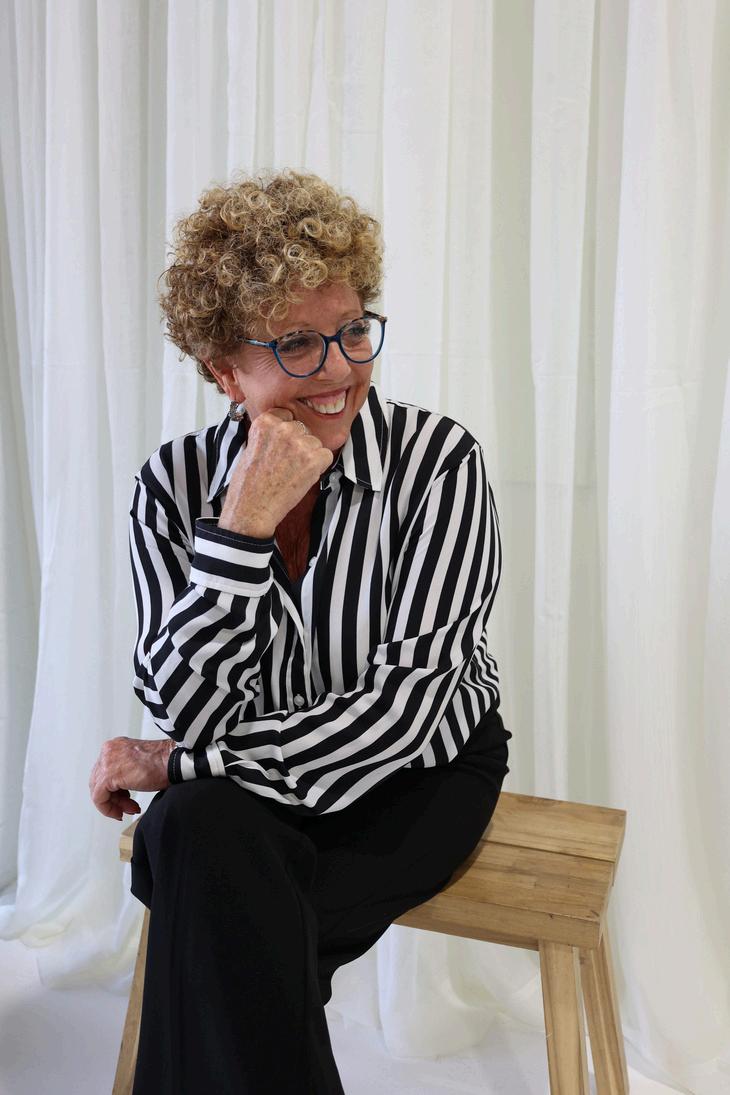
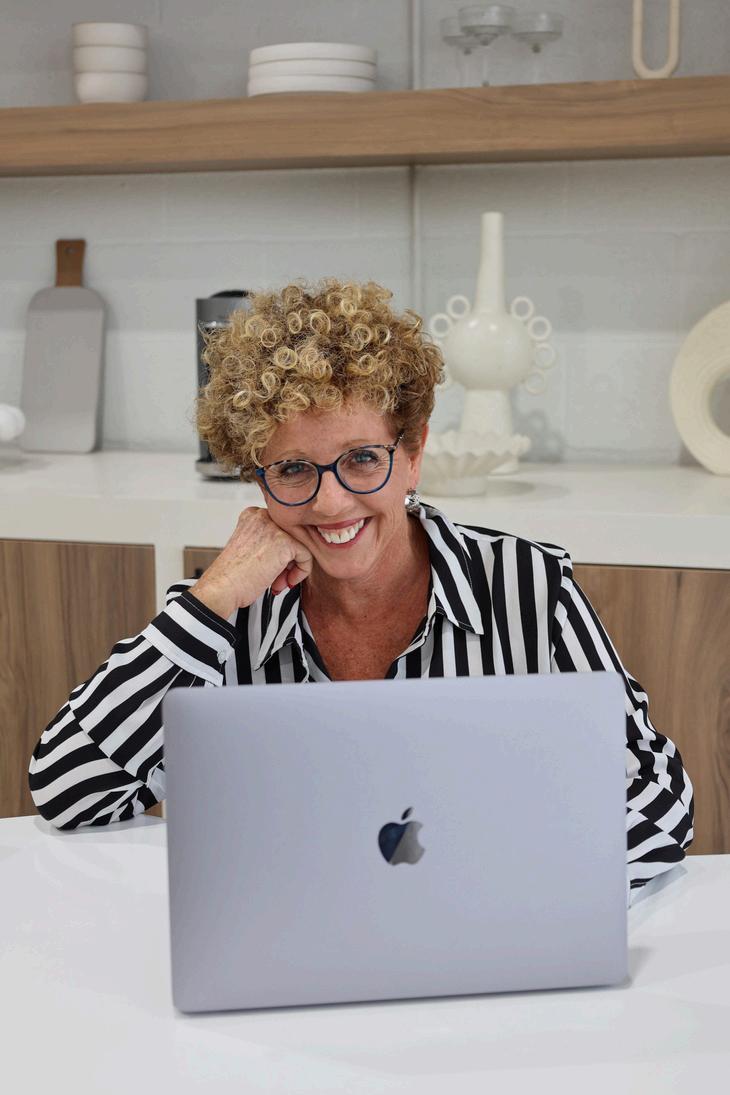
Outside of the office, Robin remains active especially with Give Kids The World, a non serves children with critical illnesses Her c others is part of what makes her leadersh “We’ve grown, and we ’ re proud of that,” R never lost sight of who we are or what ma
For those in the workers’ compensation in case managers, and employers it mean knowing their injured worker is in the care patient care first and are dedicated to get to work and back to life
Every doctor, every office, and every step Orthopaedic Center of South Florida refle delivering the highest quality care with com and a commitment to getting injured work back to work
The Orthopaedic Center of South Florida across South Florida for the exceptional c injured workers and for having a team tha communicate and coordinate effectively w
It was a pleasure sitting down with Robin F more about the incredible work happenin out most is how deeply rooted the practic putting patients first, every step of the w highly qualified doctors, expanding facilitie communication and continuity of care, OC the bar for workers’ compensation care a
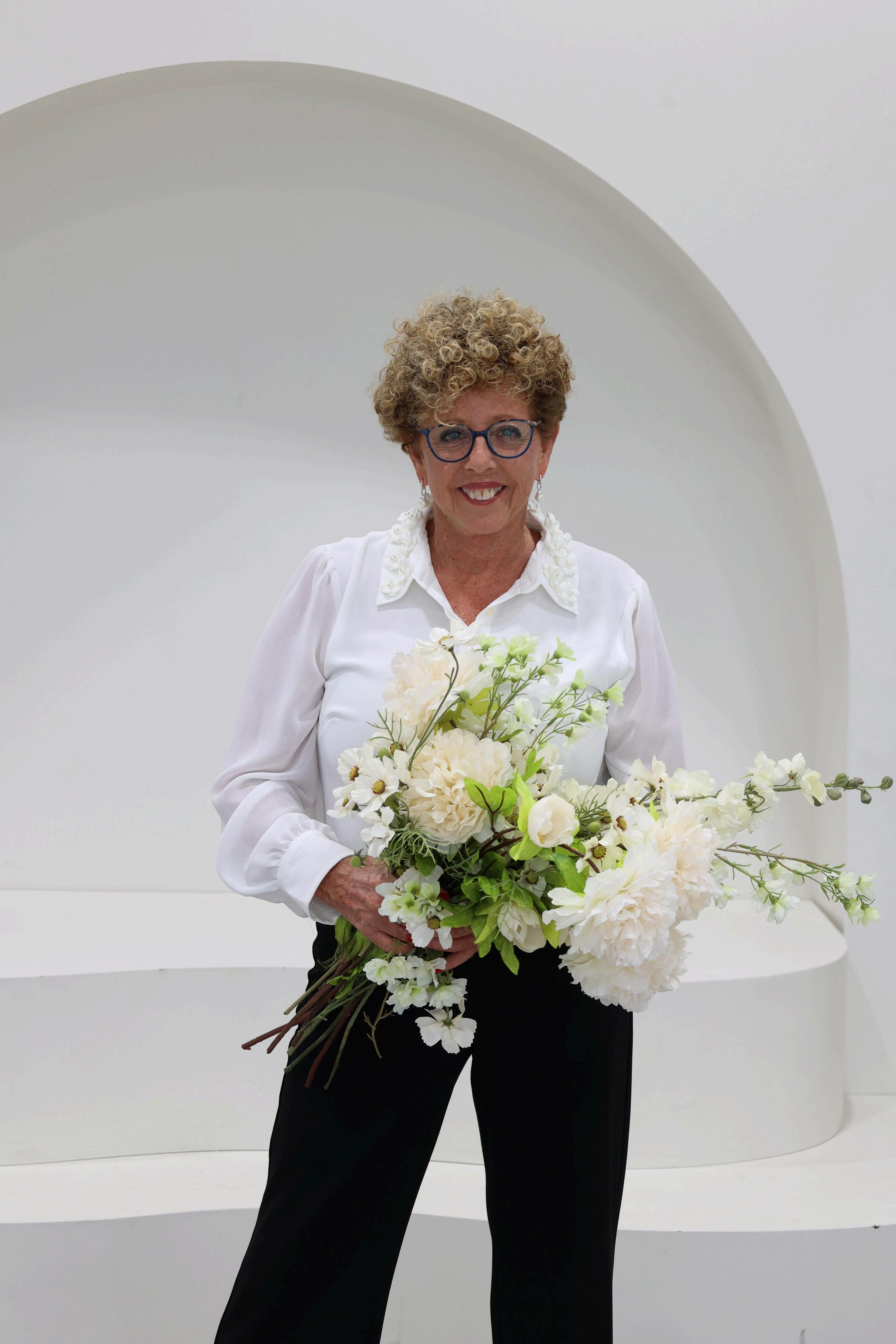
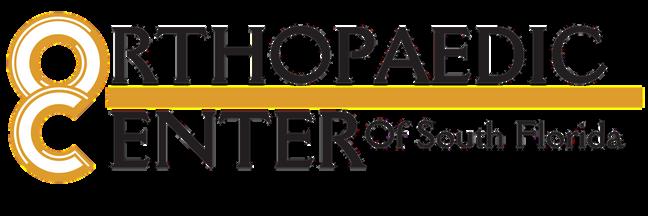


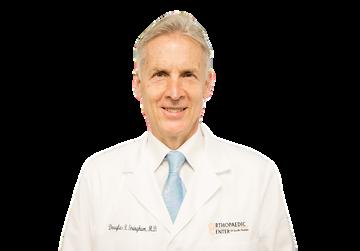
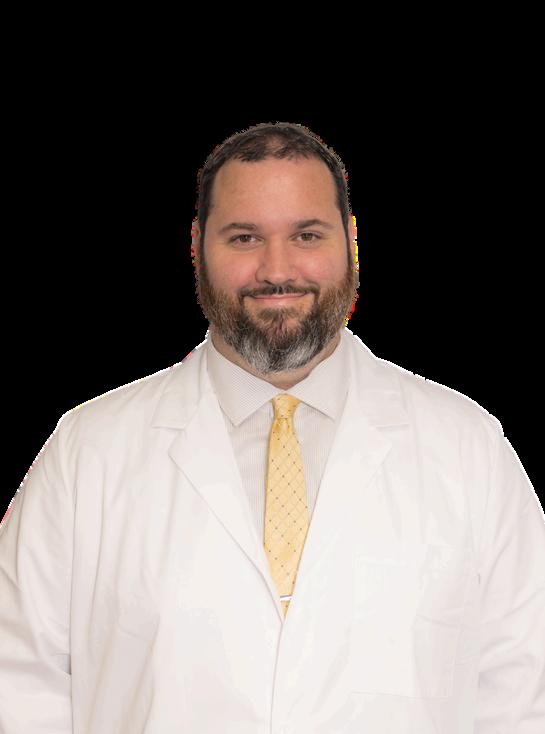



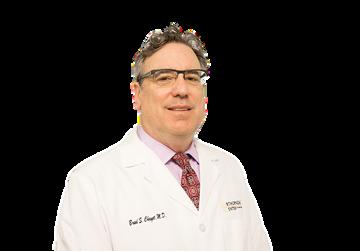
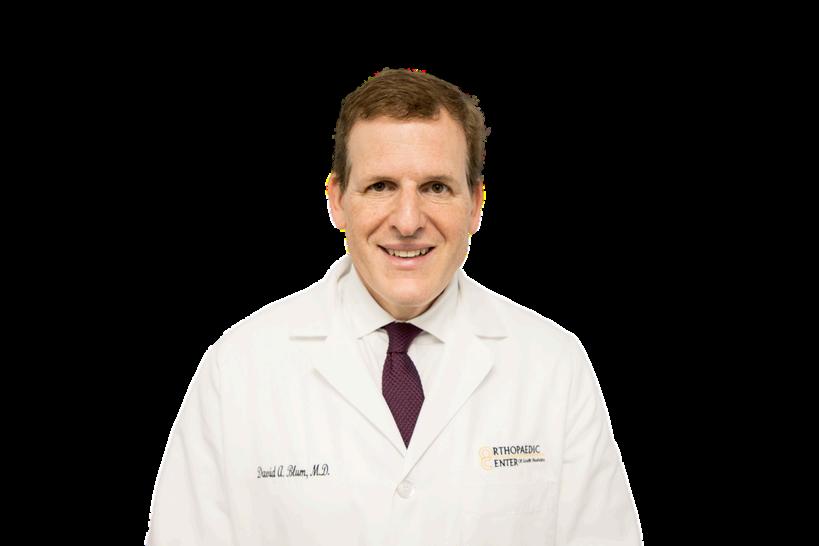
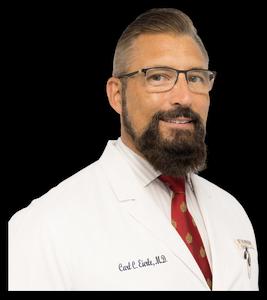

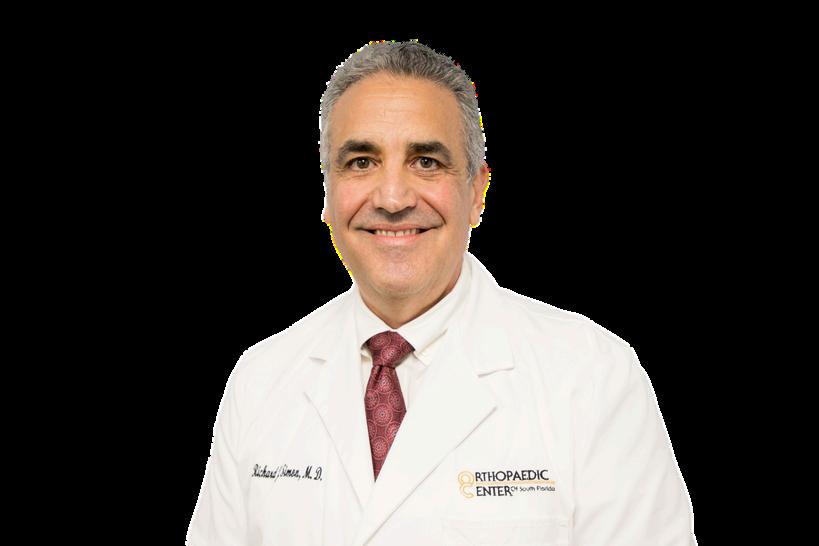
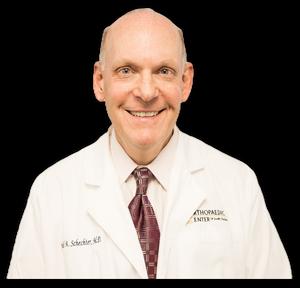

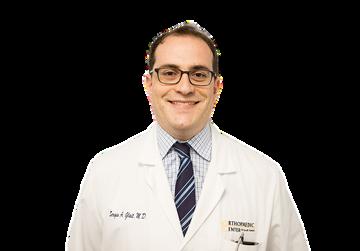
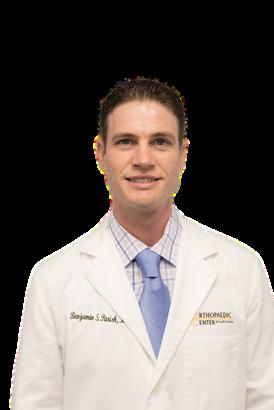
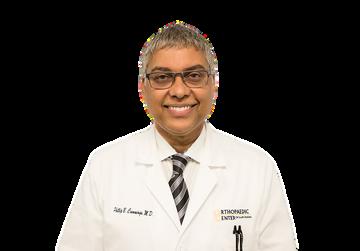
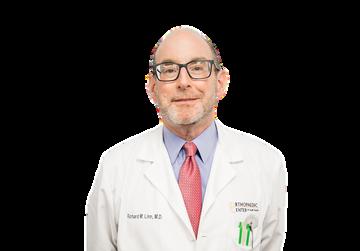
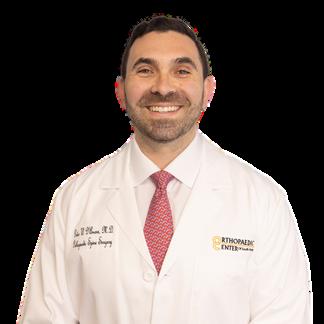

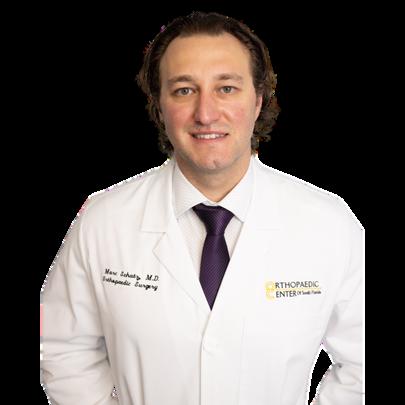


This section highlights the heart of the workers’ compensation industry the people!

What truly sets her apart is the depth of experience she brings, not just professionally but personally Diagnosed with dyslexia and placed in special education as a child, Nelly dropped out of high school in 11th grade “I was labeled a slow learner,” she shares “But I never gave up on myself ” She earned her GED, pursued higher education in her 30s, and this May, she’ll proudly graduate with a Juris Master in Legal Contracting Risk Management from Florida State University
“Forthatintrovertedkidwhofeltdefeatedenoughto giveuponhighschool,thisismorethanadegree.It’sa triumph,”shereflects.
In the high-stakes world of risk management, few professionals bring the grit, grace, and global perspective of Nelly Cabral As a seasoned Risk Management Professional at DHL, Nelly has spent over 15 years safeguarding organizations against everything from cyber threats to natural disasters But her path to the top wasn't paved in gold It was carved through resilience, curiosity, and an unshakable belief in second chances
“Myjourneyintothiscareerwasn’texactlyplanned,”she sayswithaknowingsmile.“Itwasacompleteaccident,a serendipitousdetourguidedbythekeeneyeofaRisk ManagerwhosawsomethinginmebeforeIsawitin myself.”
That detour became a defining turning point Since 2009, Nelly has built a reputation as a sharp, strategic thinker with an eye for both detail and the big picture “I thrive on identifying potential risks before they become real problems,” she explains “From shifting regulations and market instability to internal fraud investigations, every threat has a pattern if you know how to read the signs ”
Nelly’s work is rooted in more than just risk mitigation It’s about people Whether she’s crafting mitigation strategies or mentoring others, she brings authenticity, integrity, and an unflinching sense of purpose Her favorite piece of career advice? “Suck it up, buttercup ” She laughs, then explains, “It sounds harsh, but it taught me that this field isn’t for the faint of heart You need thick skin and an unshakeable sense of self ”
Outside the office, Nelly is an adventure junkie who has ziplined through rainforests, surfed waves around the world, and played chess with New York’s homeless community “Those games taught me more about love, politics, and survival than any textbook ever could,” she says But her greatest adventure is motherhood Her son, who is autistic, inspires her daily. “He faces challenges head-on with such grace. It reminds me of myself, and I couldn’t be prouder to see that same drive in him ”
As the risk landscape evolves, Nelly sees technology reshaping the field “AI, data analytics, and predictive modeling are transforming how we work We’re moving from reactive to proactive, from compliance to strategy ” And with that shift comes the need for professionals who can see beyond the numbers, those with vision, resilience, and heart
In three words, Nelly describes herself as confident, ambitious, and observant But anyone who’s had the privilege of hearing her story might add one more: unstoppable
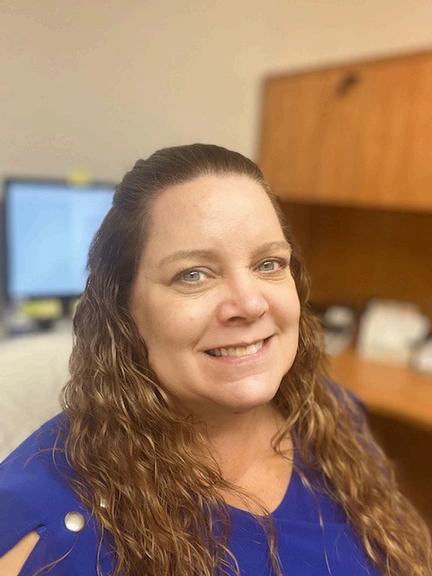
In her role, Paula emphasizes the importance of ethics, critical thinking, and decision-making “The decisions we make directly impact people’s lives,” she explains “Whether it’s determining compensability or settling a claim, you have to be honest, fair, and creative But always do what’s right ” While the job keeps her busy, Paula is quick to recognize the people who support her behind the scenes “I love the team I work with From our Risk Manager to our triage nurse and office specialist, everyone plays a part in making sure things run smoothly ”
Over the years, Paula has witnessed significant changes in the field, especially in how technology has transformed claims management “When I started, we relied on paper files and fax machines,” she recalls “Now, everything is electronic and instant ” One of the biggest challenges she sees on the horizon is attracting new talent “Recruiting the next generation of adjusters is so important We need to make sure we ’ re passing the torch ”
Paula Eatman is a dedicated workers’ compensation specialist with over three decades of experience in the claims industry For the past 25 years, she has served as the sole Workers’ Compensation Adjuster for the City of Daytona Beach, managing a fully self-insured, self-administered program from start to finish Whether she’s handling EDI reporting, reviewing medical documentation, or coordinating benefits, Paula brings heart, experience, and unwavering integrity to every claim she touches
“I’vebeeninclaimsfor34years,”sheshares.“Butfor mostofthattime,it’sjustbeenmehandlingeveryaspect ofworkers’compensationforthecity.Everydayis different.Youneverknowwhat’sgoingtolandonyour desk.”
Paula’s journey into the industry wasn’t something she saw coming. “If you asked me in high school what I wanted to be, I would’ve told you an executive secretary,” she says with a laugh But over the years, she found a passion for the intricacies of claims work and a deep sense of purpose in helping people during some of their hardest moments
Outside of work, Paula is passionate about travel and adventure In 2018, she took her first solo trip to Niagara Falls, and it sparked a personal mission: to visit every state in the U.S. “Some will take more than one trip,” she says “But I’m going to do it ”
Family is Paula’s greatest pride Her two daughters are both registered nurses and became homeowners before turning 25 Now they’re mothers themselves, and Paula’s favorite role yet is being a grandmother “Watching them be moms and seeing my granddaughters grow up, that’s what makes me smile most ” A lifelong learner and mentor, Paula finds joy in sharing what she’s learned “Whether it’s at work or in life, I love helping people by passing along knowledge.”
When asked about the best career advice she’s received, she doesn’t hesitate “Put your family first It’s easy to let work take over, but being present at home matters more than anything ” That perspective shapes how she balances her time “Work gets most of my day, but when I leave, I leave it at the door My home life deserves that same attention ” Whether she’s riding her bike, dancing, fishing, or simply relaxing in her favorite pajamas, Paula lives by the values that have guided her for over 30 years: honesty, hard work, patience, and compassion
With her deep experience, people-first mindset, and steady presence, Paula Eatman continues to make a quiet but lasting impact on the world of workers’ compensation and on every life her work touches
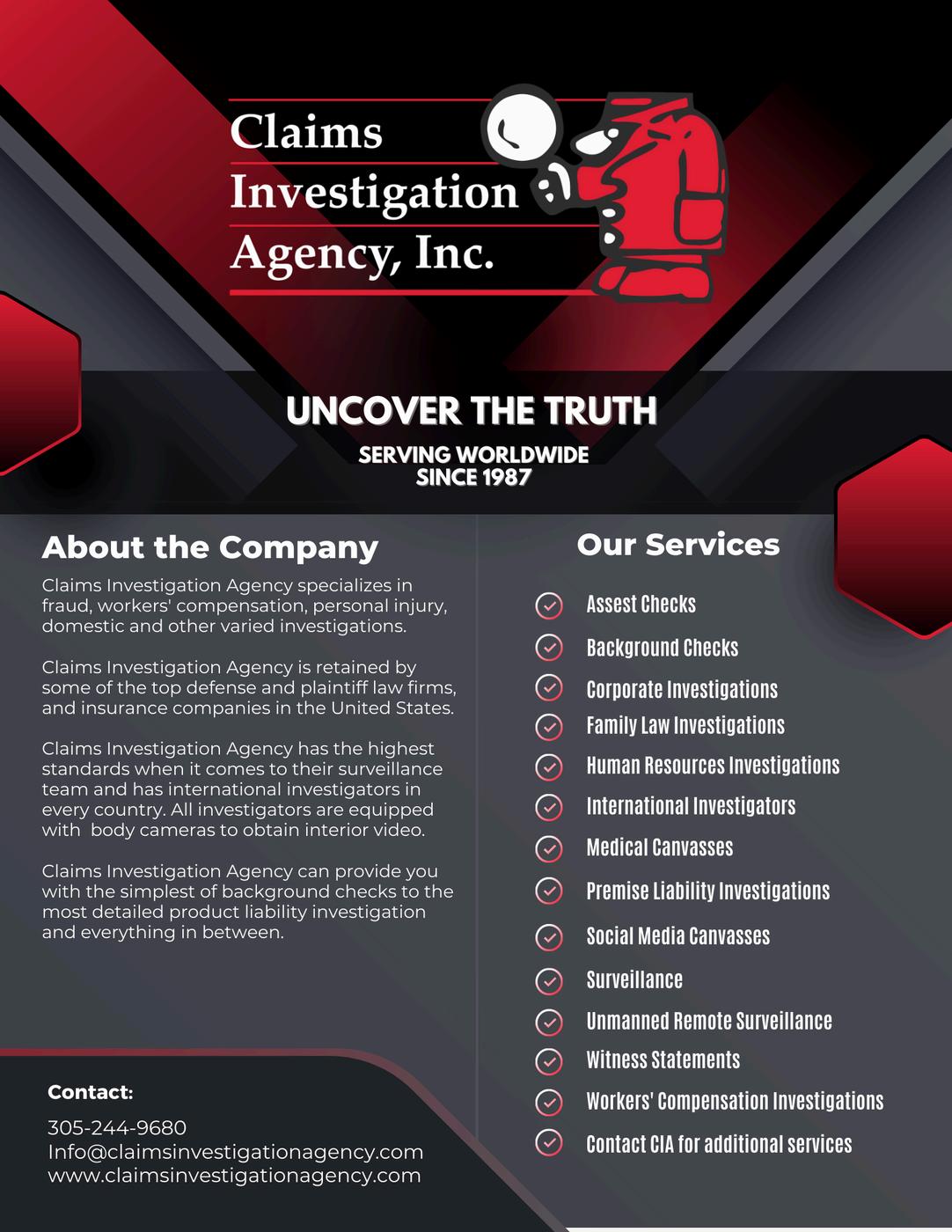
Melanie Stephen didn’t set out to work in home care, but once she found it, she never looked back As the Area Manager of Business Development at Allegiant Home Care, she brings a rare combination of strategy, service, and deep human connection to everything she does
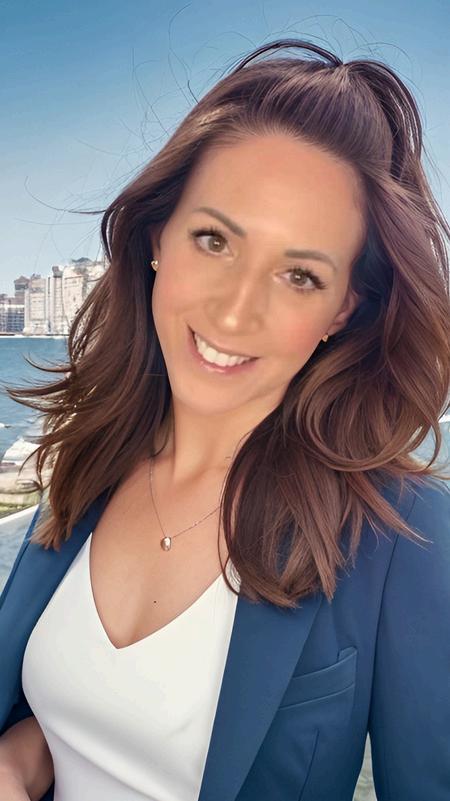
Part of her week is spent building relationships with attorneys, hospitals, and case managers. The other part? Guiding families through some of the most emotional and complex decisions they’ll ever have to make. “I love that moment when a family’s voice changes,” Melanie shares. “You can literally hear the shift —the fear, the anxiety, the stress start to lift. They’re no longer overwhelmed. They have a plan, they have support, and they’re not alone anymore. That’s the moment I work for.”
With more than 30 years of experience in business development and a decade in senior care, Melanie’s work is deeply rooted in relationships “It takes empathy, communication, and a solid understanding of both the healthcare system and human behavior,” she explains “You’re not just building referral networks You’re guiding real people through incredibly vulnerable chapters in their lives ”
What makes Melanie stand out is her unwavering commitment to doing what’s right “If we can’t accommodate a family’s needs, I’ll refer them to someone who can, ” she says “Helping families is always the priority Period ”
Her days are a mix of outreach, coordination, and connection She meets with referral partners, follows up on leads, supports families, and collaborates with her internal team It’s fast-paced and emotionally layered, and she thrives in that space But she’s quick to acknowledge the challenges
“There’s a rising financial burden on families,” she notes “Home care is expensive, and many people don’t know what resources are available or how to access them Education and outreach are just as important as the care itself ” That’s one of the reasons Melanie chose to join the Allegiant Home Care team because they work with a wide range of funding sources, including Community Medicaid, Waivers, the VA, workers’ comp, long-term care insurance, and catastrophic insurance “It means I can say yes more often,” she explains “I can find the yes to my families’ needs, and that makes all the difference ”
Melanie doesn’t just talk about resilience she lives it Diagnosed with multiple sclerosis (MS), she recently walked the runway at the Runway for MS Gala It was a powerful moment that meant everything to her and her daughter “It was about showing her, and myself, that no matter what life throws at you, you show up You persevere You keep going ”
Her strength doesn’t stop there Melanie has completed a Spartan Race, starts every morning at the gym, and once taught kickboxing and Muay Thai “Fitness taught me how to motivate and support people,” she says “And I still carry that with me, just in a different setting ”
Outside of work, she finds joy in family time, laughing with her husband, and daydreaming about a private Dave Matthews Band concert in Italy “Surrounded by the people I love, listening to music, in a beautiful place? That’s the dream ”
When asked to describe herself in three words, she answers without missing a beat: empathic, motivated, and witty And when it comes to her career philosophy, she keeps it simple Stay true to who you are
“I’ve learned not to change myself to fit a role,” she says “When you lead with authenticity and align your work with your values, everything else falls into place ” With heart, humor, and a fierce dedication to helping others, Melanie Stephen is redefining what it means to lead with purpose in the home care industry one conversation, one family, and one life-changing moment at a time
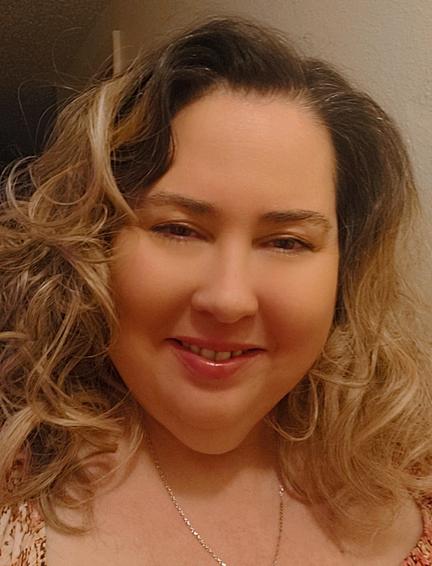
When you speak with Sondra Kelley, you immediately understand two things: she takes her work seriously, and she leads with heart As the Director of Risk Management at Howard Leasing Inc , Sondra brings over 30 years of combined experience in workers’ compensation and risk management. Even with all that time in the field, she’s just as energized by the challenges of the job as she was on day one
“Notwodaysareeverthesame,”shesays.“From
managingclaimsandreviewingmedicalrecordsto helpingclientsresolvesafetyhazards,it’sajobthat keepsmethinking,moving,andproblem-solving everysingleday.”
Her work goes far beyond spreadsheets and policy manuals Sondra is deeply hands-on, working closely with carriers, legal teams, and clients to create safer workplaces, resolve claims efficiently, and support injured employees in their recovery “I love the variety,” she explains “Legal matters, investigations, compliance it’s never boring ”
Her path to this profession wasn’t exactly straight “In my early years, I explored careers in medicine, law, and investigations,” Sondra says “Eventually I found workers’ comp, and it just made sense It checked all the boxes for me ”
Sondra’s strength lies in her ability to manage complex situations while staying grounded in compassion She’s the one people turn to when a client needs guidance, a claim needs attention, or a new risk appears She approaches each task with deep knowledge and a calm, steady presence
But there’s more to Sondra than her professional accomplishments Years ago, she survived a near-fatal car accident, trapped in her vehicle for two hours with more than ten broken bones “Onlookers didn’t think I’d survived,” she recalls “It was the most difficult experience of my life, and I don’t take being here for granted ” That perspective grounds her every day Her biggest source of strength? Her family, especially her seven-year-old grandson, who is autistic “He is my hero,” she says “He teaches me about resilience, love, and courage every single day ”
Outside of work, Sondra finds peace through creative expression She paints, draws, writes poetry, and creates artwork for the people she loves “It’s my way of decompressing and reconnecting with myself,” she shares Even with all her years of experience, she remains open to learning “My daughter taught me the most,” she says “Raising her gave me more insight, strength, and humility than anything else in life ”
If she could have one wish come true, Sondra wouldn’t ask for anything extravagant “I’d take my whole family to Alaska We’d be under the stars, in nature, glamping together That’s my idea of a perfect night ” Her advice to others is simple and heartfelt: don’t lose sight of balance “Work can take over if you let it, so I remind myself to unplug, enjoy my weekends, and be present with the people who matter most ”
With creativity, loyalty, and a tireless work ethic, Sondra Kelley is more than a leader in her field She’s the kind of person who shows up with empathy, handles the hard stuff with grace, and reminds us all that resilience is often quiet, but always powerful
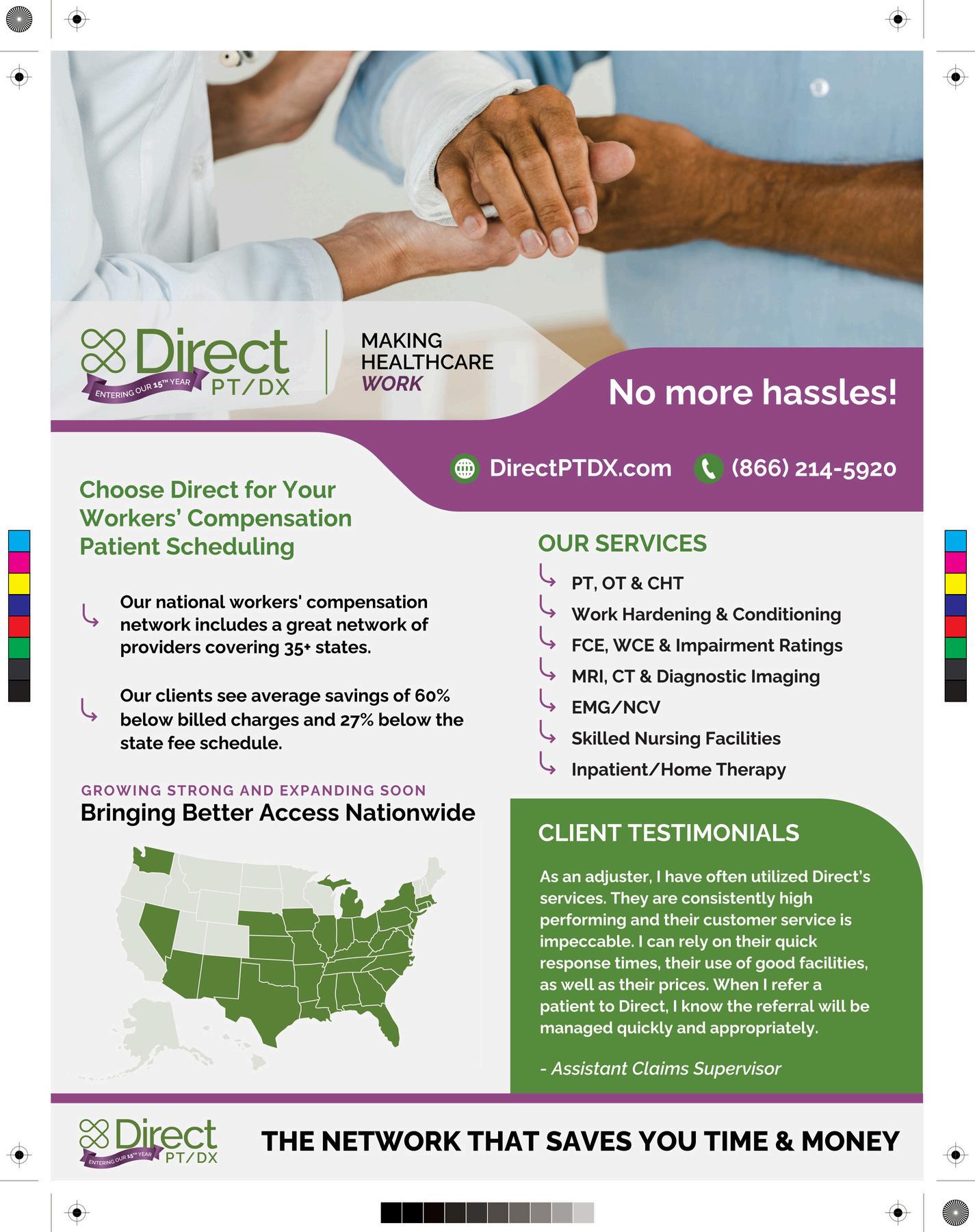
For Michelle Montford, risk management isn’t just about systems and protocols It’s about creating better processes, empowering people, and making sure the details never fall through the cracks As the Claims Systems and Compliance Manager for the City of Jacksonville, Michelle blends precision with purpose and brings heart to everything she does
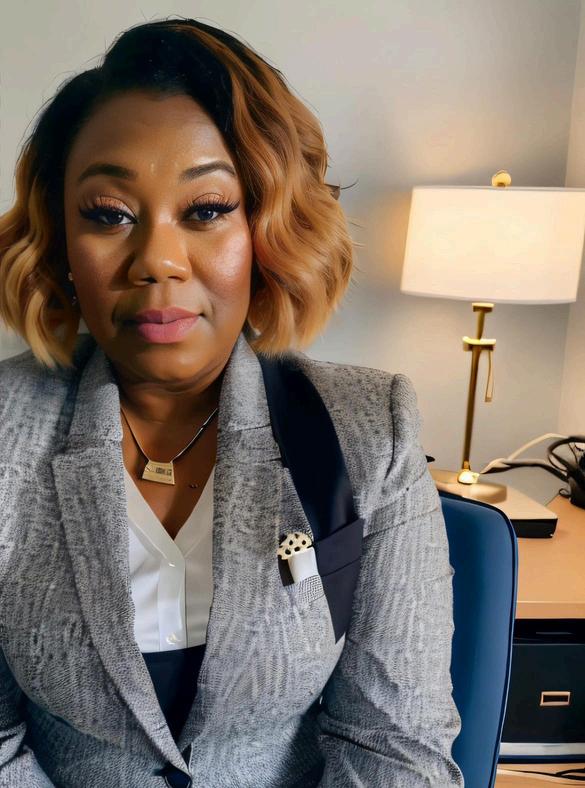
“Myjobisrootedincompliance,”sheexplains.“From MedicareandMedicaidreportingtomanagingvendors andhandlingaudits,I’mresponsibleformakingsure everythingrunssmoothlyandwithintherules.”But beyondtheregulationsandspreadsheets,Michellehasa giftformakingcomplexthingseasiertounderstand. “WhatIlovemostiscombiningmybackgroundasa claimsadjusterwithmycurrentsystemsrole.Igetto buildtools,writemanuals,andhelptheclaimsteamwork moreefficiently.Thatkindofimpactisreallyrewarding.”
She’s also responsible for developing standard operating procedures and training manuals for the Risk Management Office’s self-insured, self-administered workers’ compensation and general liability departments, helping create consistency across teams
Michelle has spent more than 20 years with the City of Jacksonville, including six in her current role, and she’s seen the industry change in major ways “Technology has changed everything,” she says “It’s made things faster but also more complicated Now we ’ re dealing with huge amounts of data and advanced systems that didn’t exist before At the same time, there’s a new generation coming into the workforce, so we ’ re trying to balance tech with personal connection ”
That balance is something Michelle takes seriously Her days are filled with team meetings, vendor calls, Medicare lien resolutions, and technical support for systems like Origami Risk “Collaboration is everything,” she says “Whether I’m working with adjusters, vendors, or internal teams, I believe in building strong relationships Every detail matters ”
Michellealsohasapassionforhelpingothersgrow.“I lovesharingknowledgeandseeingpeoplesucceed,” shesays.“Whensomeonelearnssomethingnewand putsitintopractice,that’sawin.”
She credits emotional intelligence as one of her biggest strengths. “It helps me balance logic and emotion when making decisions, and that leads to better outcomes for everyone ” In the future, Michelle hopes to build something of her own in the insurance space “I’d love to create tools that improve audit outcomes and streamline system performance,” she says “It’s exciting to think about what’s possible ” Her core values are simple but strong: honesty, owning your mistakes, and building a strong network “Those are non-negotiables,” she says “They help you grow and open doors you didn’t expect ”
When she’s not working, Michelle enjoys gaming on her PC, exploring fashion (especially anything by Ralph Lauren), and spending time with her family “I’m happiest during our family reunions,” she says “Those moments mean everything to me ” If she could do anything tonight, she wouldn’t hesitate “A year of travel,” she says with a smile “I’d visit different countries, learn new things, and see the world from new perspectives ” Michelle Montford shows us that great leadership isn’t just about systems or titles It’s about showing up with intention, making things better for the people around you, and always being open to what comes next
REMINDER
GROWTH IS A PERSONAL EVOLUTION, NOT A SPRINT. TRUST THE PACE AT WHICH YOU FLOURISH, AND ALLOW EACH STEP OFYOURJOURNEYTOUNFOLDWITHNATURALGRACE.

Stefanie’s story is one of grit and growth She became a mom at 17 and never let that define her limits “I raised my beautiful daughter, now 24, and climbed from CNA to LPN to RN Now I run my own business,” she shares “I’m proud of being a mother and showing my daughter what’s possible with hard work ”
That same drive also fueled a major personal transformation Stefanie lost over 100 pounds through fitness and nutrition and has since become a passionate advocate for preventative health “As a nurse, I’ve seen what an unhealthy lifestyle can do We need to educate and give people the tools to take care of themselves,” she says. “I’m really passionate about that ”
In the field, Stefanie is respected for her empathy, organization, and clinical expertise But she’s also honest about the challenges the industry faces “Access to care is getting harder, especially in workers’ comp It’s tough to find physicians who’ll take these cases, especially in certain specialties ”
Stefanie Tillman never set out to work in workers’ compensation But she always knew she was meant to be a nurse Now, with 23 years of experience in nursing and more than a decade in the world of workers’ comp, she’s combining her clinical skills and entrepreneurial drive as the founder of Tillman Nurse Consulting
“Ididn’tchoosethisfield,”shesays.“ButIchosenursing becauseIlovewatchingpeopleheal.Inworkers'comp, yougettobepartofsomeone’srecoveryjourney,and thatevolutionofhealingismyfavoritepartofthejob.”
As an RN Case Manager, Stefanie wears a lot of hats Her mornings often begin before sunrise, followed by fieldwork, hot yoga or a gym session, and after-school activities with her tenyear-old “Balance? I’m still working on that,” she says with a laugh “But I’m driven, and I show up for the people who count on me ”
Early in her comp career, she learned a lesson that stuck: communication is everything “It’s not what you say, it’s how you say it That really matters, especially in this field where the pace and expectations are so different from the hospital world ”
At the center of it all is her family “My kids and my husband, that’s my joy,” she says Whether she’s chasing her puppy Lenox around the house, lifting weights, or dreaming of a trip to Iceland, Stefanie brings her full self to every role she plays
Her advice for others is as practical as it is empowering “You’ll never know unless you go for it If you don’t try, you’ll always wonder Worst case, you learn and grow ”
With heart, hustle, and a deep commitment to patient advocacy, Stefanie Tillman is showing that healing is more than a job It’s a calling And when empathy meets action, the results speak for themselves
For Kimberly McKinney, healing isn’t something that happens in a single moment It’s a journey, and she’s honored to walk it alongside others As a contractor with WorkWell, Kimberly brings more than two decades of therapy experience to her current role providing onsite injury management and therapy to employees And for the past five years, she’s found her true calling in the world of injury management, with a total of seven years working in workers’ compensation treatment
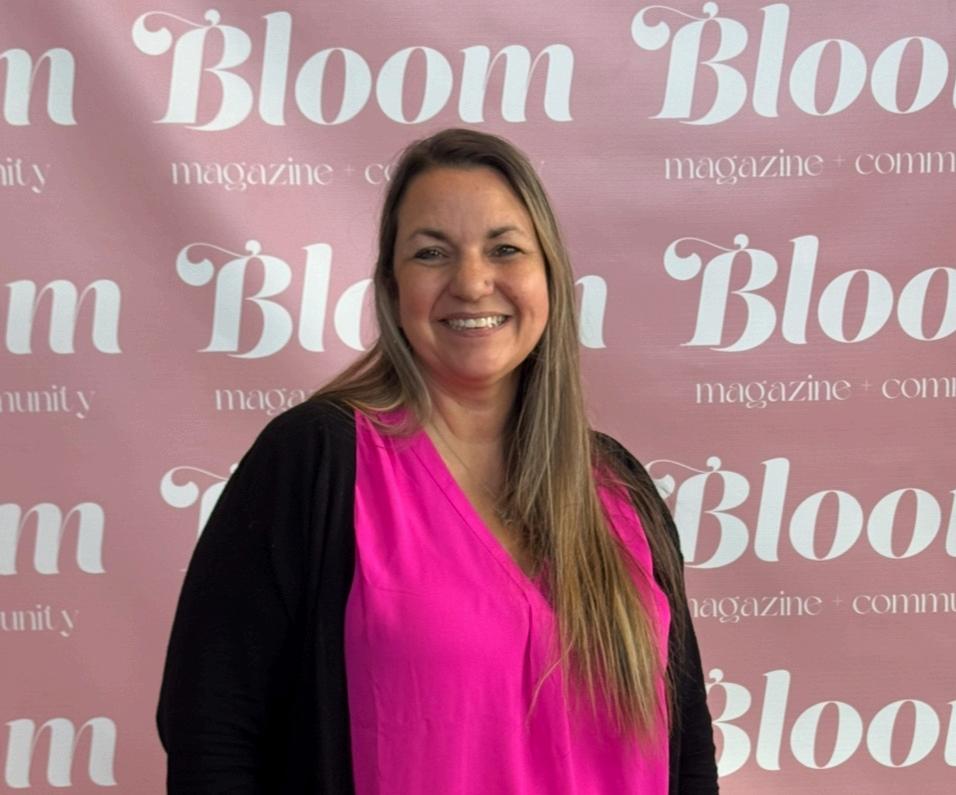
“Ilovebeingabletowalkalongsideemployeesthrough everystep,fromthemomentthey’reinjureduntilthey’re 100%again,”Kimberlysays.“Igettoattenddoctor’s appointments,helpwiththerapy,andcommunicatewith everyoneinvolved,fromadjusterstosupervisors,to makesurecareisseamlessandpersonalized.”
That communication piece is at the heart of what she does “Hands down, communication is the most important skill in my job,” she explains “Employees need to understand what’s happening, from restrictions to appointments, and I need to be the bridge between all the moving parts ”
Kimberly’s work isn’t confined to a desk or a predictable schedule “There’s no such thing as a typical week,” she says with a smile “I might be completing functional job descriptions one minute and helping an injured employee the next That’s part of what makes this job amazing ”
Shebringsauniqueperspectivetoinjurycare,not justasaphysicalandoccupationaltherapist,but alsoasacertifiedemergencymedicalresponder. “ItmeansI’moftenthefirstpersonemployeessee afteraninjury,andIcanbewiththemthroughthe entirerecoveryprocess,”shesays.“It’sfull-circle care.”
Her passion for helping others started early, and she’s never looked back “I always knew I wanted to be a therapist,” she says. “But I had no idea this industrial rehab world even existed Now I can’t imagine doing anything else ”
Outside of work, Kimberly finds joy in life’s simple pleasures like baking bread, reading, and spending time with her four children Her day starts with prayer and meditation, and she’s quick to name her kids and a good cup of coffee as the two things that make her smile most “Honestly, any time I’m with my kids is when I’m happiest,” she says. “Location doesn’t matter. Though the beach is definitely a bonus ”
Her outlook is grounded in humility and growth “The best advice I ever received was, ‘Take it day by day,’” she shares “When I started on the injury management side, I was terrified of getting something wrong But learning that it’s okay to not have all the answers right away gave me the confidence to keep going ”
Kimberly’s story is a reminder that healing isn’t just physical It’s emotional, logistical, and deeply personal Whether she’s lacing up her steel-toe boots or walking a colleague through a complex claim, Kimberly McKinney brings care, clarity, and compassion to every step of the journey
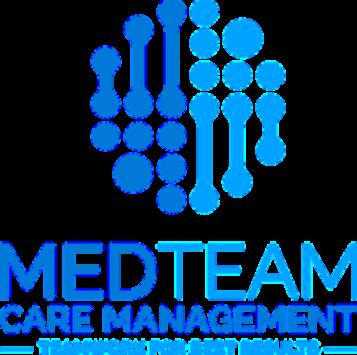

Field Case Management
Tailored return to work program
Telephonic Case Management
Catastrophic Case Management
Vocational Case Management
Triage/Early Intervention Program
STD/ LTD Case Management
Coordination of FCE/FME/IME
Discharge planning
Ancillary medical care coordination
(PT, OT, DME, Transportation, Home Care)
All above services are provided by bilingual professionals.
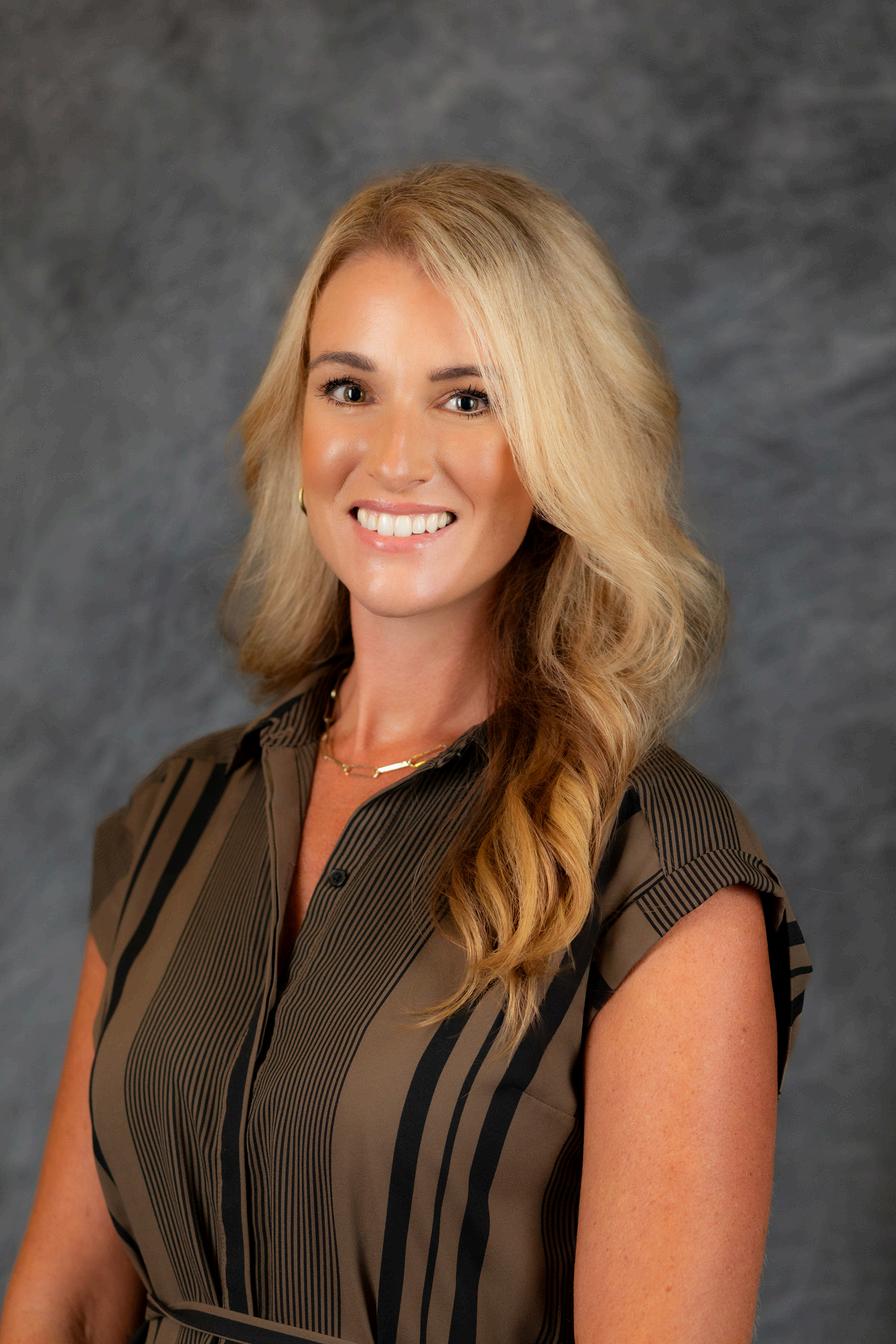
“Case management is what I love,” Pierce says “It gets me back to the core of what I’m meant to do Helping people during a time when they often feel lost, overwhelmed, or unheard This business allows me to lead with heart and integrity” Her path to entrepreneurship was built on over a decade of experience, both on the clinical side as a nurse case manager and in highlevel leadership roles At Bienville, she was known for her handson approach that made systems more efficient, communication more transparent, and patient care more compassionate
“Like many people in this industry, I kind of stumbledinto workers’ comp,” shelaughs.“I knew I wanted to be a nurse,but I didn’t initially connect nursing with this world. Once I did,I realized how much fulfillment there is in helping patients navigate the system.”
In a field often tangled in red tape and rigid workflows, Lauren Pierce is on a mission to bring heart, clarity, and purpose back into the workers’ compensation process As the former Director of Workers’ Compensation and Business Development at Bienville Orthopaedic Specialists, she led with intention and a deep understanding of how impactful seamless care can be
“My goal is to simplify the medical treatment process for people who are already overwhelmed,” Lauren shares. “Workers’ comp is complicated enough. Patients deserve a clear, compassionate path to recovery.”
Lauren’s role wasn’t just administrative It was strategic, collaborative, and deeply human She oversaw everything from workflows and pre-certification to a dedicated legal support division She served as the bridge between adjusters, attorneys, physicians, and patients, all while attending industry events and strengthening business relationships “At the core, it’s about making sure injured workers get the care they need while keeping communication transparent and ethical,” she says
After years of making an impact at Bienville, Lauren recently took a bold leap by launching her own company, Ethix Comp Specializing in medical case management and medical practice consulting, the business is more than just a professional pivot It's the fulfillment of a dream she's had for years
Her favorite part? "Seeing the process become less intimidating for someone That moment when they feel seen and supported, that's everything " Lauren is quick to name the skills that have been vital to her success: strong communication, problemsolving, empathy, and attention to detail “You have to be able to advocate for patients, work across departments, manage projects, and still keep your integrity intact,” she says
But Lauren isn’t all business She’s a mother of two daughters, an adrenaline enthusiast (ask her about bungee jumping or white-water rafting), and a board member for Kids’ Chance of Mississippi, a nonprofit that provides scholarships to children of seriously injured workers “It’s one of the things I’m most proud of,” she says “That work has real impact ”
Her personal life has shaped her just as much as her professional one A single parent at a young age, Lauren says that chapter taught her grit and perseverance “It made me who I am today,” she reflects “I’ve learned that growth doesn’t happen in our comfort zones ” When asked what inspires her, she answers without hesitation “My drive to be the best at what I do and my desire to make this system better for everyone involved ”
Whether she’s in meetings, at a conference, or spending time on the water with her kids, Lauren Pierce shows up fully “I work hard, but I know where to draw the line My family will always come first,” she says Driven, empathetic, and deeply authentic, Lauren is proving that even in a highly regulated industry, there is room for human connection And that’s where true change begins

One contact gives you access to a wide range of ancillary services saving you time and
We accommodate your injured worker's needs from the first report of injury to post-settlement care, this gives the injured worker the ability to build a relationship with a provider that will meet their needs.
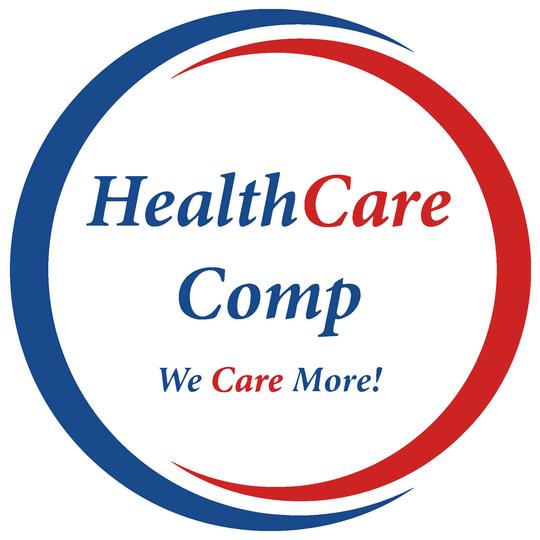
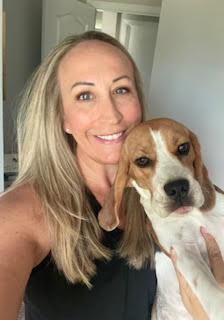
For Ashley Barringer, nursing isn’t about titles or settings It’s about connection As a Telephonic Nurse Case Manager with USIS/Davies, she has spent the past nine years supporting the Palm Beach County Sheriff’s Office team, handling medical and orthopedic workers’ comp claims with a level of compassion and clarity that makes a lasting difference
“IlovethatwhileImaynotbephysicallygiving patientsmedicineortreatmentsanymore,I’mstill makingadifference,”shesays.“Claimantsoften tellmethatImadetheworkers’compprocess easier,andthat’sthebestkindoffeedback.”
Ashley’s journey in healthcare began in 2001 as an LPN. She started in a hospital, moved to a surgeon ’ s office, and then spent eight years in leadership at Advent Centra Care But it’s her role in workers’ comp that has given her a unique sense of purpose, advocating for injured workers from behind the scenes
“Beingproactiveandclearincommunicationis everything,”sheexplains.“SomedaysImightbe coordinatingsurgeryforoneperson,andotherdays I’mmanagingsmallupdatesacross25differentfiles. There’sneveradullmoment.”
She’s seen the industry evolve, especially with the rise of telehealth “Virtual visits are here to stay,” she says “But not everyone is on board yet Adjusters, TCMs, even claimants There’s still a learning curve, and part of my role is helping bridge that gap ”
Ashley’s grounded approach is shaped by personal resilience In late 2024, she was diagnosed with early-stage breast cancer The experience was life-altering and deepened her empathy “You really don’t know what someone ’ s going through unless you ’ ve been there yourself,” she says. “It’s made me a better nurse and a better friend.”
Outside of work, she’s all about balance Mornings start with black coffee or iced matcha, depending on the season Evenings often involve hikes, Peloton rides, or trips to the dog park with her beloved beagle, Lily “Lily is my world,” she beams “She makes me smile the most ”
Ashley finds joy in the little things like wide-leg Levi’s, local travel, and reading She averages about 100 books a year She’s proud of winning the Beverly Boesch Legacy Award in 2022 and equally proud of getting into hiking and camping, though she jokes she wishes she’d started sooner
Asked to describe herself in three words, Ashley says, “Content, capable, organized ” Her biggest strength? Resilience Her biggest lesson? “Work pays the bills, but it shouldn’t drain your happiness Don’t let it become your whole life ”
With heart, humor, and a healthy dose of perspective, Ashley Barringer reminds us that even behind the scenes, there are people making a powerful difference. One phone call, one patient, and one honest conversation at a time.
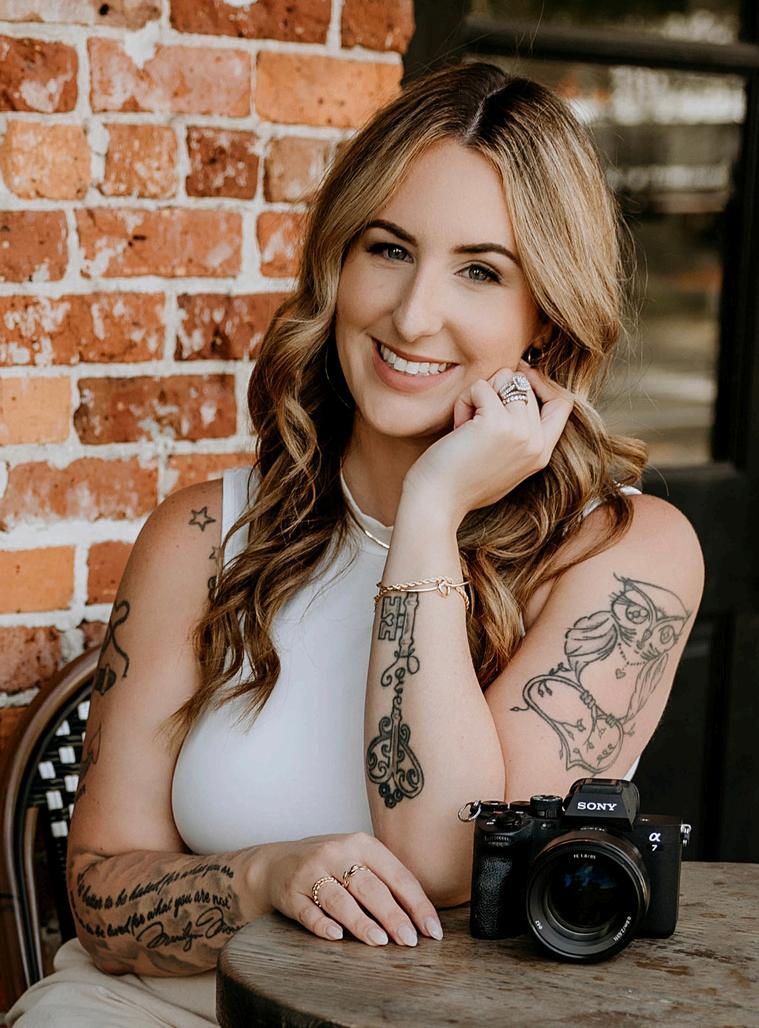
No two days are ever the same in Erika’s world, which is something she’s come to embrace “There’s no such thing as a typical day in claims,” she laughs “You have to stay flexible Some days I’m reviewing files, other days I’m helping someone troubleshoot a tricky situation, and sometimes I’m just making sure we ’ re all still breathing and on track ” She credits her success to two essential skills: communication and organization “Without those, this job would eat you alive,” she admits “We’re responsible for keeping things moving and getting things right, not just for the company but for the injured workers too That’s a big deal We’re helping people get their lives back ”
Though insurance has become her career home, Erika lights up when talking about her other passion: photography “The pandemic really brought it out of me, ” she shares “I started shooting more and realized how much I loved it It’s creative, it’s peaceful, and it’s totally different from what I do from 8 to 4.” Her camera isn’t the only thing keeping her grounded. Erika is also a devoted mom who prioritizes showing up for her kids both on and off the clock “I attend every sporting event I can I make it a point to be present,” she says “And I always schedule two vacations a year, no matter what That’s my non-negotiable ”
When Erika Marvin took a job in insurance seven years ago, she had no background in claims and no clue what a medical-only adjuster even did What she did have was curiosity, drive, and a strong foundation in the medical field That was more than enough to get her started “Icameintothiswithzeroexperience,”Erikasays. “Igotmyadjuster’slicense,andfromthere,itjust tookoff.Iworkedhard,askedquestions,and eventuallymovedintoasupervisorrole.I’venow beenleadingthemedical-onlyteamforabouttwo andahalfyears.”
As Medical Only Supervisor at CCMSI, Erika supports a team of women she credits for making every day not only manageable but meaningful “They’re such a solid team,” she says “They support each other, they support me, and honestly, they make my days easier We all know how fast-paced this industry is, so having a team like that really matters ”
ForErika,successisn’tmeasuredbytitlesordeadlines. It’smeasuredbyimpact.“Whatinspiresmethemostis tryingtobeabetterversionofmyselfeachday,”shesays. “Whetherthat’sinmyjob,asamom,orasacreative,itall matters.”
She also keeps a grounded perspective on balance “When I’m off, I’m off,” Erika explains “Work gets my focus during the day, but after hours, I log off, recharge, and live my life ” And what truly makes her smile? “Seeing others happy,” she says simply “Whether it’s someone on my team having a good day or my kids laughing at the dinner table, that’s everything to me ”
Erika Marvin is proof that with patience, persistence, and a little creative fire, you can build a career and a life that reflects who you are. “I’m just thankful someone gave me a chance,” she says. “That chance changed the course of my life.”
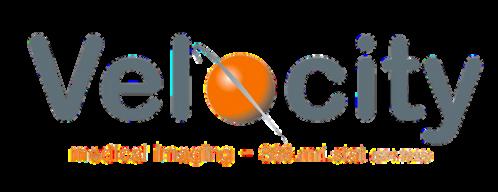
www.velocitymed.com
EMG/NCV
Evening&weekend
Medicalreportswithin
We reduce the administrative and financial burdens associated with medical imaging through our “best in class” care coordinators and our network of highly accredited diagnostic facilities. Your time is valuable and we can help! Contact us today and discover a world of results.
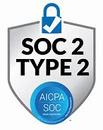
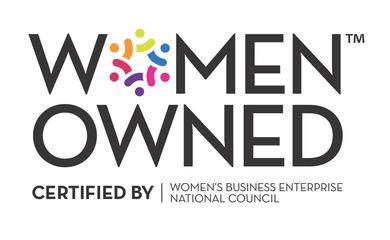
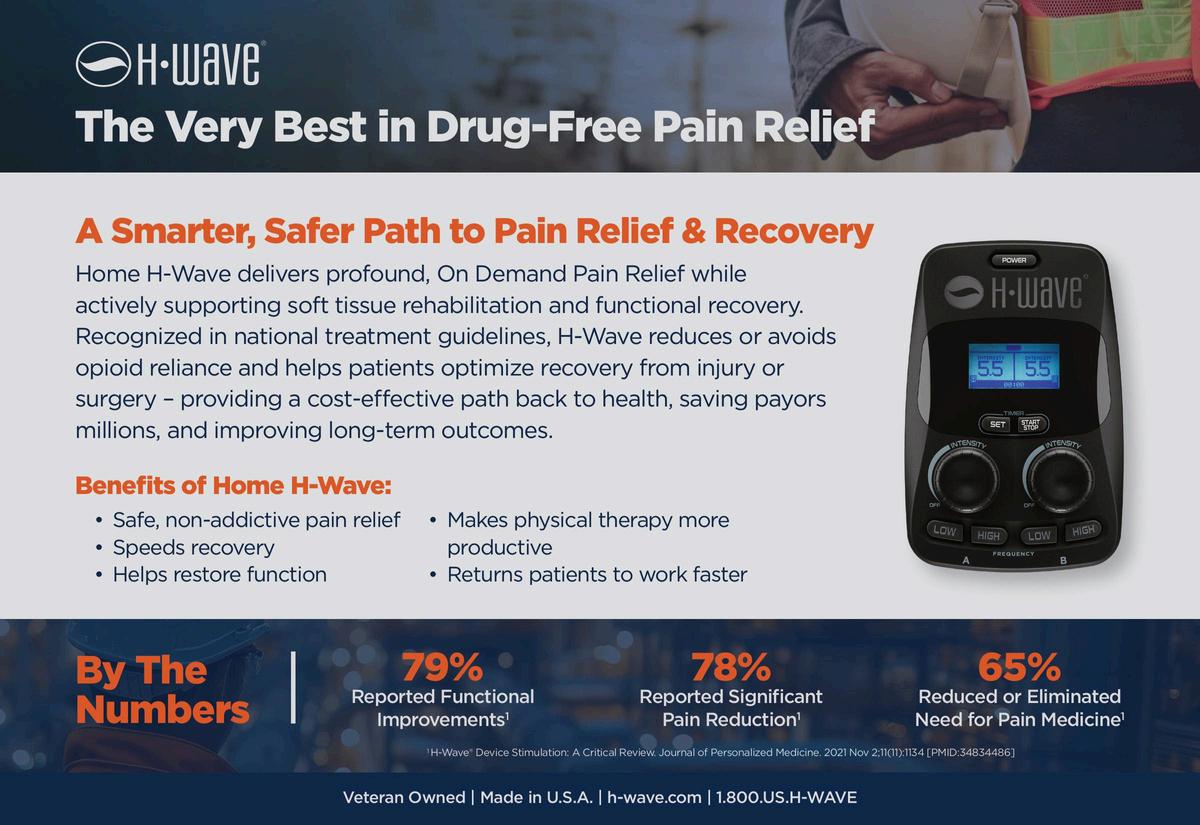
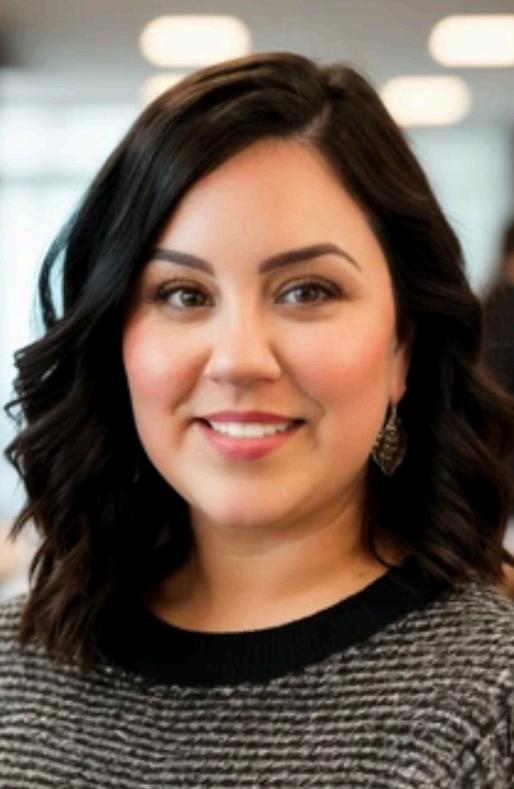
For Danielle Hill Lamoureaux, being a Senior Client Services Manager at Gallagher Bassett isn’t just about solving problems it’s about preventing them before anyone notices, and doing it with heart
“Myroleistoruntowardproblemsandhandle thembeforetheyeverreachthesurface,”shesays. “Iactasanadvocate,anintermediary,and someonewhostaysonestepahead.”It’sarole rootedinstrategy,communication,andmostofall, care.
Danielle began her career as a Resolution Manager, impacting injured workers one claim at a time But her curiosity and drive for bigger-picture change led her to client services, where she now oversees claims across North America “I wanted to make a broader impact,” she explains “Now I get to support not just claimants, but entire teams of Resolution Managers and clients Every day I’m learning, adapting, and helping shape how claims are handled ”
Her work doesn’t go unnoticed Danielle was named Gallagher Bassett’s “Resolution Manager of the Year” in 2017 and again honored as a top performer in 2019 “Those moments changed my life,” she reflects “Being recognized on a national level gave me the confidence to grow, to mentor, and to step into leadership ”
What stands out most in her journey is her human-centered approach “Whether I’m speaking to a client or a claimant, I try to treat people the way I’d want to be treated,” Danielle says “A workers’ compensation claim is often a very scary time for someone Taking time to explain the process and really listen makes a huge difference How we talk to people matters ”
The field has evolved rapidly over her 20-year career. From typewriters and paper files to AI tools and mobile apps, she’s watched the pace of technology reshape every part of the job “We’ve come so far,” she says, “but even with all the tech, communication and empathy remain the most important skills we have ”
Danielle is intentional about balance too She’s worked remotely for more than eight years and credits structure, routine, and knowing when to unplug for helping her stay grounded “When I’m working, I’m all in,” she says “But when the day’s over, I shift into home mode I want to be fully present with my family”
Outside of work, she finds peace in her garden, where she grows about a hundred pounds of food a year, and fulfillment in service As PTA President at her daughter’s elementary school, Danielle creates moments of magic for hundreds of kids through book fairs, field trips, and school events
But her deepest inspiration comes from home “My daughter Scarlett is my motivation,” she says “I want to show her that you don’t have to choose between a career and a family You can lead with compassion, have a loving home, and still chase your goals.” Danielle’s leadership is proof that success isn’t just measured in metrics It’s felt in the way people walk away from a conversation with her: heard, supported, and better off than before
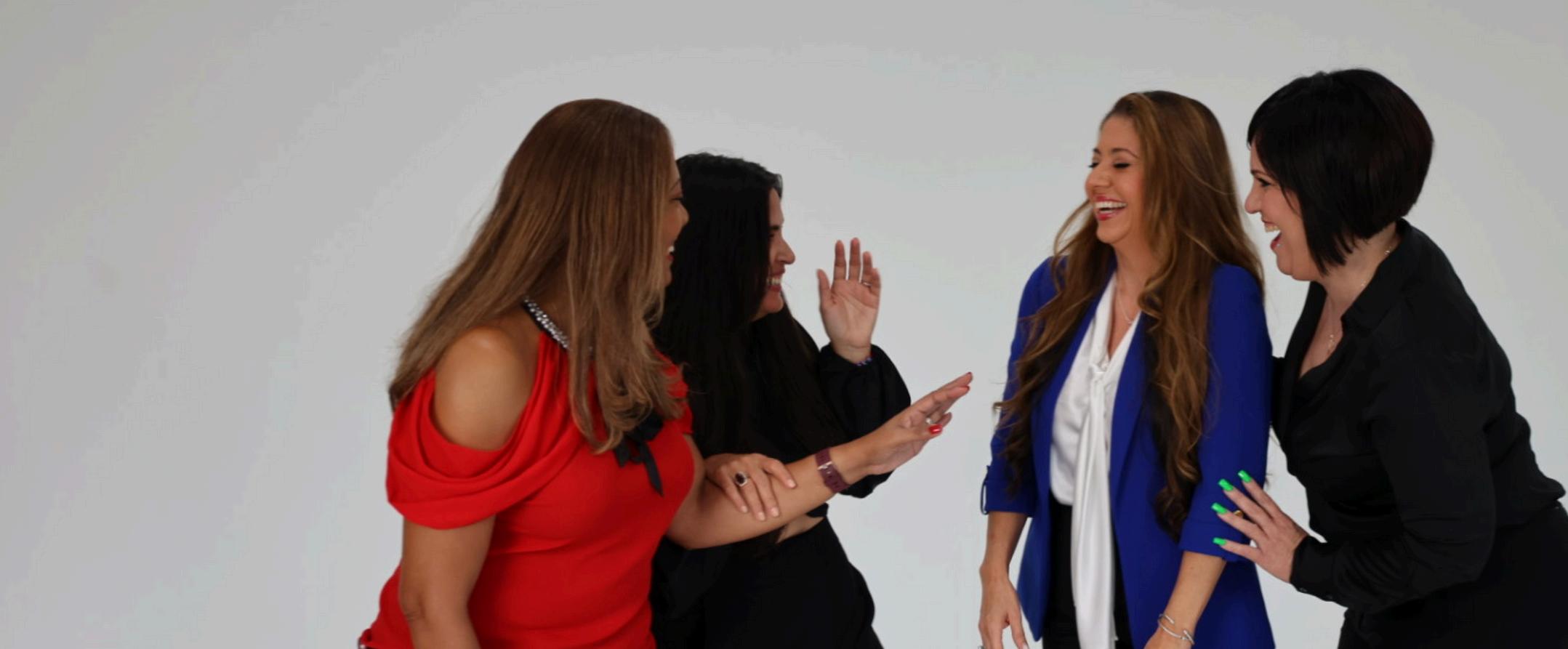
We asked the industry leaders and physicians what their Workers' Compensation philosophy is, and here's what they had to say.
My workers' compensation philosophy is to provide assistance to an injured working that will assist them to maneuverer the work comp system, understanding their rights and responsibilities, to understand the medical diagnosis and treatment plan, for all parties to receive the same information in a manner that they can understand within legal and ethical standards and to assist with a safe and successful return to work
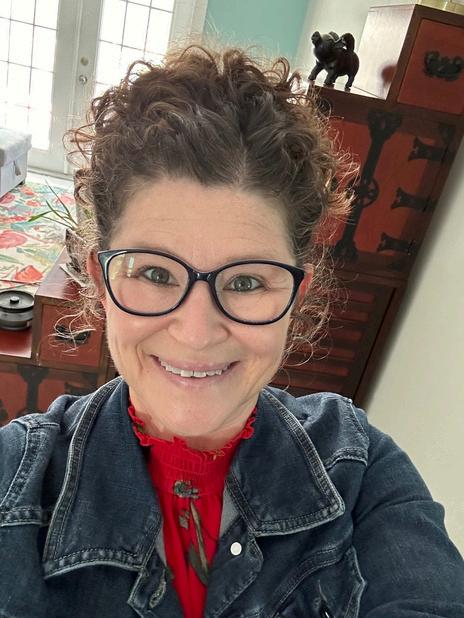
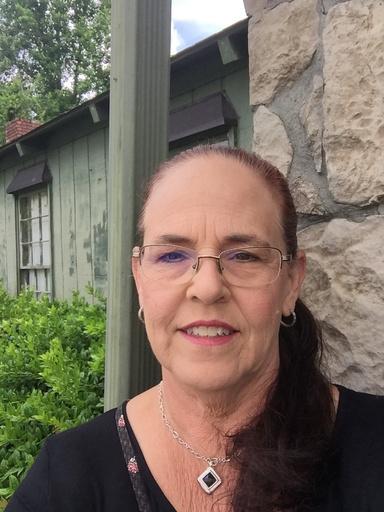
My workers' compensation philosophy is nurse case managers serve many members of the workers compensation team When the struggles come, remember the Golden Rule Treat others how you want to be treated. With your focus on this, no matter how great the challenge, you can achieve the goals set before you.
My workers' compensation philosophy is always be there for new adjusters or new employees to the company and help them achieve their maximum potential. This is done by listening to them and guiding their path.
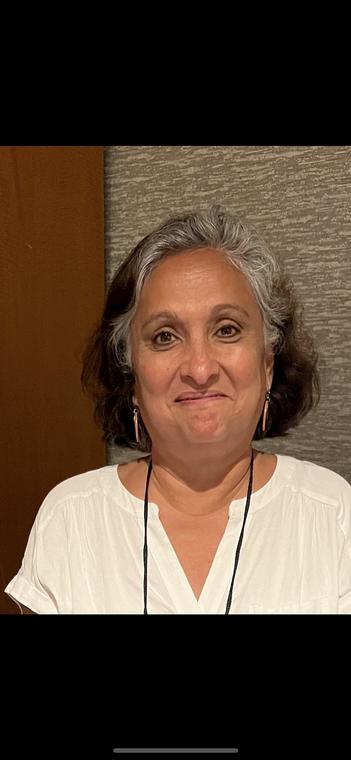
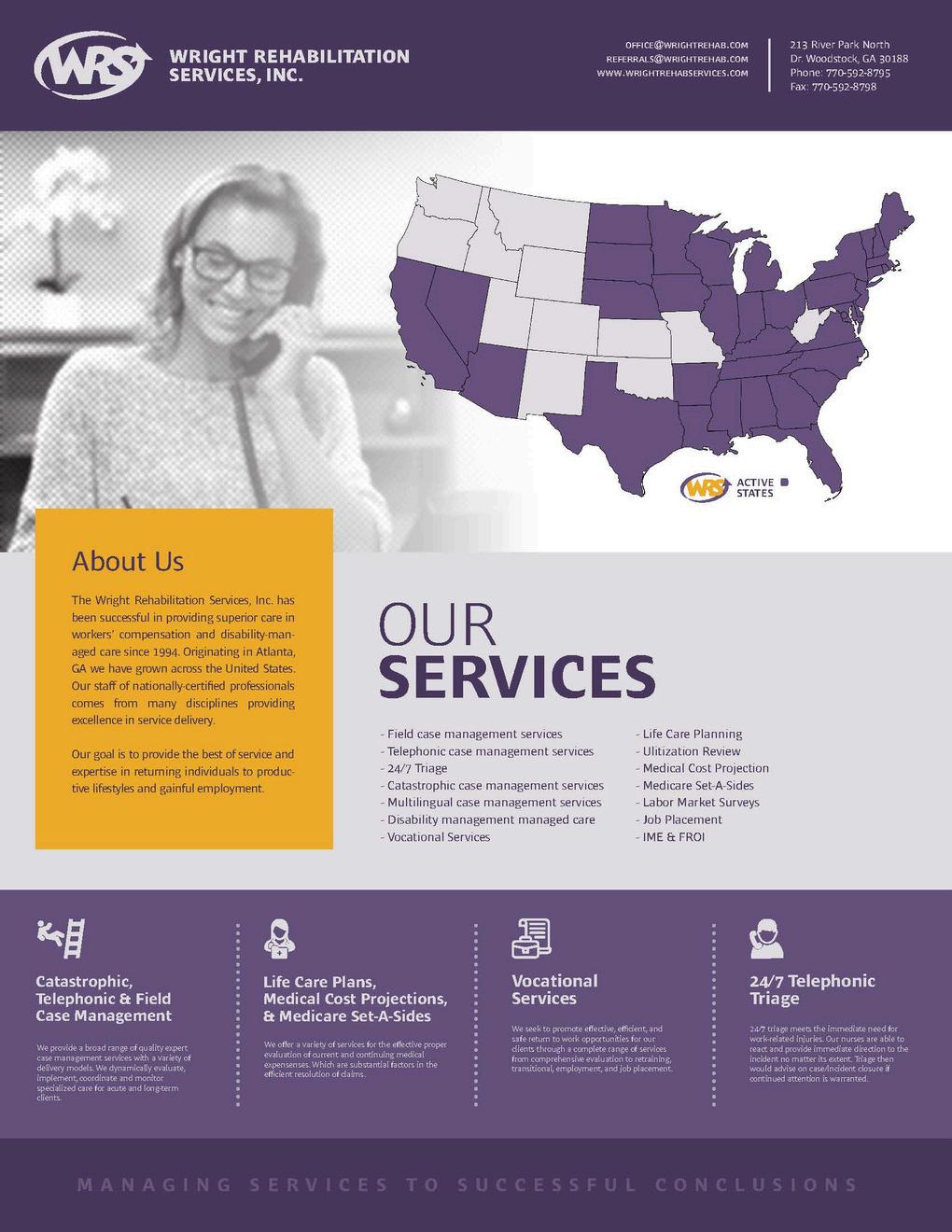

The Doctor Spotlight section is a great way to get to know some of the top Workers' Compensation doctors in the industry.
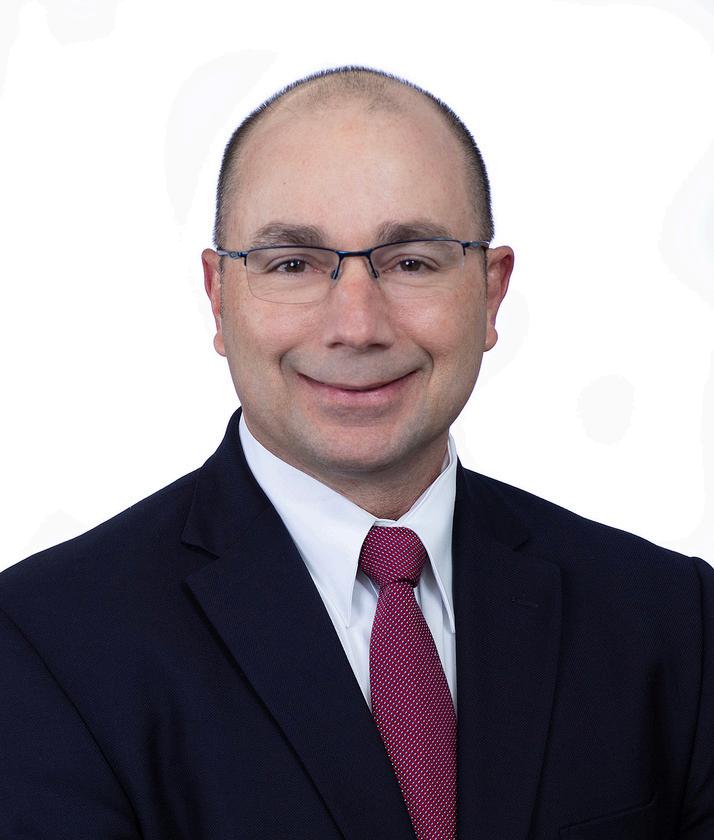
board-certified, fellowship-trained orthopedic surgeon specializing in foot and ankle surgery, has been practicing for over 26 years Based at Southeast Orthopedic Specialists in Jacksonville, Florida, he is trusted by employers, adjusters, and case managers alike for his thoughtful, efficient approach to helping injured workers recover and return to work safely
BloomMagazine: Dr Acevedo, what is your general philosophy when treating work-related injuries?
Dr.Acevedo: I focus on maximizing patient recovery in a way that allows them to safely return to their pre-injury work. It’s about restoring function and doing it in a way that supports both the patient and the employer's goals
BloomMagazine: Communication is key in workers’ comp How do you prioritize accessibility and collaboration in your practice?
cevedo: I make it a point to be available to our case agers and really encourage a team-based approach to Open communication with all parties whether it’s the nt, case manager, or employer is critical to ensuring everyone is aligned throughout the recovery process
mMagazine: What’s your process for making sure d workers return to work both safely and efficiently?
cevedo: It starts with getting the correct diagnosis and menting the right treatment as quickly as possible s the foundation From there, it's all about managing ctations and maintaining strong communication so that atient and employer both know what to expect at each
mMagazine: Are there any innovations you ’ ve recently ted to improve outcomes for injured workers?
cevedo: Absolutely We’ve incorporated minimally ive surgical techniques that have significantly reduced ntime and helped patients return to work faster These de MIS ankle fracture fixation, minimally invasive Achilles on repair, and arthroscopic ligament reconstruction, just me a few
mMagazine: If you could change one thing about the workers' compensation system, what would it be?
Dr.Acevedo: I’d like to see every patient accompanied by a case manager In my experience, it truly improves the care process things move faster, and the quality of communication improves dramatically
BloomMagazine:Forthoseneedingtocoordinatecare withyou,what’sthebestwaytogetintouch?
Dr.Acevedo: We have a dedicated care coordination team here at Southeast Orthopedic Specialists that works across all of our providers. Anyone can reach us directly by emailing workcomp@se-ortho com or calling 904-394-2494
Dr.Acevedocontinuestoleadwithprecision, compassion,andacommitmenttoexcellencein orthopediccare,helpinginjuredworkersgetbackon theirfeet—andbackonthejob—withconfidence.

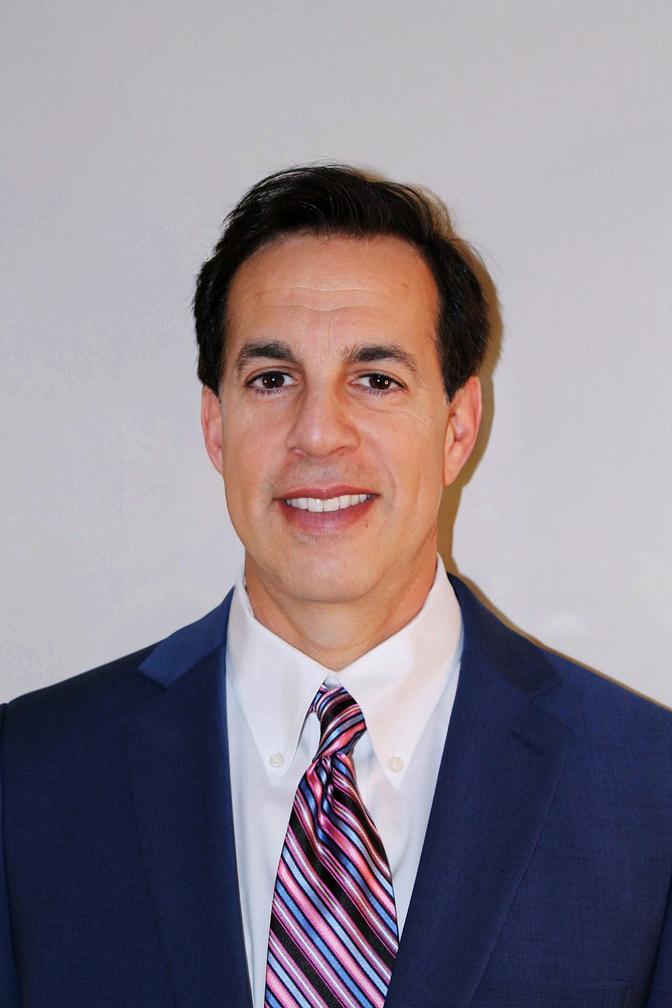
brings over two decades of experience to South Florida’s workers’ compensation community
Dr Sher completed his undergraduate studies in Psychobiology at UCLA, earned his medical degree from the University of Southern California, and went on to complete his orthopedic surgery residency at the University of Miami He then pursued advanced fellowship training in shoulder disorders under the guidance of world-renowned surgeon Dr Joseph Iannotti His academic foundation is matched by years of hands-on experience managing complex shoulder cases many resulting from workplace injuries.
Dr Sher’s practice focuses on getting injured s back to their jobs safely and effectively, whether dealing with acute trauma or repetitive strain His surgical techniques include minimally invasive that reduce downtime and support a faster o function crucial for workers eager to get back
at sets Dr Sher apart is his focus on nication Every patient visit ends with a clear ent summary and an updated DWC-25 form That faxed out promptly to the adjuster or case er, helping avoid unnecessary delays and keeping es informed. This attention to detail ensures that ers, nurses, and claims professionals can rely on e, timely updates throughout the recovery s
on to surgery, Dr Sher also offers conservative ent options and regenerative therapies tailored to ds of injured workers especially those whose es require sustained physical activity or ent overhead He’s also well-known for his ed research in rotator cuff disease, helping inform actices not just at his practice, but across the edic field
Dr Sher’s thoughtful, consistent care and commitment to clear communication make him a valued partner in the recovery process for injured workers and the professionals who support them

University of y, where he
In this role, he ns Dr Mark ng to resolve outcomes in treating rk-related injuries ics and identifying osely with physical sues and uses atural function has become a ality, conservative is dedication to not only the injury g-term functional
servative, nonr injured workers. iciently are with therapy ith each eline
rely on Dr Marín munication, and d timely return-toeflects a deep on system and a bly 0755.Learn employer are that restores helps employees
EVIDENCE-BASEDAPPROACHTOGETTINGINJUREDWORKERSBACKTOWORK

Medicine and Rehabilitation and Pain Medicine
Dr William J Bonner is a respected physician known for delivering conservative orthopedic care that supports recovery, reduces the risk of re-injury, and achieves the functional outcomes employers rely on y
Originally from Philadelphia, he trained at Temple University Hospital and MossRehab, and completed additional training at the University of Pennsylvania
As a third-generation rehabilitation physician, he brings a deep understanding of musculoskeletal care and injury resolution.
Team Post Op is a fully licensed AHCA, BOC, and Medicare provider of Durable Medical Equipment (DME), specializing in post-surgical recovery. Our mission is to help patients restore range of motion and manage pain through advanced therapeutic solutions—including cold compression therapy, cellular healing technology, and a full line of orthopedic bracing.
Personalized Care – Certified technicians provide in-home instruction and 24/7 support. Proven Reliability – Trusted by orthopedic surgeons since 2007 for consistent, professional service. Multilingual Team –Compassionate communication for patients of all backgrounds.
Founded by orthopedic surgical professionals, Team Post Op was created to close the gap in postoperative care.
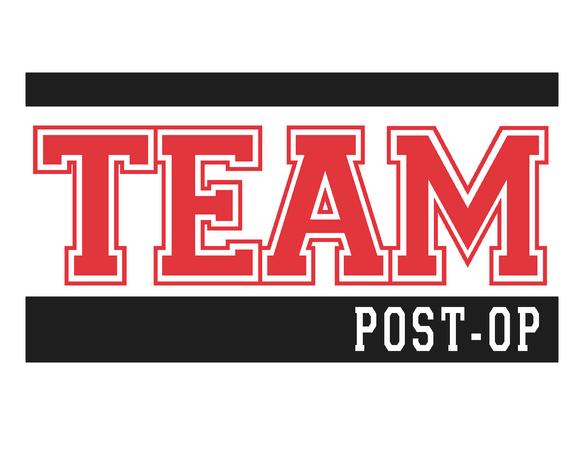

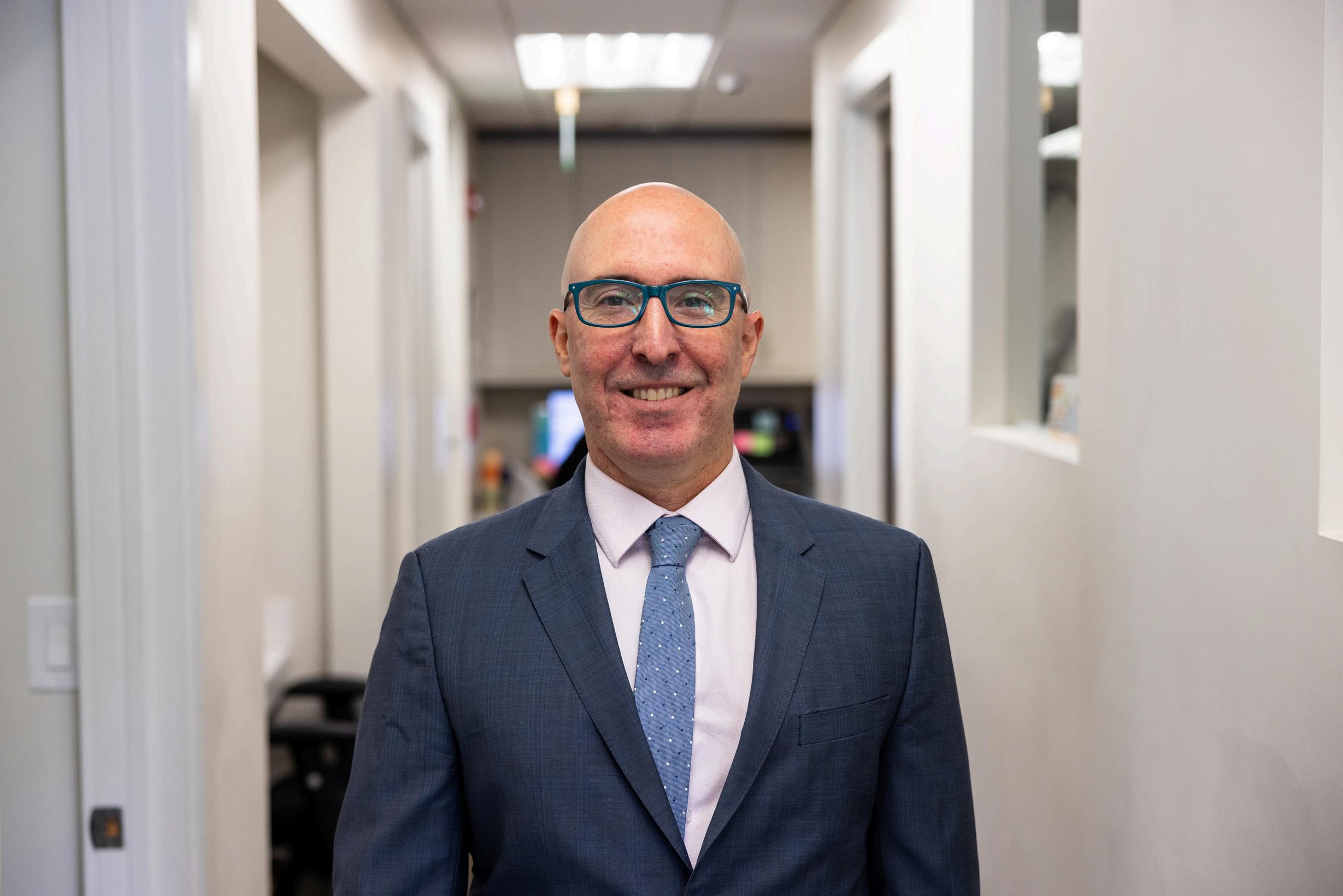
home to Miami with a clear mission: to deliver precise, patientfocused care that helps injured workers heal and return to their lives We sat down with him to learn more about his path, his philosophy, and his approach to care
Bloom Magazine: Dr Pino, thank you for speaking with us today Can you tell us about your background and what led you to specialize in orthopedic foot and ankle surgery?
Dr. Pino: Thank you I was born and raised in Miami, and coming back to care for this community has always been a priority for me I graduated with AOA honors from Howard University College of Medicine, completed my orthopedic residency at the University of Miami/Jackson Memorial Hospital, and served as chief resident there I then completed my fellowship in foot and ankle surgery at the Hospital for Special Surgery in New York After several years practicing in New York City, I returned to Miami and joined the team at OrthoMiami
Bloom Magazine: What led you to choose foot and ankle surgery as your specialty?
omeone ’ s g to it allows eople njuries to y Every patient ou urt at and their at their that’s mmitted g djuster, e the patient an n in pain and their recovery uent in y next left edic ational hopaedic edures prove ost upspecially want to
be sure you ’ re recommending the most effective and efficient care possible
Bloom Magazine: What sets your work at OrthoMiami apart when it comes to workers’ comp?
Dr. Pino: At OrthoMiami, patient care is at the center of everything we do Our team is trained to handle the complexities of workers’ compensation cases while keeping the focus where it belongs on the patient We don’t rush through appointments, and we don’t take shortcuts We make time to educate, explain, and make sure injured workers feel supported and respected throughout their recovery Employers and adjusters appreciate our communication and consistency, but what matters most is that the patient gets better That’s the outcome we prioritize
Bloom Magazine: Dr Pino, thank you for your time Your focus on quality care and your commitment to injured workers is clear Dr Pino: Thank you I appreciate the opportunity to share more about how we ’ re working every day to put patients first and help them return to their lives, their jobs, and their health

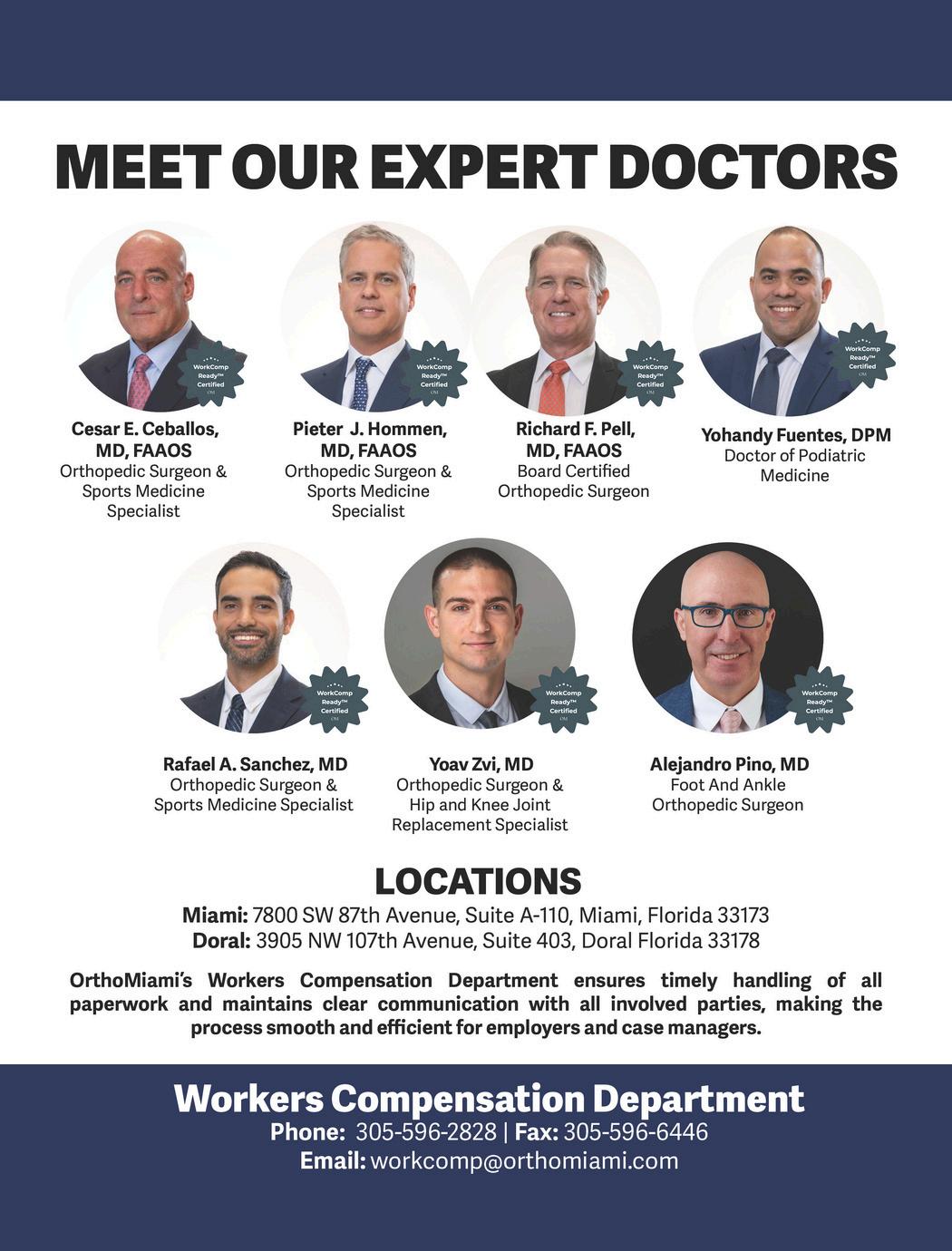

Referring an injured worker to the right doctor can make all the difference It impacts the quality of care, how smoothly the case progresses, and how quickly the employee can return to work Still, many referrals are made based on insurance lists or habit This can lead to major delays and prevent the injured worker from getting the proper care they need.
For over 20 years, OM has been a trusted source for employers, carriers, adjusters, and case managers when they need to find doctors who are not only experienced but also understand the specific administrative requirements that come with treating injured workers At the center of this is the WorkCompReady Certification. It was created by OM to ensure the doctors they represent are prepared, responsive, and trusted
We sat down with Mari Diaz, one of the founders of OM, to talk about how OM works, what sets their doctors apart, and why choosing the right doctor matters more than ever
BloomMagazine: Mari, for over 20 years, OM has played such a key role in helping employers and insurance professionals find doctors who actually understand workers’ comp. For those who aren’t familiar, can you explain what OM does?

MariDiaz: Of course At OM, we represent a vetted panel of doctors across the country who specialize in treating injured workers Every doctor on our panel is WorkCompReady Certified, which means they’ve gone through specific training to understand the documentation process and administrative side of workers’ comp They know what’s expected, and they always prioritize the patient’s care above everything else One thing I always like to clarify is that we ’ re not a network And we ’ re not a case management company. Sometimes people get confused, so I think it’s important to say that up front. Our services are completely free We act as an extension of the doctor’s office, and you’ll never receive a bill from OM Our job is to help make the referral process easier, faster, and more reliable for everyone involved
MariDiaz: That’s such an important point. Just because a doctor is listed in a network doesn’t mean they’re experienced in workers’ comp. It doesn’t mean they know how to document correctly, communicate clearly, or follow through in a timely way It just means they’re on a list But the doctor you choose matters Their level of experience and understanding can completely shape the outcome of the case, from how well the injured worker recovers to how fast they can get back to work That’s why using OM is different You’re not just getting a name You’re getting a doctor who’s been trained, certified, and who truly understands what’s at stake
BloomMagazine: What are some of the benefits of referring to a WorkCompReady Certified doctor?
MariDiaz: There are quite a few, but here are some of the most important:
ExperienceandExpertise: Our doctors are highly credentialed and have years of experience specifically in workers’ compensation They know what it takes to deliver the best outcomes
ClearCommunication: Our doctors understand how important it is to keep everyone informed They’re responsive, timely, and accessible, which makes all the difference in moving a case forward
AccurateandEarlyDiagnosis: They focus on getting the diagnosis right as early as possible and using the least invasive treatments when appropriate, which helps support faster recoveries
ProcessMastery: They know the timelines, the forms, and what’s expected from a compliance standpoint. That level of awareness helps prevent delays and missteps.
Patient-CenteredCare: No matter who the payor is, our doctors are focused on the patient They want the injured worker to heal, feel supported, and return to work safely and confidently
BloomMagazine: That makes so much sense A lot of referrals are made just by choosing a name off a list Why can that be a problem?
BloomMagazine: And if someone wants to get started with OM, what should they do?
MariDiaz: Just send us an email at help@ommktg com That’s really all it takes Tell us what you need, a specialist, a STAT appointment, records, anything, and our team will take it from there It’s quick, easy, and again, completely free We’re here to support the process and make sure you ’ re working with the right doctors from the start.
BloomMagazine: Before we wrap up, any final thoughts for our readers?
MariDiaz: Just a reminder that the doctor you refer to truly matters It directly impacts the care the injured worker receives, how quickly they recover, and how smoothly the case moves forward Choosing a name off a list doesn’t guarantee the right care It’s important to make sure the doctor you ’ re referring to understands the workers’ comp process, has the proper administrative knowledge, and that their office staff is trained as well That’s why I always say, please make sure they are WorkCompReady Certified You can go to our directory, and if they’re on that list, you can feel confident knowing they’ll have a designation that says WorkCompReady Certified What stood out most in our conversation with Mari important it is not to choose a doct knowing whether they are truly qua does not guarantee the doctor und compensation or has a team traine process That is exactly why the OM created Every doctor listed as Wor Certified has been vetted, trained, a for injured workers the right way U Directory and feel confident knowin choose are WorkCompReady Cert have the OM team supporting you way Communication is streamlined service is provided at no cost.

-MARI DIAZ, CO-FOUNDER

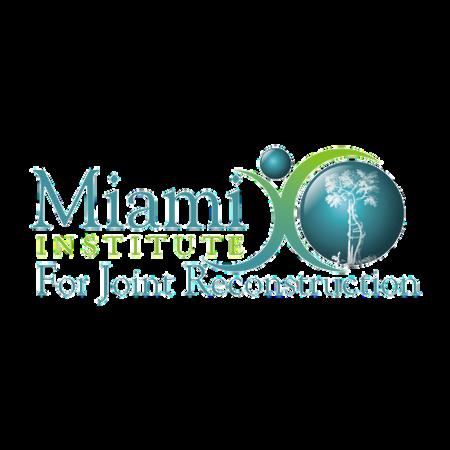

At Miami Institute for Joint Reconstruction, our priority is helping injured employees return to work quickly and safely. Our physicians specialize in diagnosing and treating work-related injuries, and our dedicated Workers’ Compensation team is well-versed in Florida’s Workers’ Comp rules and regulations.
While our doctors focus on patient care, our Workers’ Comp team ensures employers, insurers, and case managers stay informed with timely updates on the treatment plan, progress, and status throughout the recovery process.

This section covers all things workers’ compensation from articles and interviews to resources and more.

When it comes to managing workers' compensation, employers, whether self-insured, fully insured, or partnered with a third-party administrator, often seek ways to make their programs more efficient and supportive One of the most important decisions they can make is selecting the right adjuster Understanding this role is not just helpful, it is essential
At the core of every successful workers' compensation program is an adjuster who brings clarity, consistency, and compassion to each case These professionals do more than process paperwork They guide the process, support the employee, and help the employer manage responsibilities with care and precision
Strong communication is one of the most important qualities of an effective adjuster The best adjusters keep everyone informed They speak clearly, listen closely, and follow through on updates. This helps avoid confusion, encourages cooperation, and builds trust among all parties involved
Exceptional adjusters take pride in documenting each step of a claim Every call, report, and update is carefully recorded This level of detail is especially important if a claim changes hands. It ensures that nothing is missed and that the process continues smoothly without delay
Great adjusters do not wait for problems to surface They stay ahead of potential issues They coordinate care, help create modified duty plans, and keep claims on track Being proactive helps avoid unnecessary delays and can reduce the overall cost of the claim
Adjusters work with people who are often going through a difficult time A compassionate and professional approach can make a meaningful difference Responding promptly, showing respect, and treating everyone with care helps foster better relationships and more positive outcomes
In addition to communication and empathy, employers should also look for adjusters who are strong in these areas:
1 Organization and time management
2.Customer service and follow-up
3 Technical knowledge and training
4 Prioritization and problem-solving
5 Understanding of best practices and industry standards
No one person will be perfect in every category, but selecting adjusters who consistently demonstrate these strengths creates a more effective and efficient program
When an employer works with adjusters who bring these qualities to the table, everyone benefits Claims move forward with fewer complications Injured employees feel supported Costs stay controlled And the overall experience improves for all involved The adjuster is not just part of the process They are a key partner in the success of your workers' compensation program Taking the time to understand their role and choose the right individuals can make all the difference
WRITTEN BY VERONICA PEDRO, MD

In the world of orthopedic surgery particularly within the workers' compensation system every case tells a story Not just of injury, but of recovery, resilience, and return I've had the privilege of listening to these stories and helping shape their outcomes for over 25 years as a boardcertified orthopedic hand surgeon Based in the West Palm Beach area, I serve with the Center for Bone and Joint Surgery, where my practice is centered on the belief that exceptional care comes not only from technical skill but also from compassion and collaboration
My journey began at Loma Linda University School of Medicine, where I also completed my residency in orthopedic surgery I later completed a fellowship in hand surgery at the University of Alabama Medical Center Today, I specialize in treating fractures, tendon and ligament injuries, and peripheral nerve entrapments of the hand and wrist conditions that are often painful, debilitating, and directly tied to an individual’s ability to function in their job and daily life
Throughout my career, I’ve remained focused on a single mission: to provide whole-person care to the injured worker using evidence-based medicine to expedite recovery and return to work, all while creating a friendly, supportive, and nurturing environment This philosophy has shaped every interaction I have with patients, their families, and the workers’ compensation professionals who support them
This commitment is one I share with an outstanding team
Many of my staff members have been with me for over 20 years Together, we work hard to create a warm, welcoming environment where patients feel seen, heard, and supported We understand that an injury not only causes physical pain but also emotional and financial stress When patients walk through our doors, our goal is to reduce that burden by showing them a clear path forward
Orthopedics is an immensely fulfilling specialty One of the most gratifying aspects of this work is witnessing the immediate difference a procedure or treatment can make Often, patients begin recovery or rehab right away, and we get to see their strength return both physically and mentally That transformation never gets old It reminds me of why I entered medicine in the first place Over the years, I’ve been fortunate to be recognized for my work, including being named multiple times as a Top Doctor in Hand Surgery by Palm Beach Illustrated magazine While I’m proud of these honors, what means the most to me is the trust of my patients and the relationships we build throughout their recovery journey
Weseeourroleintheworkers’compensationsystemas partofalarger,coordinatedeffort.Iunderstandhow crucialitisforclaimadjusters,casemanagers,andrisk managerstoensurethatinjuredworkersreturntotheir rolessafelyandwithconfidence.Clearcommunicationis key.
That’s why I make it a priority to ensure that office notes, work status forms, and treatment recommendations are completed the same day as a visit This not only helps expedite care but also keeps all stakeholders informed, allowing treatment to proceed without unnecessary delays In fact, timeliness is one of the cornerstones of our approach We know that early intervention leads to better outcomes That’s why we most often have appointments available within one to two days of being contacted Whether it’s an acute fracture or a chronic repetitive stress injury, prompt evaluation and initiation of treatment can make all the difference
Just as important as quick access is comprehensive care I am fortunate to work within a group of orthopedic surgeons with expertise across multiple subspecialties This allows us to manage injured workers with injuries to more than one body part under one roof We consult with one another frequently, coordinating treatment plans and sharing insights so that care is streamlined and nothing is overlooked This kind of collaborative approach benefits everyone the patient, the referring provider, and the workers’ compensation team
Equally important to physical healing is the emotional journey of recovery We recognize that returning to work is not just about physical capability it’s about restoring identity and purpose For many injured workers, the workplace represents more than a paycheck It’s a source of pride, structure, and personal fulfillment When we help them return to those roles safely and with confidence, we ’ re helping them reclaim a vital part of who they are
Of course, no two cases are exactly alike Every patient comes with a unique background, job function, and set of concerns That’s why we take a personalized approach, adjusting treatment plans and return-to-work timelines based on individual needs and job requirements We believe in treating the whole person, not just the injury This includes educating patients about their condition, involving them in decision-making, and ensuring they feel prepared physically and emotionally to resume their duties One particularly meaningful example is Mark S , a motorcycle police officer who was injured on the job Over the years, Mark required multiple surgeries, and through it all, he remained motivated and determined Working together, we were able to return him to full duty, and he continued to serve until his recent retirement Mark sent us a heartfelt note after his final visit, saying it would be the first time in many years he hadn’t needed to see us He expressed disappointment not because he missed being injured but because he had come to see us not just as caregivers or workers’ comp staff, but as friends In his words, he felt we were miracle workers, and he was eternally grateful for what we had done for him
Caring for injured workers is a responsibility we take seriously We understand that behind every referral is a person, a family, and a future that depends on the success of their treatment We also understand the needs of the professionals supporting that care the case managers balancing timelines, the adjusters managing approvals, and the employers coordinating return-to-work accommodations We strive to make their jobs easier through prompt communication, clinical clarity, and a shared commitment to successful outcomes
At the heart of it all is a deep respect for the injured worker’s journey Our role is to provide expert, compassionate care that supports healing, minimizes disability, and helps each individual return not only to work but to life We know that returning to work isn’t the final step; it’s a vital milestone in regaining control, confidence, and self-worth When injured workers return to their jobs, they regain a sense of purpose and maintain their identity As I reflect on my years in practice, I am grateful for the trust placed in me by patients, colleagues, and the workers’ compensation community It’s an honor to do this work and a privilege to be part of a team that never forgets the human side of healing
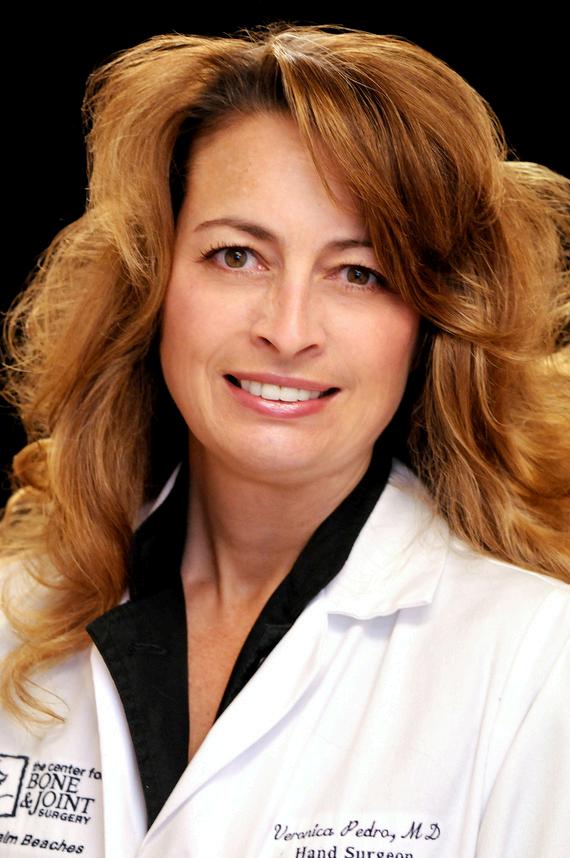
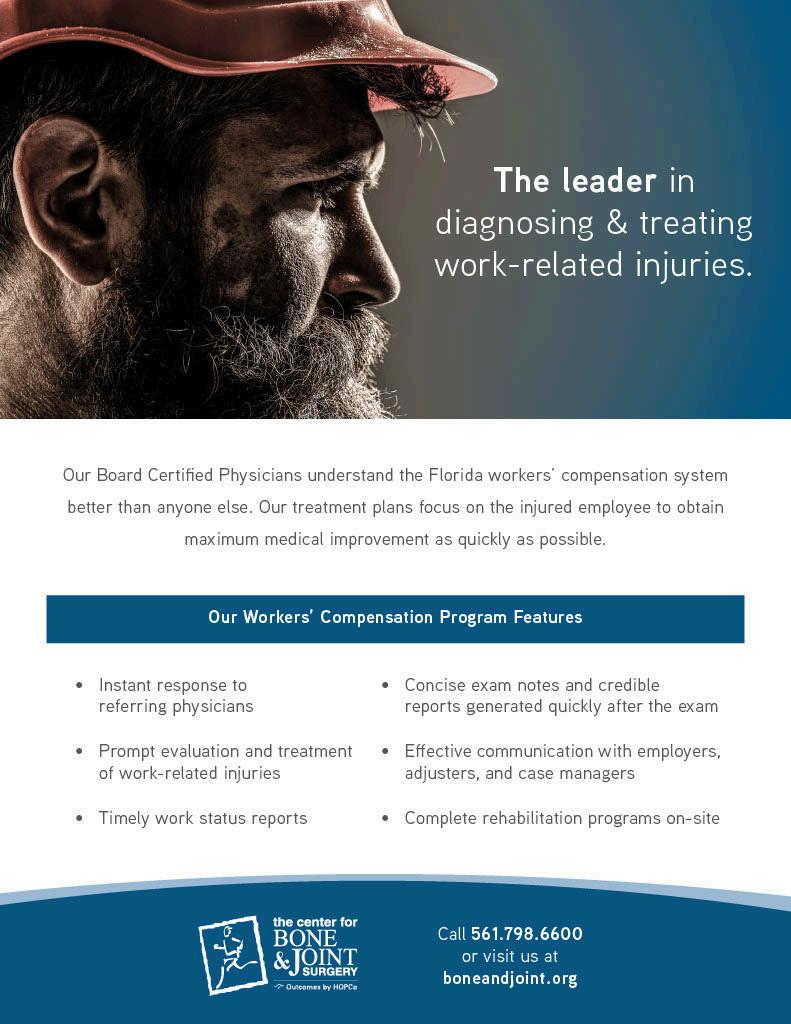

WRITTEN BY ROSIE MARQUEZ
Workplace safety is more than a set of rules or a monthly checklist It is a daily commitment to protecting the people we work with. Whether you manage a logistics company, a medical office, a construction crew, or a corporate team, safety should always be part of the conversation.
At Crossing America Transports, we see safety as something we build together It is not just a department’s job It is a shared responsibility, and when everyone takes part, the results are powerful
Every time someone steps into their workplace, they should feel confident they will return home just as healthy as they arrived. Safety protects lives. It also protects businesses. When safety is not a priority, the consequences are real injuries, downtime, lost wages, emotional stress, and long-term impact on team morale Beyond the human toll, workplace accidents can lead to high insurance costs, fines, and damage to a company ’ s reputation But when safety is embedded into daily routines, it improves everything from employee satisfaction to operational performance
A strong safety culture is not about fear or punishment It is about awareness, action, and accountability It means training people well, listening when they speak up, and creating systems that help prevent problems before they happen
Herearefivekeypracticesthathelpbuildand maintainacultureofsafety:
1. StartwithClearTraining
Every employee should know the specific risks related to their role and how to avoid them Training should be clear, hands-on when possible, and repeated often Safety is not something you learn once and forget It needs to be refreshed regularly
2.KeepCommunicationOpen
Employees need to feel safe bringing up concerns. When someone notices a hazard or has a better idea for how to do something safely, make space for that voice Creating a culture where everyone feels responsible for safety leads to smarter, more responsive teams
3.CheckEquipmentandEnvironmentsDaily
Whether it is a truck, a ladder, or a break room floor, all equipment and spaces need regular inspections Small issues can become big ones fast Daily walkthroughs and safety checklists help catch problems before they cause harm.
4.CelebratetheWins
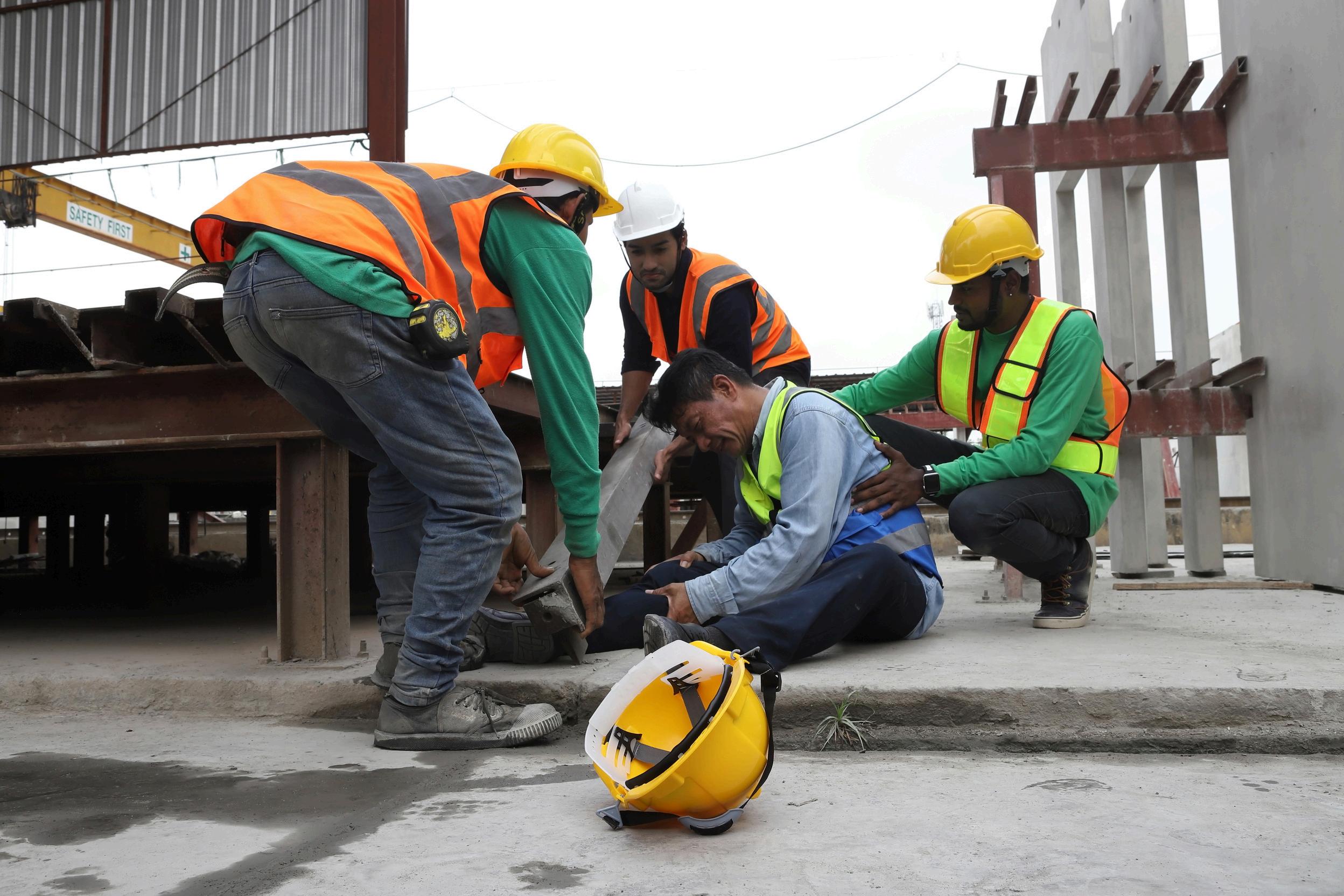
When teams hit safety milestones or show extra care in preventing an issue, recognize it Positive reinforcement builds momentum It also reminds everyone that safety is a shared goal, not just a management concern.
5.LeadbyExample
Leaders set the tone If supervisors take shortcuts or ignore protocols, others will follow But when leadership models safe behavior and treats safety as a priority, it creates lasting habits across the entire team
In my role as operations manager, I’ve learned that nothing we do matters more than keeping our people safe. Productivity, deadlines, and profits mean little if someone gets hurt. But when safety is at the center of how we operate, everything improves team morale, efficiency, and trust
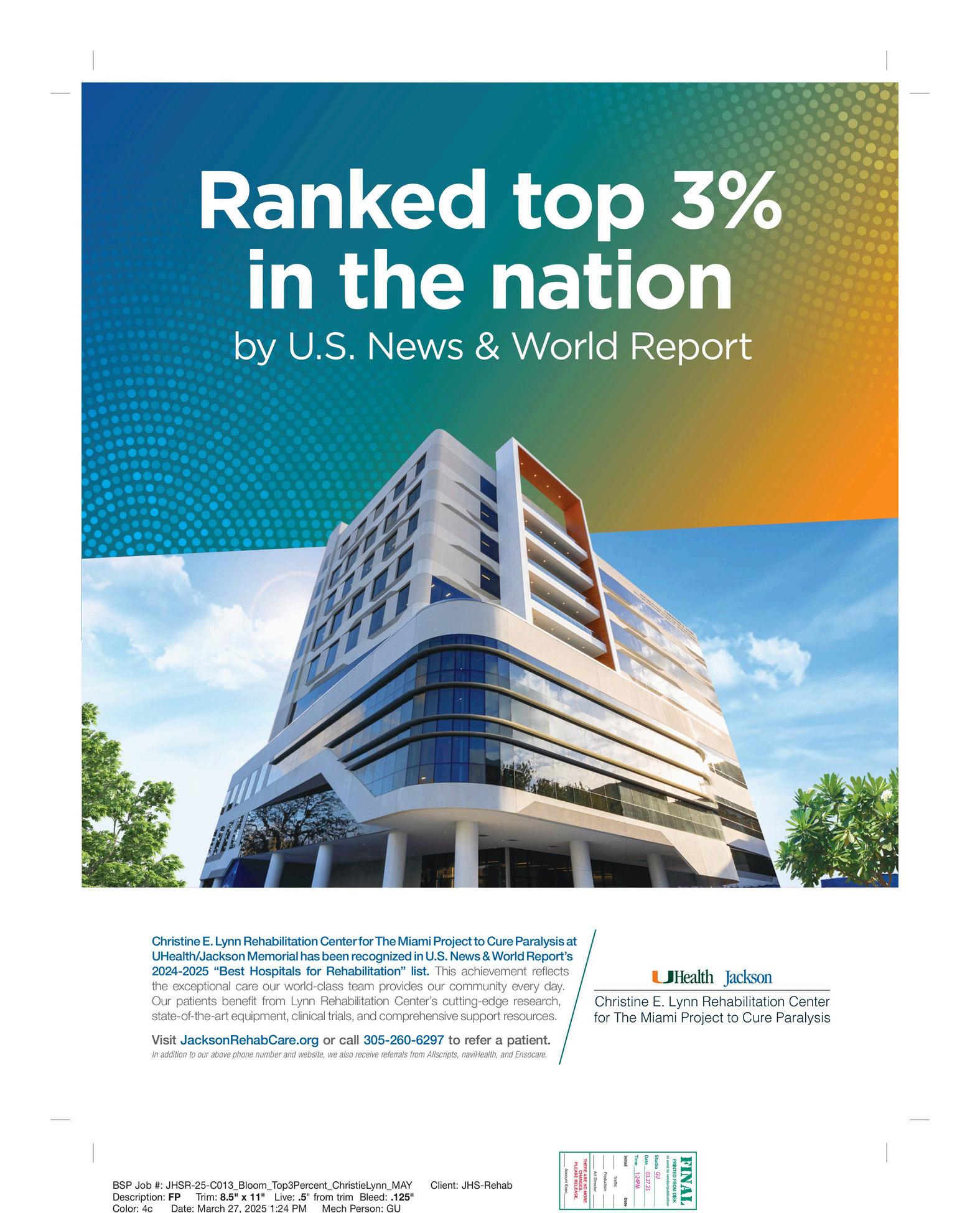
WRITTEN BY JOSE ORTEGA, MD
Dr Jose Ortega is a board-certified orthopaedic surgeon located in West Palm Beach, Florida He is currently board certified in sports medicine and general orthopaedics Dr Ortega completed his sports medicine fellowship at the Cleveland Clinic Foundation in 1998 His area of expertise includes soft tissue injuries of the shoulder, knee, and elbow Dr Ortega has been serving the West Palm Beach community for 25 years He is a partner at the Center for Bone and Joint of the Palm Beaches
The purpose of this publication is to share my personal experience and strategy when treating workers compensation (W/C) patients I believe that a comprehensive approach will assist in returning the patient to work sooner, reducing healthcare costs and resources, and potentially eliminating legal conflict
I have asked myself many times what makes workers compensation patients different from the general population It has been well established that W/C patients experience less post operative improvement and functional outcomes, take longer to return to work, and have less satisfaction than the general population This stigma may have a negative impact on how the physician treats this population, and patients should never experience prejudice when being treated
But why do these patients have worse post-op outcomes? My own experience has shown that some of these patients have poor workplace relationships and minimal support Job dissatisfaction is a major factor that has been consistently mentioned at initial office visits In some cases, anxiety and depression can be observed as factors that need to be addressed Uncertainty about the future and the state of their financial situation can also have a negative impact In my opinion, addressing psychosocial factors plays a major role in patient management

I believe that we can reduce the risk of a negative outcome by following a comprehensive approach It is imperative to choose the right plan of care and exhaust all non-surgical options, “Do No Harm!” Good communication with the patient is key to a good patientphysician relationship The patient should understand their particular problem and have a detailed plan of treatment If surgery is indicated, the physician needs to explain the procedure in detail, including recovery, and time out of work
I prefer avoiding delays in treatment and unnecessary urgent care center visits Studies have shown that delays in intervention for workplace injuries can have significant negative impact on an injured worker’s well-being and their ability to recover After surgery the goal is to get the patient back to work as soon as medically possible Work-place accommodations should be available when needed In addition, Adjustments to the work environment or job description may help the patient reduce stress and anxiety and ultimately accelerate recovery Good communication with the case manager is crucial Updates on the patient's progress are essential and are an important part of the treatment and recovery plan Work restrictions can be evaluated and discussed at each visit with the aim of increasing physical activity whenever possible
The goal is to minimize frustration and dissatisfaction Dissatisfied and frustrated patients have the longest recovery time and may never return to work at full capacity This ultimately has a negative impact on healthcare resources reflected in increased utilization and longer treatment plans In my opinion, dissatisfied patients also have a higher probability of seeking legal advice Legal costs in the W/C system can sometimes exceed medical treatment costs Attorney feeds, medical records, court filings, expert witnesses and traveling can quickly add up but could potentially be avoided
To summarize, choosing the right patient and surgical indications, allowing early working accommodations, and good communication as a team can positively impact the outcome and accelerate a safe recovery and return to work
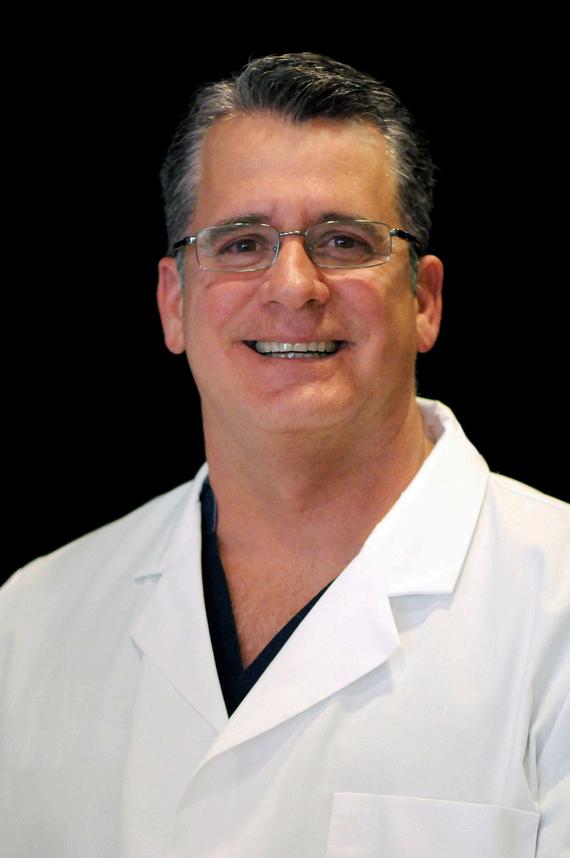
JoseOrtega,MD
Board-Certified, Fellowship-Trained Orthopedic Surgeon
The Center for Bone & Joint Surgery of the Palm Beaches www.boneandjoint.org
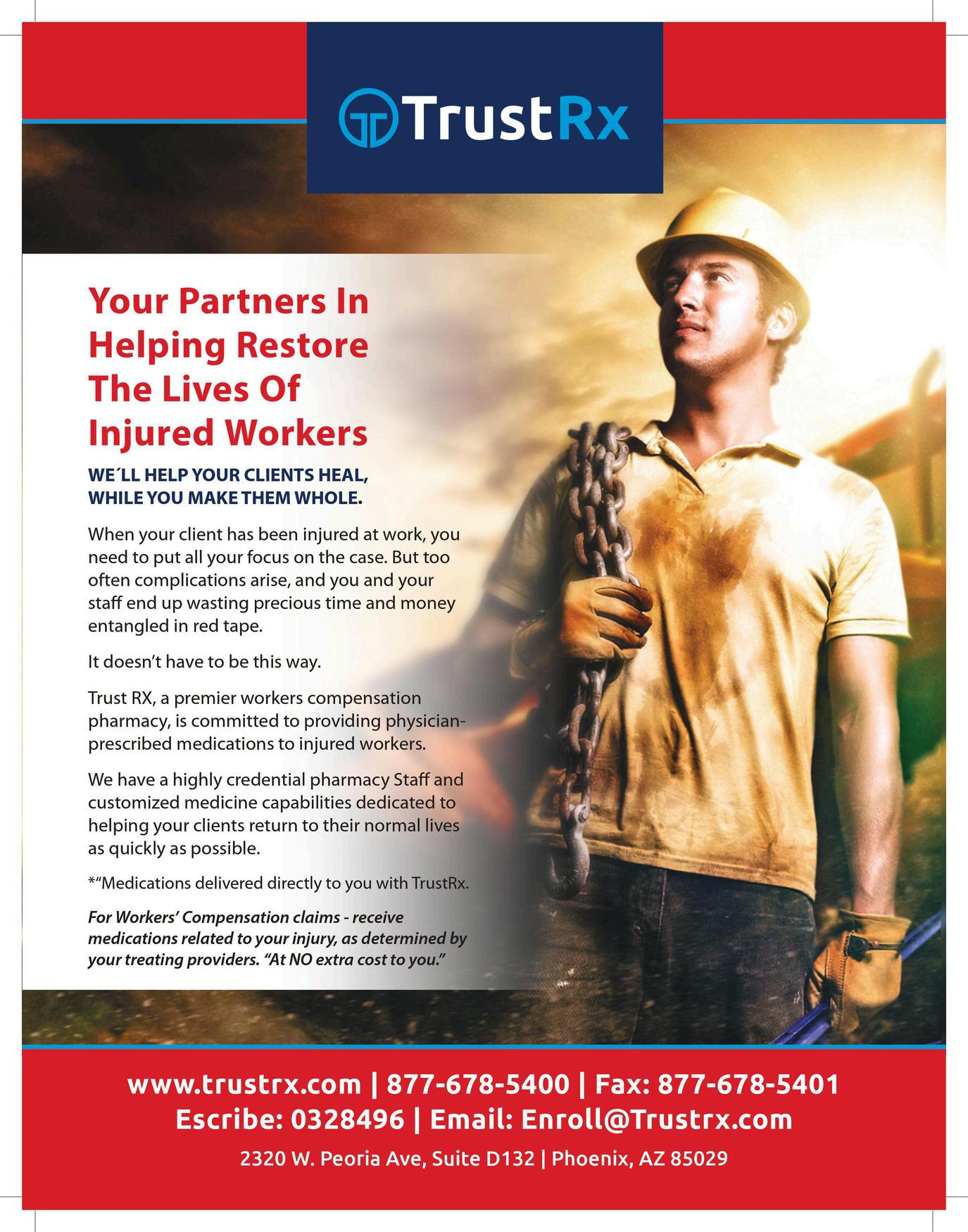
There are leaders who manage and then there are leaders who build, inspire, and leave lasting impact Shannon Stewartson, MHA, FACHE, FACMPE, Chief Executive Officer of The Orthopedic Clinic, is the kind of leader who does it all with clarity, compassion, and a deep commitment to excellence
BLOOM proudly recognized Shannon as one of the 2024 CEOs of the Year, honoring the leadership she brings not only to her organization, but to the broader healthcare and workers’ compensation community
The Orthopedic Clinic has been headquartered in Daytona Beach for over 63 years, originally founded in 1961 under the direction of Dr Thurman Gillespy Jr What began as a single-location practice rooted in the belief that every patient deserves individualized care has since evolved into one of the most trusted orthopedic practices in the region
In 2024, under Shannon’s leadership, The Orthopedic Clinic opened a state-of-the-art two-story, 48,000 sq ft medical facility on LPGA Boulevard in Daytona Beach This new main campus is a true reflection of the organization’s mission and growth The first floor features a walkin orthopedic clinic, the latest X-ray technology, and a full suite of exam rooms Plans are already in motion for a future Level II Procedure Room to further expand in-house capabilities The second floor houses a full physical therapy department and the clinic’s administrative and executive offices On the same campus is a wholly owned and operated Ambulatory Surgery Center that provide the highest quality care, incredible patient experience, and a lower cost setting for the patients we serve
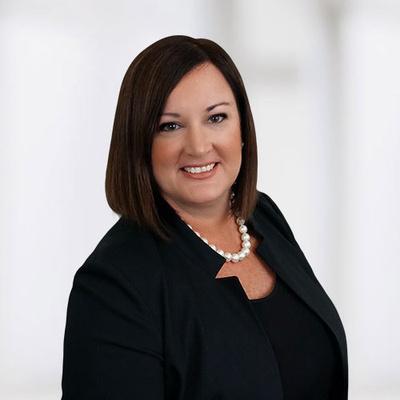
She currently serves on the Board of Trustees for AdventHealth University, the Volusia County Board of Directors for the American College of Healthcare Executives, and is the current President of the Florida Association of Orthopedic Executives She also mentors future healthcare leaders through the University of Central Florida’s internship program and mentors up and coming healthcare leaders a reflection of her dedication to shaping the future of the industry
More than just functional, the space was intentionally designed to feel warm and welcoming Bathed in natural light, the facility is fully ADAaccessible, with features like wheelchair-friendly access, Braille room labels, and text telephones for patients who use American Sign Language It’s a facility built for everyone because at The Orthopedic Clinic, accessibility and inclusion are part of the standard of care
Today, TOC operates locations in Daytona Beach, Port Orange, and Palm Coast, with 14 physicians, 16 mid-level providers, and more than 160 full-time staff members And while the clinic has grown exponentially, the mission remains unchanged: treating every patient with compassion, respect, and the highest level of orthopedic expertise
Shannon’s path to leadership began with a background in radiologic sciences, followed by more than two decades of healthcare leadership across some of Florida’s most respected institutions She holds a Master’s in Healthcare Administration from Ohio University, is a Fellow of the American College of Healthcare Executives,and a Fellow of the American College of Medical Practice Executives
A devoted wife, proud mother of three, and grandmother, Shannon credits her family and her faith as her foundation Her leadership style is consistent, thoughtful, and grounded in values that put people first
“Opening this new facility in Daytona Beach represents a significant milestone for The Orthopedic Clinic,” said Stewartson “It encompasses our desire to continue delivering advanced orthopedic care in our region. This facility will be a pillar in the community for quality healthcare, compassionate healthcare professionals, and unparalleled medical expertise.”
Congratulations, Shannon Stewartson, on being named a 2024 CEO of the Year Your leadership, vision, and dedication continue to inspire those around you
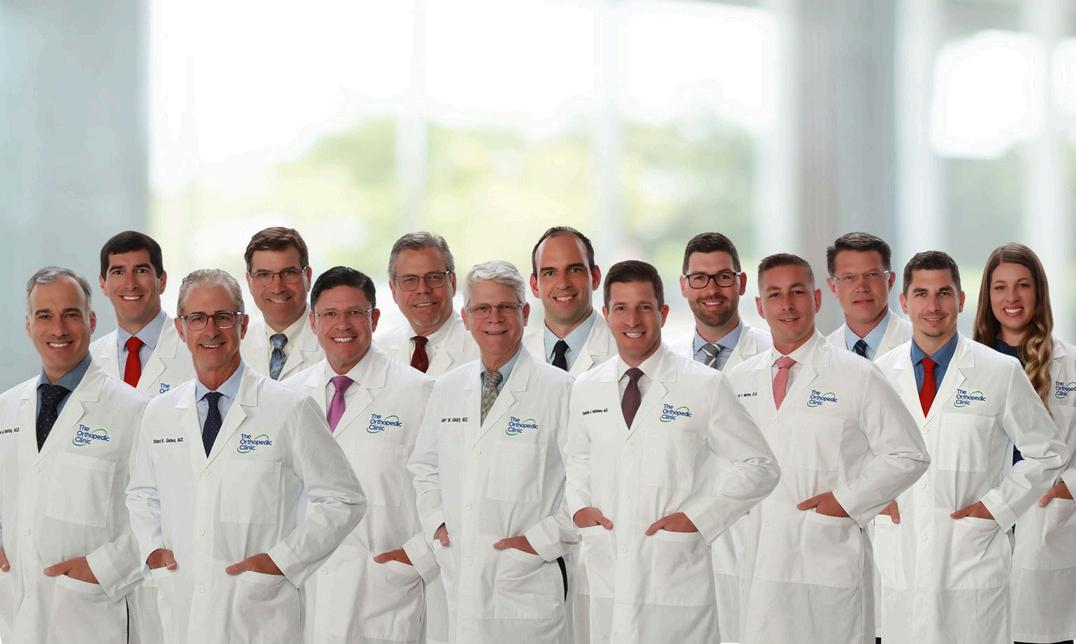
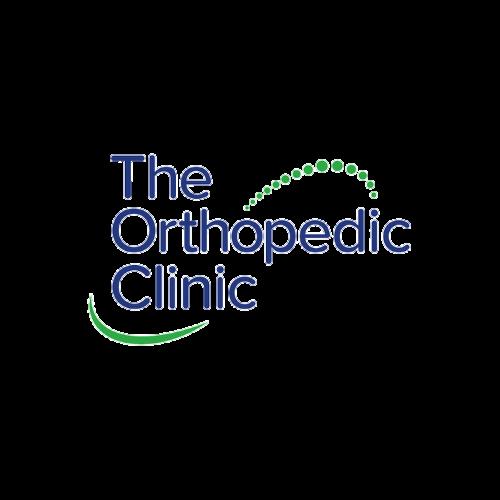
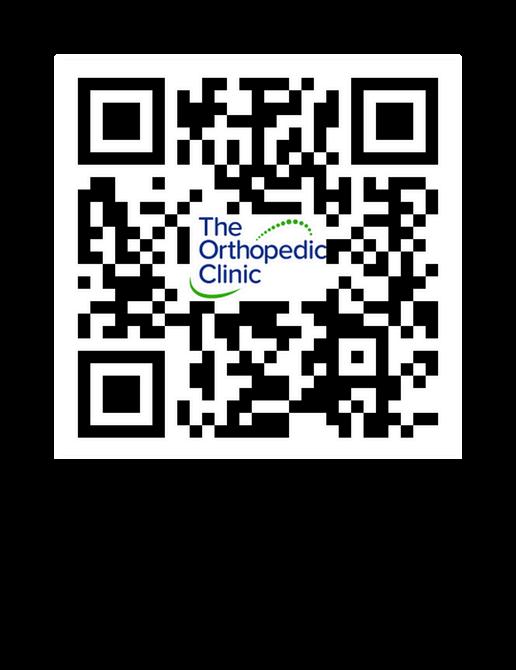
WRITTEN BY A
As nurse case manager role in ensuring appropr and that claims are man fundamentals of elbow treatment will help gu authorizing care, manag return-to-work strategie
WhatIsElbowTendin
Elbow tendinitis refers t tendons around the elb overuse or repetitive m
Lateral epicondylitis extensor tendons o
Medial epicondylitis flexor tendons on th
While the names are ath compensation world, w laborers, custodians, me workers, and administra ergonomic setups

MechanismofInjuryintheWorkplace
The most common workplace mechanisms leading to elbow tendinitis include:
1 Repetitive wrist extension or flexion
2 Heavy lifting with poor biomechanics
3.Vibratory tools use (jackhammers, drills)
4.Awkward postures or overhead work
5 Computer use without proper arm support or ergonomic alignment
Over time, these microtraumas lead to tendon degeneration what we now call “tendinosis” rather than pure “tendinitis,” since histology often shows degeneration more than inflammation, essentially representing an actual change to the architecture of tendon
DiagnosingElbowTendinitis
Early diagnosis helps limit unnecessary imaging or delays in care Diagnosis is largely clinical, based on:
1 Patient history – Work-related activity involving repetitive motion or awkward positioning
2 Symptoms – Gradual onset of pain, often worsening with use Lateral pain with gripping or lifting is typical for lateral epicondylitis; medial pain with wrist flexion or pronation points to medial epicondylitis
3 Physical exam –
4 Tenderness at the lateral or medial epicondyle
5.Pain reproduced with resisted wrist extension (Cozen’s test) or resisted wrist flexion.
6 Reduced grip strength in severe cases
WhenIsImagingNeeded?
Most cases do not require imaging However, imaging may be appropriate if:
1 Symptoms persist beyond 8-12 weeks despite conservative care
2 There is suspicion of other pathology (e g , radial tunnel syndrome, ligament injury)
3 The patient is not improving, and a surgical opinion is being considered
An X-ray may be used to rule out arthritis or calcific tendinopathy MRI or ultrasound can help assess tendon integrity in chronic or severe cases, but are rarely first-line
TreatmentStrategies
The primary goals are pain control, functional restoration, and safe return to work Most cases respond well to nonoperative care
1.ActivityModification
This is the cornerstone of treatment in the workers’ comp setting It involves:
Avoiding aggravating tasks (e g , forceful gripping, lifting, or repetitive motion)
Providing modified duty light duty assignments, ergonomic adjustments, or job rotation.
Educating the worker on joint protection and pacing strategies
2.PhysicalTherapy
Therapy focuses on:
Eccentric strengthening of the forearm muscles
Stretching the extensor/flexor mass
Modalities such as ultrasound, ice, and iontophoresis
Ergonomic education and posture correction
Early referral to physical therapy is key, as outcomes are better with intervention within the first 2–3 weeks.
3.Bracing
Counterforce straps or wrist immobilizers can reduce tendon strain during activity Bracing is a temporary measure, not a long-term solution, but may provide symptom relief while therapy progresses
4.Medications
NSAIDs oral or topical are helpful for pain and inflammation in the acute phase. Short courses are typically sufficient. Steroid injections may be considered in recalcitrant cases. However, they must be used judiciously:
Provide short-term pain relief, but may weaken tendon tissue
Often reserved for those who need to remain at work and are not improving after therapy
5.RegenerativeMedicine(EmergingOptions)
In chronic cases unresponsive to traditional care, some providers may suggest platelet-rich plasma (PRP) injections PRP shows promise but is not always covered in workers’ compensation and may have variable results
SurgicalIntervention
Surgery is rarely needed and is generally only considered after 6–12 months of failed conservative management The goal is debridement of degenerative tissue and sometimes reattachment of the tendon Post-operative recovery can take 3–6 months, and temporary disability benefits may be prolonged Clear documentation and adherence to evidencebased timelines are essential when authorizing surgery and tracking MMI.
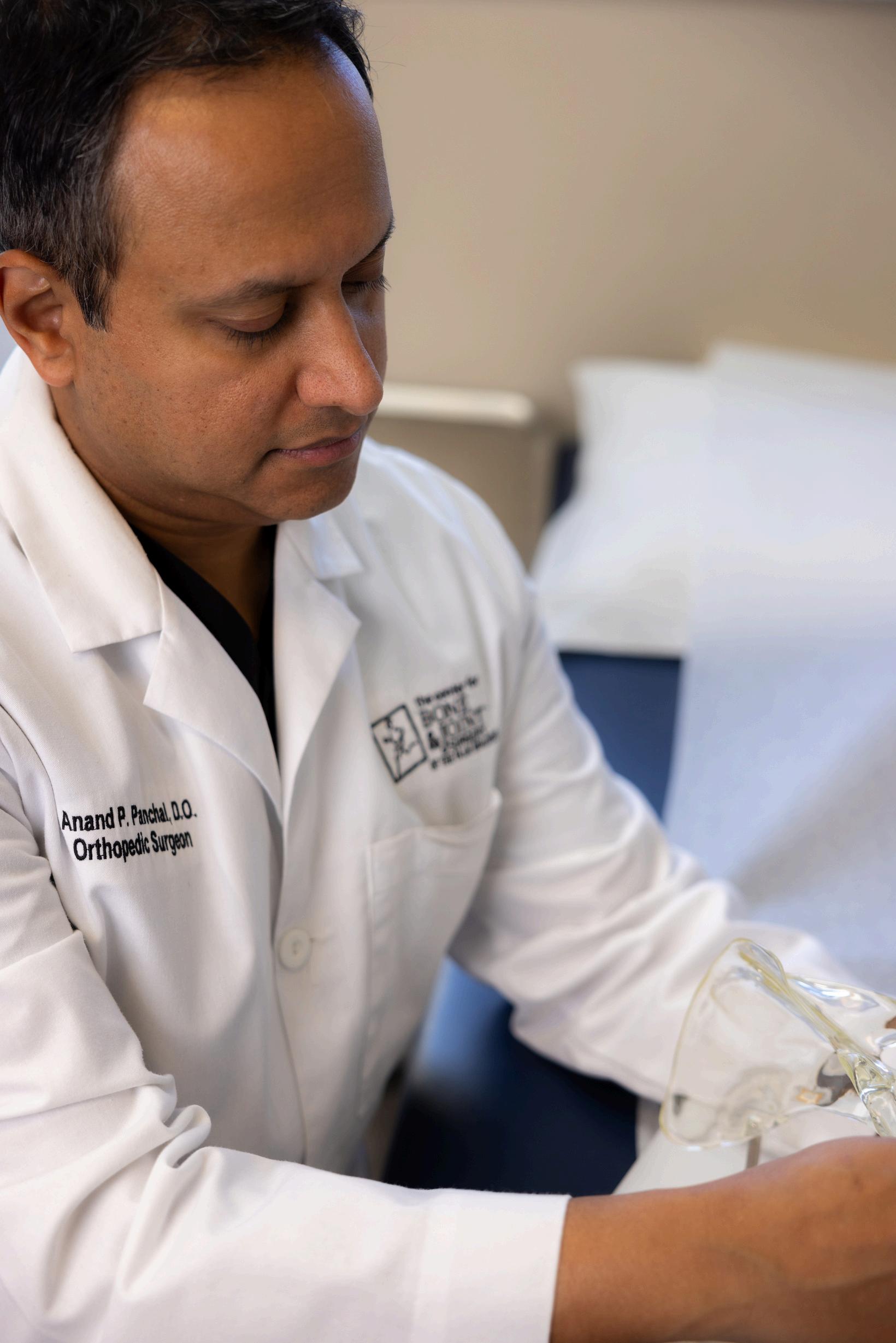

Modified duty is often possible even early in treatment Restrictions may include:
1 No repetitive wrist or elbow motion
2 No heavy lifting (>10-15 lbs)
3 No use of vibratory tools
4 Limit reaching or overhead work
The key is balancing rest with functional recovery Workers out of work entirely for elbow tendinitis often decondition and take longer to improve Return to full duty is realistic in most cases within 8–12 weeks if managed early and appropriately
As case managers and adjusters, keep an eye out for:
1 Lack of early therapy or activity modification
2 Psychosocial factors (job dissatisfaction, fear avoidance, secondary gain)
3 Poor communication between provider and employer
4 Co-morbid cervical radiculopathy or nerve entrapment
These factors can prolong disability and inflate claim costs Early coordination and proactive case management can mitigate many of these issues
To summarize, here are a few best practices:
1.Approve early conservative care therapy, bracing, medications without delay
2 Encourage modified duty rather than full time off
3 Require objective findings before authorizing imaging or injections
4 Communicate frequently with treating providers to set realistic expectations for recovery and MMI
5 Consider an independent medical evaluation if recovery is prolonged beyond expected timelines
Elbow tendinitis may not be life-threatening, but in the workplace, it can significantly impact productivity, morale, and claim costs if not addressed properly With early diagnosis, appropriate treatment, and a strong return-to-work plan, most workers can recover quickly and avoid unnecessary disability Your role in guiding these cases through advocacy, coordination, and oversight is critical Together, we can ensure injured workers get the right care at the right time, and return safely and sustainably to their jobs
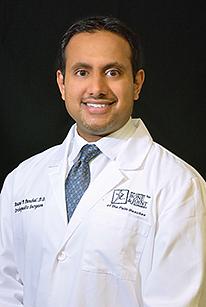
WRITTEN BY MARI DIAZ
I had the chance to sit down with Jennifer Davison, CEO of Vero Orthopaedics, to talk about how the practice continues to grow while staying focused on delivering the best possible care to every patient Vero Orthopaedics is one of the region’s most well-respected orthopedic groups, known for prioritizing patient care, whether someone comes in through workers’ comp or as a private patient Since 2022, several of their physicians have been named to the Best Doctors in Workers’ Compensation list, a reflection of the consistent outcomes and trusted care they provide Jennifer and I talked about what’s new at Vero, how they manage access and communication, and how her team stays focused on making sure injured workers get the care they need, without delays or compromise
Mari: Vero treats a lot of injured workers What would you say is most important when it comes to their care?
Jennifer: The most important thing is that they get the right care without delay When someone is hurt on the job, they need to be seen quickly and evaluated by the right specialist That first visit really sets the tone for everything that follows We make sure they’re scheduled promptly, that they know what to expect, and that their care stays consistent from beginning to end Our goal is always to help them recover and return to function They’re not just another number, and our physicians are committed to helping them get back to their life. We take that responsibility seriously.
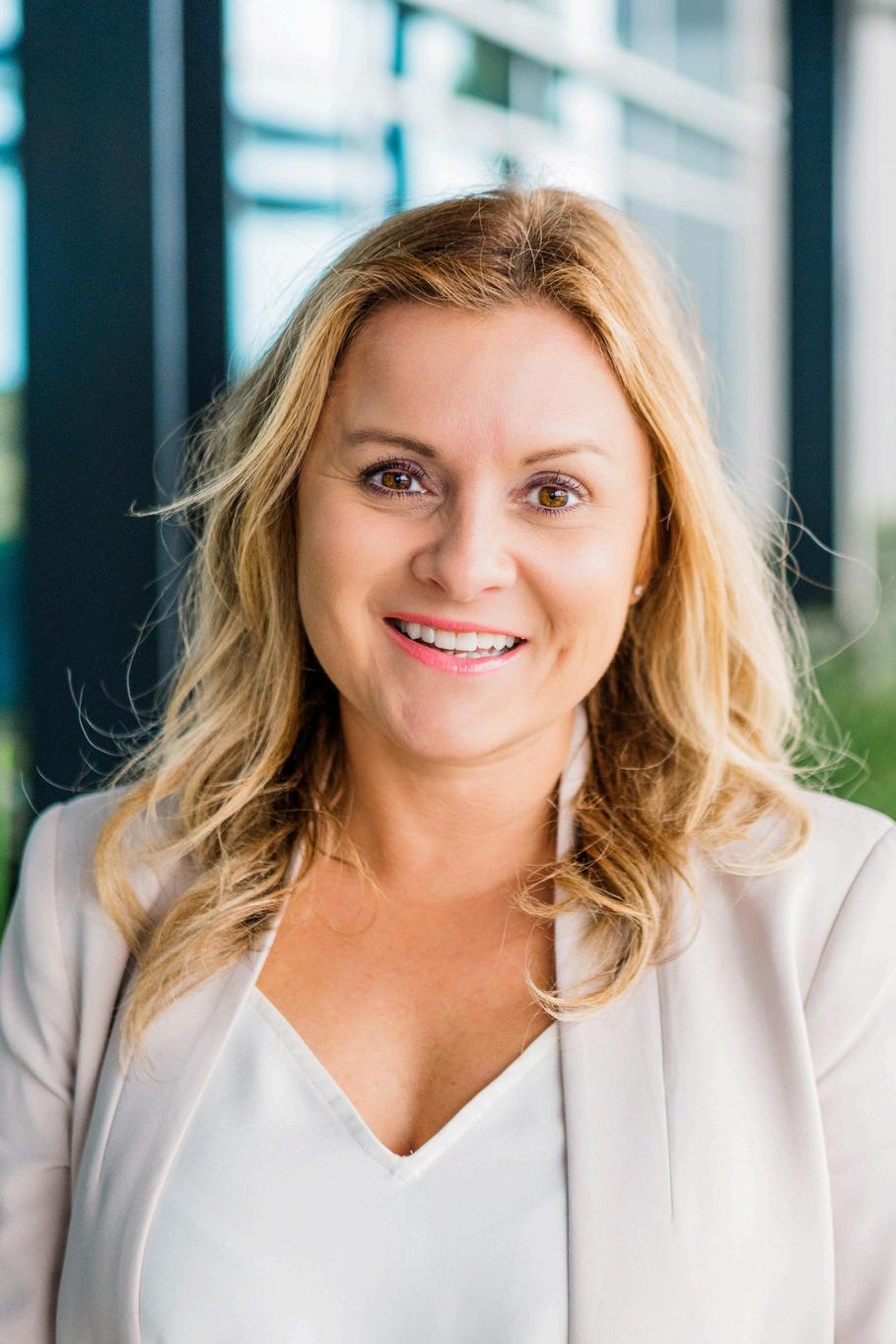
Mari: What do you think helps Vero stand out when it comes to treating workers’ comp cases?
Jennifer: We’re consistent Our physicians understand both the clinical side and the expectations that come with treating workers’ comp cases That means accurate diagnosis, clear and timely documentation, and strong communication Our workers’ comp team stays hands-on throughout They’re constantly in contact with adjusters, case managers, and employers to make sure everything is moving in the right direction And whether someone is a workers’ comp patient or a private patient, the level of care doesn’t change The goal is always the same: get them better and help them return to work and life
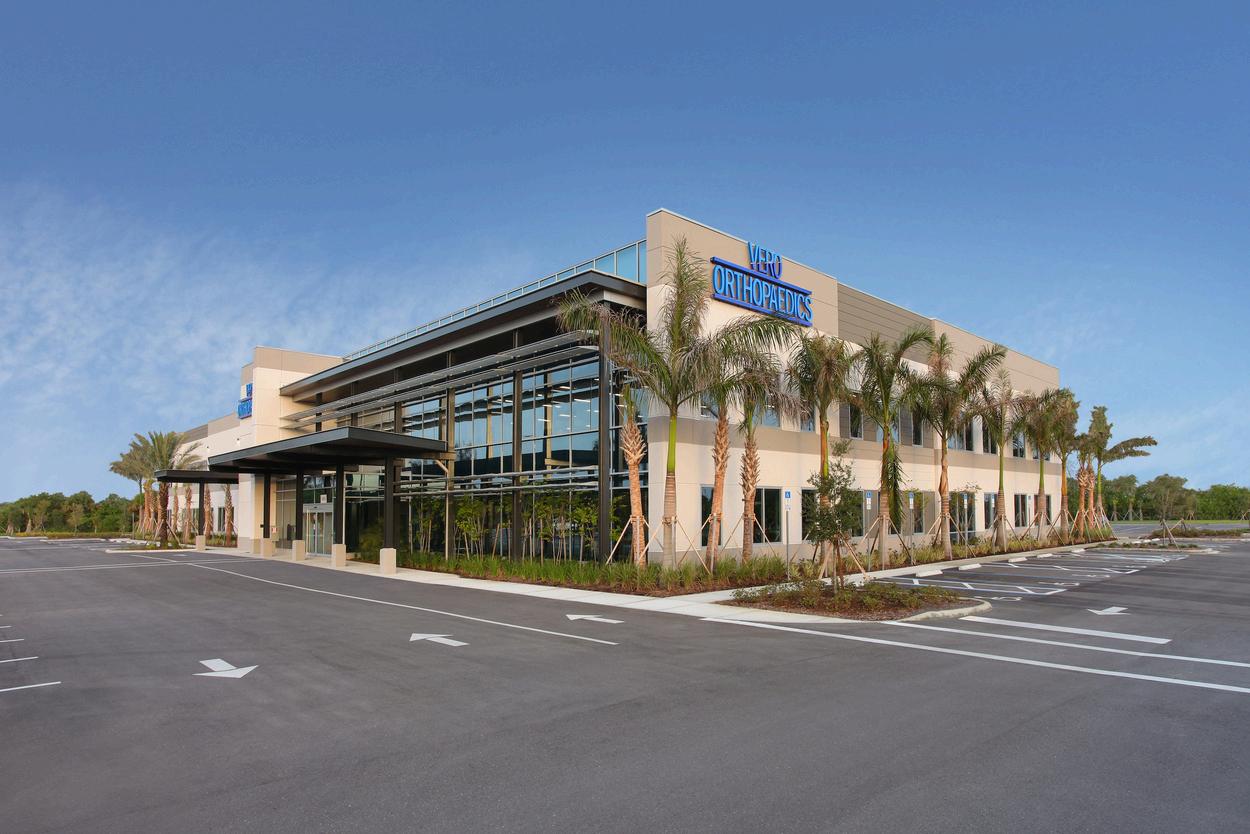
workers so we can get them in right away We also have walk-in availability, which we ’ re proud to offer. Any injured worker can walk in and be seen with the proper authorization in place For employers who want more structure, we offer direct agreements that help streamline access and, in many cases, lower the overall cost Whether it’s a walk-in, a referral, or a direct contract, we make sure they’re seen quickly and taken care of
Mari: Your facility is full-service, which makes a big difference in care timelines
Jennifer: It really does We have imaging, physical therapy, and occupational therapy all in one place So if a patient needs a scan or therapy after their appointment, we can often start those next steps the same day That helps avoid delays, keeps our physicians involved in every step of the plan, and makes everything more efficient We designed the facility to support full-circle care from evaluation to treatment to return to function, all in one location That helps patients move through treatment more smoothly and return to work faster We also just opened our second-floor hand and upper extremity suite, which includes on-site occupational therapy It’s a dedicated space designed for comfort, convenience, and better coordination between therapy and physician care That’s another example of how we ’ re always looking for ways to improve care for our patients
Mari: What do you think employers and referral sources value most about working with your team?
worker is receiving the best care That trust is something we ve built over time by having open lines of communication with all parties involved That kind of coordination makes a big difference
Mari: Last question How do you lead all of this?
Jennifer: I try to stay grounded and focused on what matters most I’ve worked in both clinical and administrative roles, so I know how important it is for things to run smoothly from start to finish My style is very open-door I believe in clear communication and in creating a work environment where everyone feels supported and valued Whether we ’ re seeing ten patients or one hundred, our team knows the patient always comes first That mindset guides everything we do
Vero Orthopaedics has served the Vero Beach community since 1976, providing specialized orthopedic, neurologic, and rehabilitative care In 2021, they opened their new 66,000 square foot facility at 3955 Indian River Blvd , bringing all services together in one location, including a surgery center, therapy, MRI, and now their second-floor hand and upper extremity suite. Under Jennifer Davison’s leadership, the practice continues to grow while staying focused on what matters most: making sure every patient gets the care they need when they need it, with a team that puts patient care first
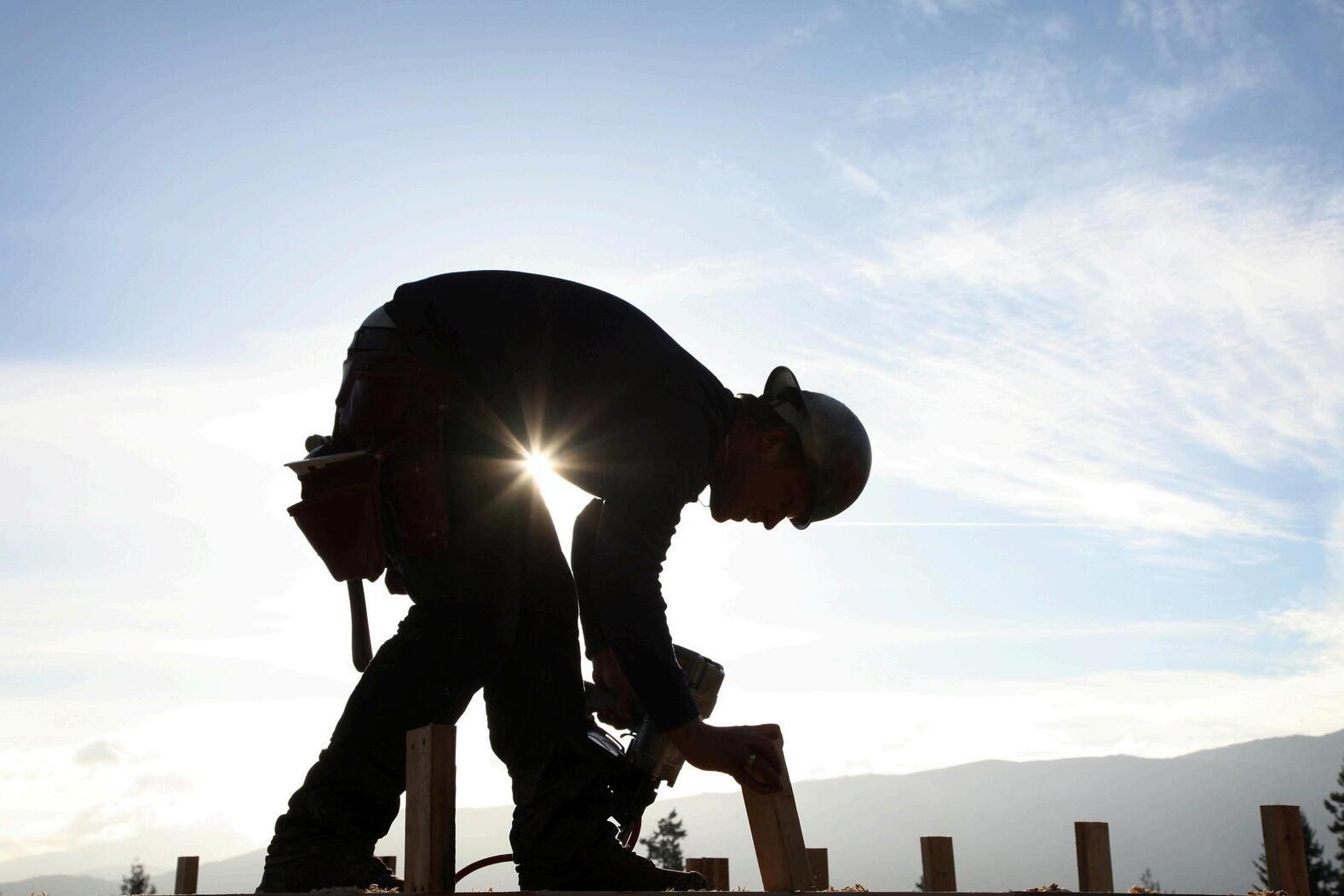

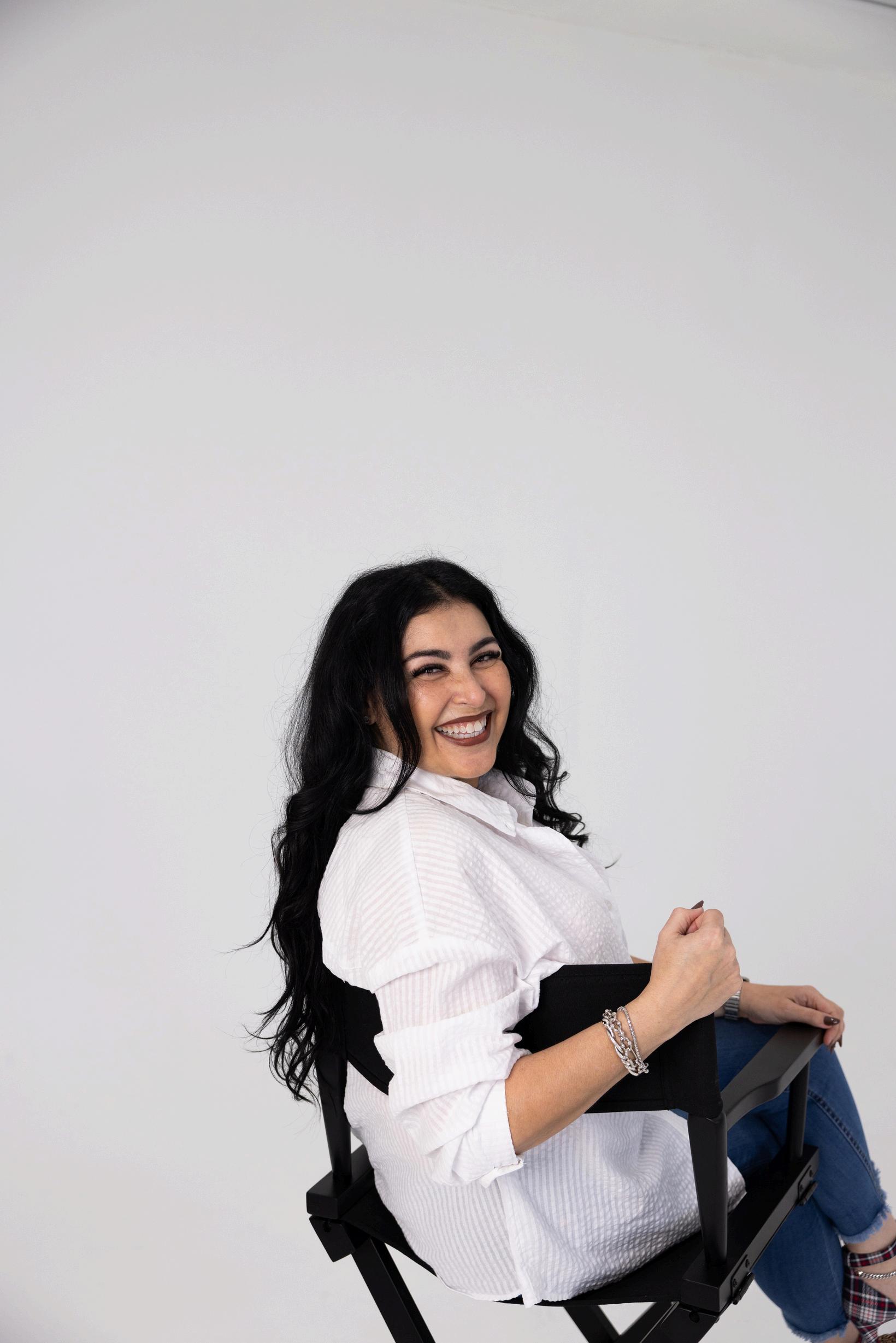

A valuable resource for adjusters, nurses, and case managers navigating foot health one question at a time
When a worker sustains an injury to the foot or ankle, transitioning to full duty after the injury requires a careful phased approach to prevent reinjury and ensure a full functional recovery After being assessed by your podiatrist and the correct diagnostic imaging performed, we need to follow a structured rehabilitative type program that will include strength, range of motion, as well as proprioception and balance We will start with gradual weightbearing progression For my patients, after a severe injury we initially start in a nonweightbearing status We then progress to partial weightbearing leading into full weightbearing with support Eventually, we transition to normal walking with appropriate footwear and, in some cases, custom orthotics Implementing a gradual return to work plan helps prevent reinjury We will always look out for red flags, such as persistent swelling or pain, if the patient is limping or overcompensating to one side of the body, if there is some joint instability or giving-way One of the key takeaways: Do not rush Gradual reloading is essential in transitioning the patient back to full duty Rehab is nonnegotiable Even if the patient does not have pain and discomfort, we still need to continue strengthening that foot and ankle I always like to provide considerable communication with our adjusters and nurse case managers, as well as the patient, that way we are all on the same treatment plan in getting the patient back to work safely, but swiftly The patient will also continue with ongoing self-care such as icing, soaking, and elevation The patient will also continue with their own home exercise program that includes the warming up and stretching phases All of these steps are beneficial to ensure a full functional recovery
QHowcanimpropergaitorwalking mechanicsleadtofootinjuries,and whatcanbedonetocorrectthem?
Abnormal joint motion: When we have excessive or restrictive movement at the ankle or the midfoot joints, this can alter our ambulation We could have potential injuries that include ankle sprains We can have muscle imbalances Weak or tight muscles can change how your foot strikes the ground Uneven weight distribution: If your foot does not strike the ground evenly, certain areas can have more pressure applied This can, in turn, cause stress fractures as well as some plantar fascial symptoms When we have what we call overcompensation or postural compensations, we can have a problem in one area and then we can shift load to the foot This also can lead to overuse injuries or stress fractures Some modalities to correct gait issues include having a gait analysis performed by your podiatrist That way, we may assess the appropriate footwear Also, orthotics may be prescribed for structural correction Physical therapy will help strengthen the weak muscles, stretch tight muscles, and help with balance and proprioception exercises If you continue with persistent foot pain, frequent injuries, noticeable gait abnormalities and deformities, or changes in the foot, that is when you should have an evaluation done by your podiatrist
Recommendations and strategies that I advise my patients are to elevate your feet This will help promote venous return and reduce swelling After a long day at work, Epsom salt soaks just 15-20 minutes is very beneficial as well to reduce inflammation I am a firm believer in compression socks Light to moderate compression is 15-20 mmHg This is usually typically enough This helps prevent the fluid from pooling in our feet and ankles throughout the day If at work you are sitting or standing for long periods of time, taking short walks or stretching during your breaks every hour or two will help improve circulation Wearing supportive footwear, shoe gear that is comfortable, and in some cases orthotic insoles to help stabilize/neutralize your foot depending on what type of foot you have (for example, a high arch or a flattened arch) While we are working, we should try to stay hydrated We should always try to consume plenty of amounts of water and always try to aim for a balanced low sodium diet because as we know dehydration and high sodium can both also contribute to swelling After a long workday, a good night's sleep is always beneficial This helps our body recover and reduce inflammation
QWhatarethebenefitsoforthotics,and howdoyouknowifyouneedthemfor workplacefootsupport?
Custom-made orthotics can be highly beneficial for workplace foot support, especially if you are a patient that spends long hours standing, walking, or lifting They help correct biomechanical imbalances They help improve your comfort and prevent and alleviate injuries Orthotics will help improve foot alignment and posture They will help with shock absorption and pressure redistribution Therefore, they aid in pain relief and reducing fatigue of the muscles and joints They prevent injury by stabilizing the foot mechanics The orthotics reduce the risk of overuse injuries Customized support is the most beneficial, so that they cater to your unique foot structure
If you have any questions for Dr. Medina to answer on foot health, please email teambloom@ommktg.com with the subject line ‘Dear Dr. Medina’.
WRIITTEN BY VIVIANE RUIZ
In the evolving world of workers’ compensation, one principle remains at the heart of everything we do: Return to Work (RTW) But at Davies, we believe it’s time to reframe what RTW really means not just as a process, but as a purpose
That’s why we created Rebound Pro, a modern, outcomes-driven vocational rehabilitation solution that blends clinical insight, human connection, and measurable impact It’s a new way to think about recovery not as a transaction, but as a transformation
Rebound Pro is built around ROI, outcome measures, and intentional goals because what gets measured gets improved. But more importantly, it’s built around people Every plan is personalized Every step is purposeful And every outcome is designed to support both the employee and the employer.
I’m incredibly lucky to have the most dedicated team behind this program experts who thoughtfully developed the criteria that guide Rebound Pro and who bring it to life every day.
Together, we ’ ve built a program backed by thousands of proven success stories, each one a testament to what’s possible when recovery is approached with care, strategy, and heart.


Injured employees recover 3x faster with modified duty
Employers see up to 35% reduction in total claim costs
Teams experience stronger morale, retention, and trust
% of employees returning to work within 6 months
Job retention rate after 1 year
Employee satisfaction with accommodations
Reduction in disability claims
Cost savings per case
The workers’ comp industry is evolving fast We’re seeing more tech, more data, and more demand for transparency. But no matter how much changes, one thing stays the same: people need to feel seen, supported, and safe
That’s why Rebound Pro blends technology with empathy, structure with flexibility, and compliance with compassion Whether it’s through virtual site visits, telehealth, or creative accommodations, we ’ re not just solving for the bottom line we ’ re solving for the human experience
Rebound Pro isn’t just a program It’s a reflection of how we show up for our clients, for our teams, and for every injured worker who deserves a path forward
Let’s talk. I’d love to connect and share how we ’ re helping people return not just to work but to life.
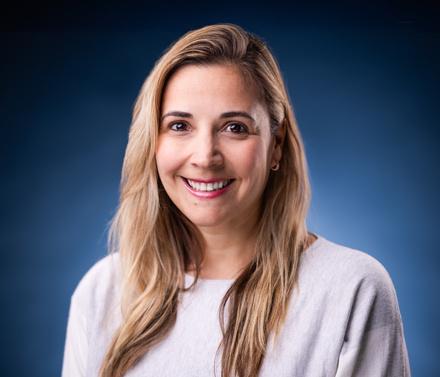
VivianeRuiz President of WC & Medical Management, Davies


The Return-to-Work (RTW) Series is part of Bloom Magazine’s education section. This series highlights real workers’ compensation case studies from physicians to provide a clear look at how injuries are treated, how care is managed, and how recovery is achieved. The goal is to educate adjusters, case managers, and employers by sharing examples that show the medical approach and return-to-work outcomes. Patient names and employer information are not shared to protect privacy. TosubmitacasefortheRTWSeries,email
In this return-to-work case study, Dr Marisel Medina, DPM, Board-Certified Podiatrist at Orthopaedic Center of South Florida, details the treatment of a healthy warehouse worker who sustained a complex trimalleolar ankle fracture while on the job The case highlights the use of open reduction and internal fixation (ORIF), incorporation of a bone growth stimulator (EXOGEN), and a structured rehabilitation plan that led to full recovery and return to work within five months The case underscores the importance of early surgical intervention, patient compliance, and strong communication with the care team throughout the workers’ compensation process
A warehouse worker sustained a trimalleolar ankle fracture after falling from a loading dock while on duty The injury involved fractures to the medial and lateral malleoli as well as the posterior aspect of the tibia, along with significant ligament involvement The combination of bony and soft tissue damage created joint instability and made weight-bearing impossible
The patient was evaluated within one week of the injury and underwent surgical repair shortly thereafter Dr Medina performed open reduction and internal fixation (ORIF) using plates and screws to restore alignment and stabilize the ankle joint The patient remained non-weight-bearing for the first six weeks post-op and then transitioned to partial weight-bearing in a walking boot Physical therapy was initiated in the seventh week, with a focus on restoring range of motion, strength, proprioception, and gait
Throughout the recovery process, Dr Medina closely monitored the patient’s progress through regular follow-up visits and imaging to ensure proper healing Swelling was managed with conservative measures, and pain was controlled without the need for extended opioid use The patient advanced steadily through each stage of rehabilitation and remained fully compliant with postoperative guidelines
By week twelve, the patient was walking independently with minimal discomfort and began a light-duty return-to-work program At week twenty, after completing work conditioning and demonstrating functional readiness, the patient was cleared to return to full-duty work without restrictions Maximum Medical Improvement (MMI) was assigned at week twenty-four, with a permanent impairment rating of 2%
One temporary challenge arose when physical therapy authorization was delayed This issue was resolved promptly through direct coordination with the claims team and did not impact the long-term outcome Mild post-operative swelling occurred during the transition to weight-bearing, but it was managed effectively and did not interfere with progress
Dr Medina worked closely with the assigned case manager and the patient’s physical therapist throughout the recovery
Regular updates and documentation ensured that all milestones and authorizations were aligned with the patient’s functional goals and return-to-work timeline
This case demonstrates the value of early surgical intervention, coordinated care, and patient compliance Under Dr Medina’s direction, a complex injury was managed with precision, allowing the patient to recover full function and safely return to work within five months
This case reflects the positive impact of early surgical intervention, proactive care coordination, and patient compliance Through timely evaluation, surgical precision, and consistent follow-up, Dr Marisel Medina guided the patient through a structured recovery plan that supported both healing and functional progress Collaboration with the case manager and physical therapy team ensured that authorizations, documentation, and care milestones remained aligned As a result, the patient achieved a safe and timely return to full-duty work within five months This case serves as a strong example of how coordinated care and communication can lead to successful return-to-work outcomes, even after a complex injury
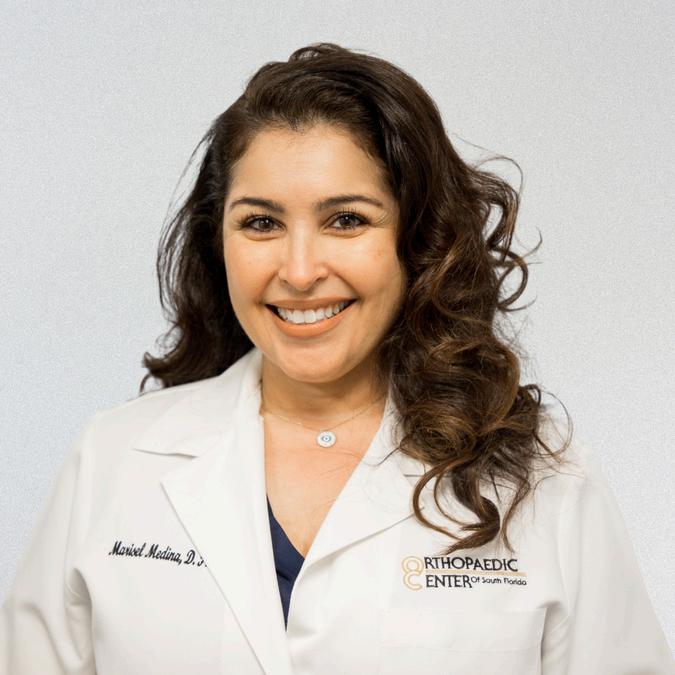

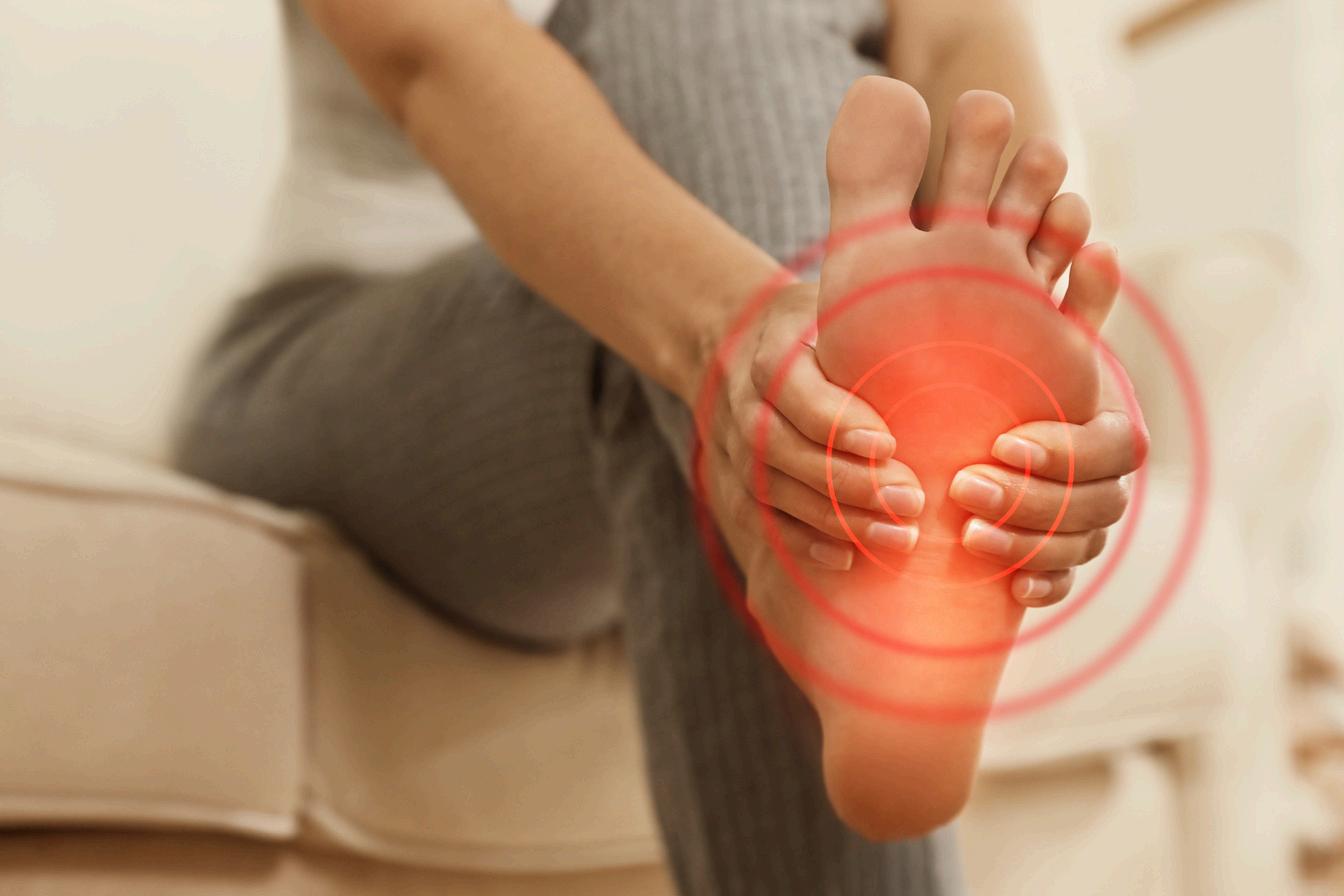
Disclaimer: Each case is unique Recovery timelines and outcomes vary depending on multiple factors, including injury severity, job demands, treatment compliance, and authorization processes This case is shared as one example of a successful return-to-work outcome
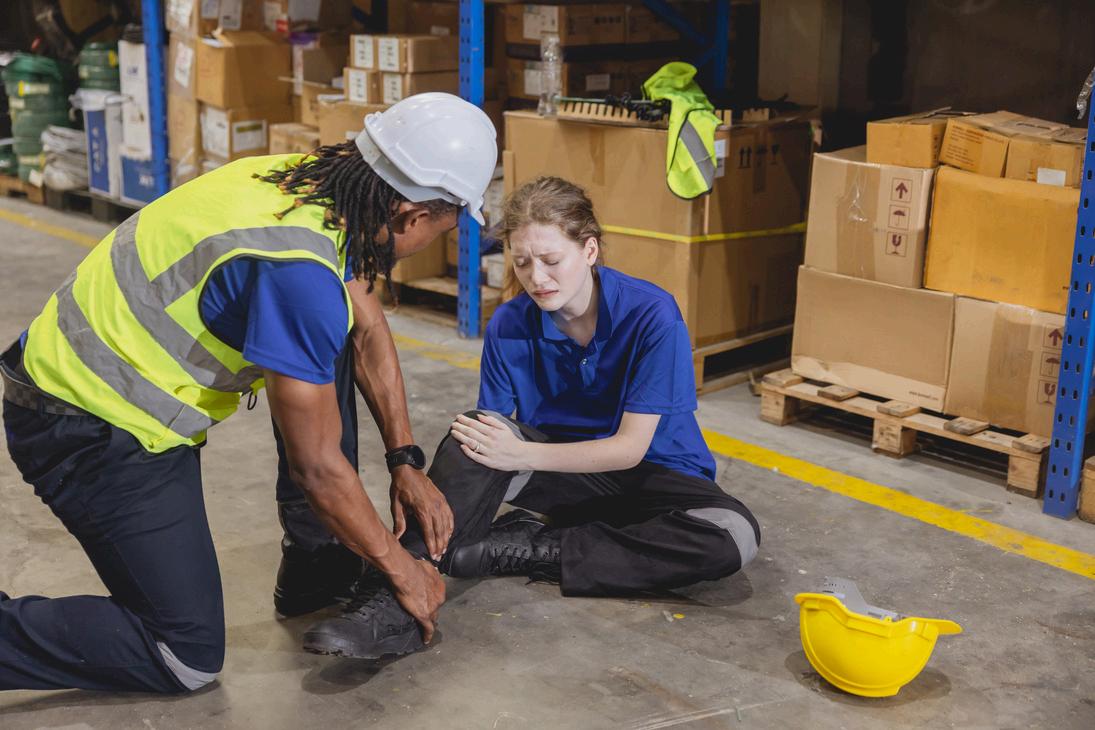
As the Workers’ Compensation Liaison team for Orlando Orthopaedic Center, we want to share an important update with all adjusters, case managers, employers, and others involved in the care of injured workers across the state
Over the past few months, many of you working with OOC have experienced changes in the usual flow and responsiveness you ’ ve come to expect from the practice These challenges were the result of a full transition to a new EMR system While the change was necessary to improve long-term efficiency and internal operations, the initial rollout caused a disruption
Since then, OOC has taken major steps to stabilize workflow and restore the high level of efficiency expected The team has been actively addressing issues and reinforcing internal systems to better support their workers’ compensation partners
While some improvements are still in progress, operations have returned to normal and previous levels. OOC remains focused on maintaining open communication and continuing to support all parties involved in coordinating care for injured workers
The OM team is here to assist with anything you need whether that’s communication, follow-up, or making sure you are directed to the appropriate contact at OOC If you have feedback or are experiencing ongoing issues, please reach out to Ozzy Diaz at ozzy@ommktg com so we can make sure it’s addressed directly with OOC leadership
As OOC continues to work through the final stages of improvement, it’s important to highlight what has always been at the core of their commitment to helping injured workers get the care they need and return to work as safely and quickly as possible That commitment is best reflected in the structure and purpose of their Workers’ Compensation program
This dedicated program ensures every injured worker is seen by a highly qualified physician with deep experience in treating work-related injuries It is designed with return-to-work goals in mind, making sure patients are safely restored to function and back on the job with the right treatment, documentation, and communication in place
Here’swhattheWorkforceAdvantageProgramoffers
Convenient offices and orthopaedic injury walk-in locations throughout Central Florida
Board-certified, fellowship-trained orthopaedic specialists who can manage all of your work injuries
Conservative care
Direct and easy appointment scheduling online
Speedy return to work philosophy


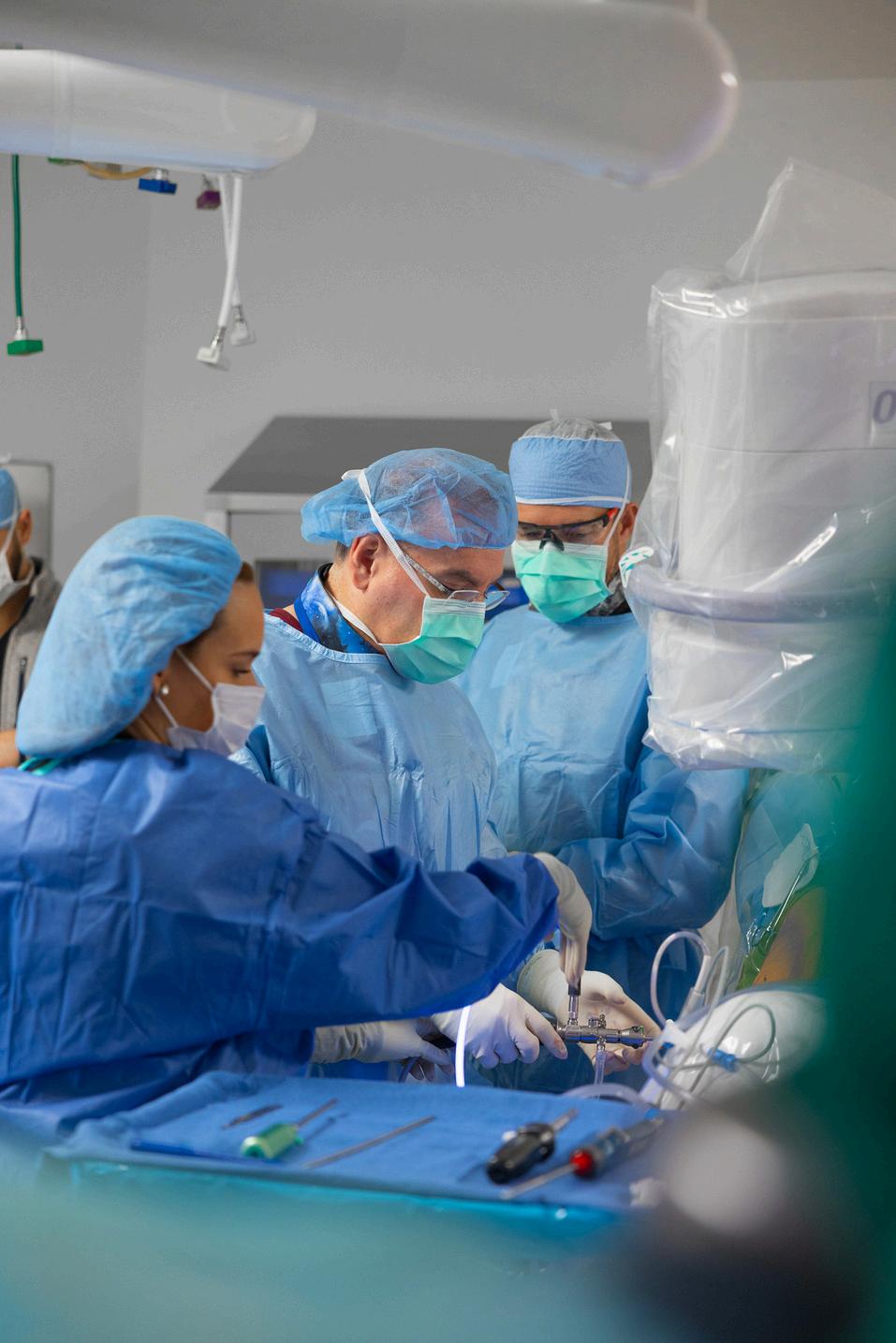

For over 20 years, OM has been the go-to resource for physicians who want to build their workers’ compensation program the right way.
We work with doctors who: Put patient care first, no matter the payor Understand the importance of clear documentation Communicate effectively with nurse case managers, adjusters, attorneys, and employers Are committed to helping injured employees return to work safely and promptly


We are excited to share that Vero Orthopaedics has expanded to serve injured workers even better, with a newly opened second-floor suite dedicated to Hand and Upper Extremity care.

This new space was thoughtfully designed to support more streamlined, coordinated care featuring on-site occupational therapy and easy access to fellowshiptrained specialists. It’s all part of Vero’s continued commitment to provide exceptional care to the Vero Beach community and the injured workers they serve.
Erin Forest, MD
Hand & Upper Extremity
Surgeon
Total Joint Replacement & Revision
Joao (Joe) Panattoni, MD
Hand & Upper Extremity
Surgeon
Total Joint Replacement & Revision
Paul Paterson, MD
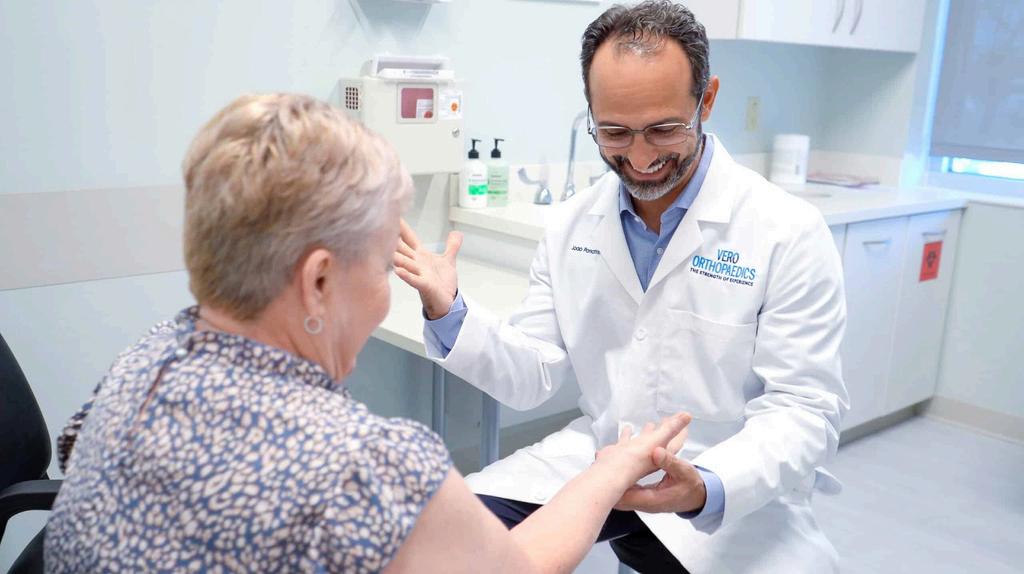
Hand & Upper Extremity
Surgeon
Total Joint Replacement & Revision
Ifyou need to referan injuredworker with a hand,wrist, elbow, orshoulder injury,Vero’s dedicated clinic is ready to provide timely, high-level care.
To referan injuredworkerorrequest more information, email workcomp@veroortho.com.

OM is pleased to share that two new fellowship-trained orthopedic surgeons have joined Orthopedic Center of South Florida
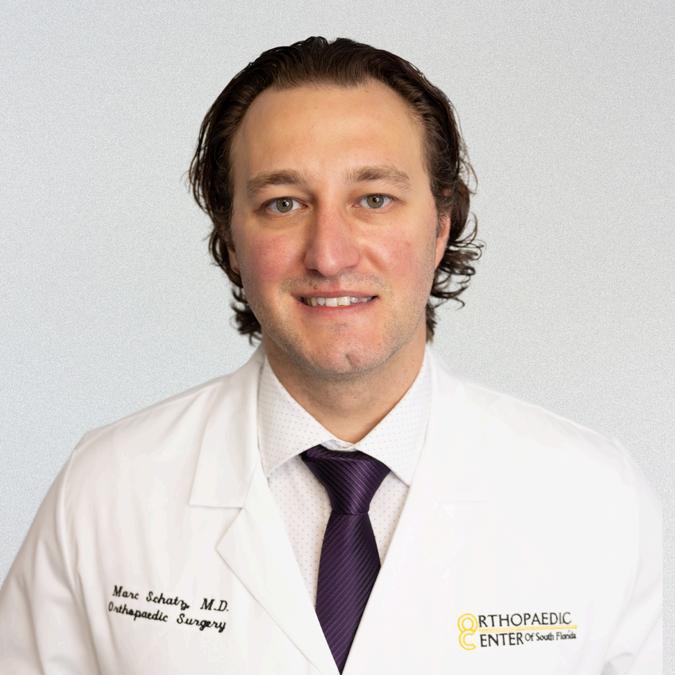
Dr Schatz is a fellowship-trained sports medicine, shoulder, and elbow surgeon He completed his undergraduate degree at the University of Miami and earned his medical degree from the University of Miami Miller School of Medicine He then completed his orthopedic surgery residency at Louisiana State University Health Sciences Center and went on to complete a Sports Medicine and Shoulder/Elbow fellowship at the University of Tennessee-Campbell Clinic in Memphis, TN He treats a wide range of orthopedic conditions and has a special focus on minimally invasive and arthroscopic techniques for shoulder and elbow disorders He is Board Eligible and now seeing injured workers
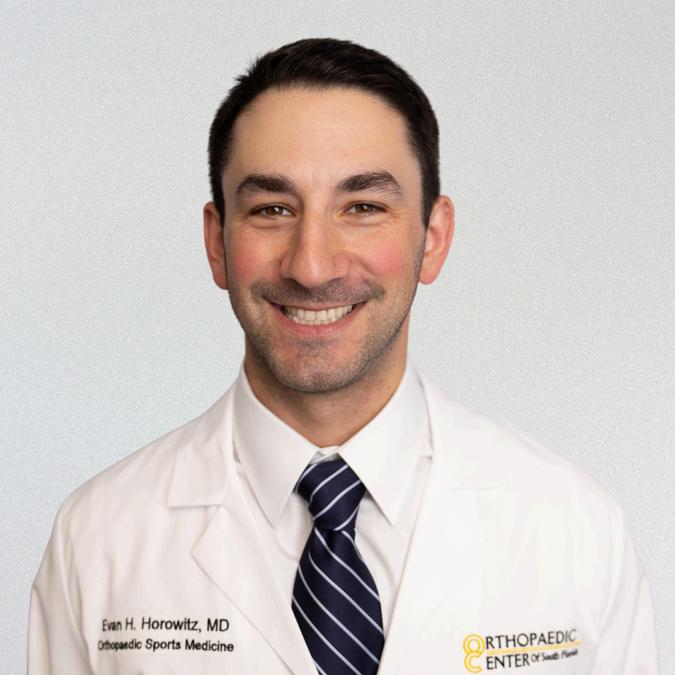
Dr Horowitz is a fellowship-trained sports medicine orthopedic surgeon He earned his undergraduate degree from the University of Florida and received his medical degree from the University of South Florida Morsani College of Medicine He completed his orthopedic surgery residency at SUNY Downstate Health Sciences University and completed his fellowship in Sports Medicine at Lenox Hill Hospital in New York City His interests include treating athletic injuries of the shoulder, elbow, hip, and knee, using advanced arthroscopic techniques He is Board Eligible and now seeing injured workers
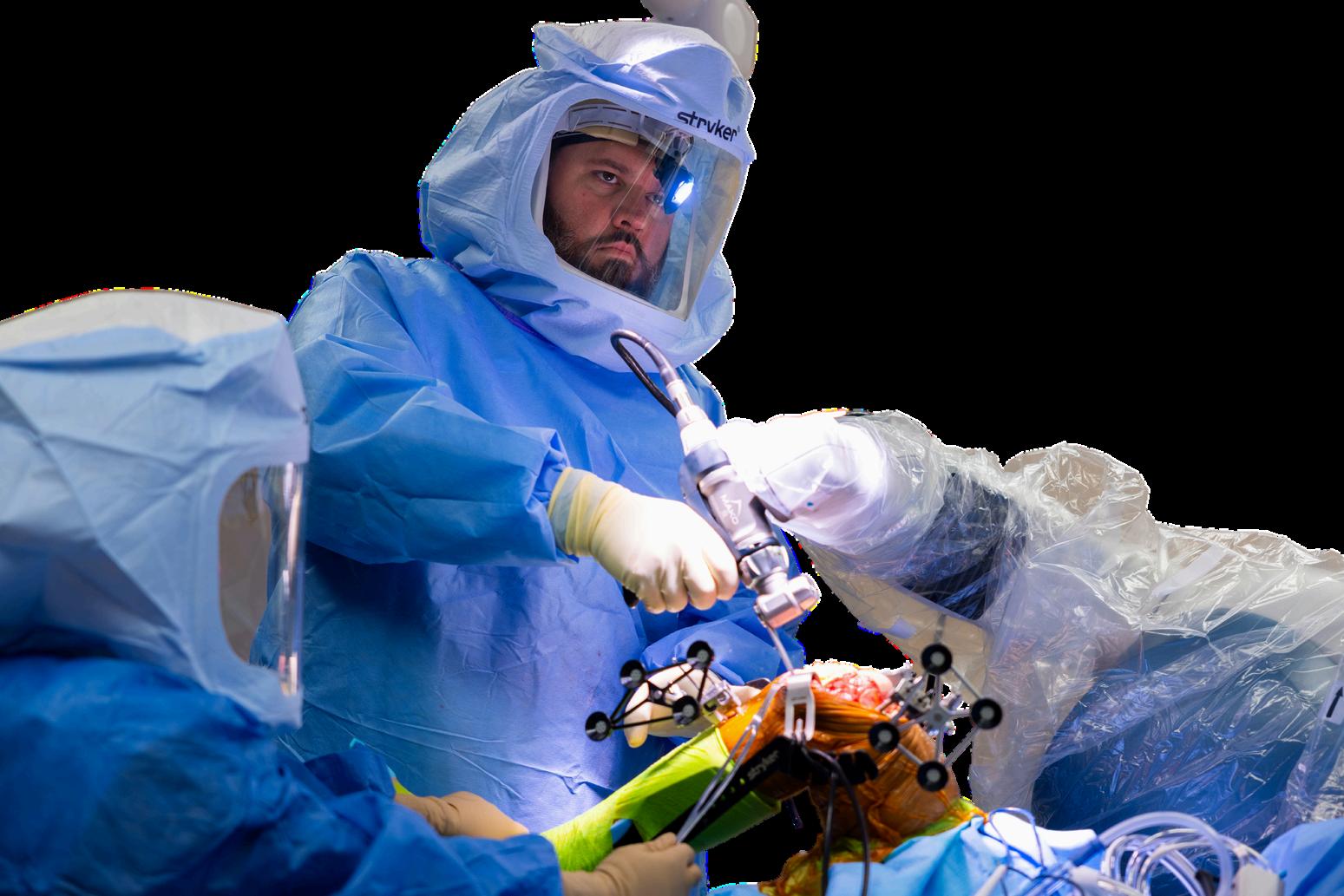

OM is proud to recognize Dr Matthew Widner, a WorkCompReady™ orthopedic surgeon with the Orthopaedic Center of South Florida, for being selected as one of the winners of the 14th Annual Florida Orthopaedic Society (FOS) Injured Worker Inspiration Awards
The FOS Injured Worker Inspiration Award was created to recognize the achievements of injured workers and their musculoskeletal physicians, as well as the advances of musculoskeletal science. The awards are presented each year during the Workers’ Compensation Educational Conference, hosted by the Workers Compensation Institute (WCI) This platform highlights the significant impact of musculoskeletal injuries and care in the workers’ compensation community
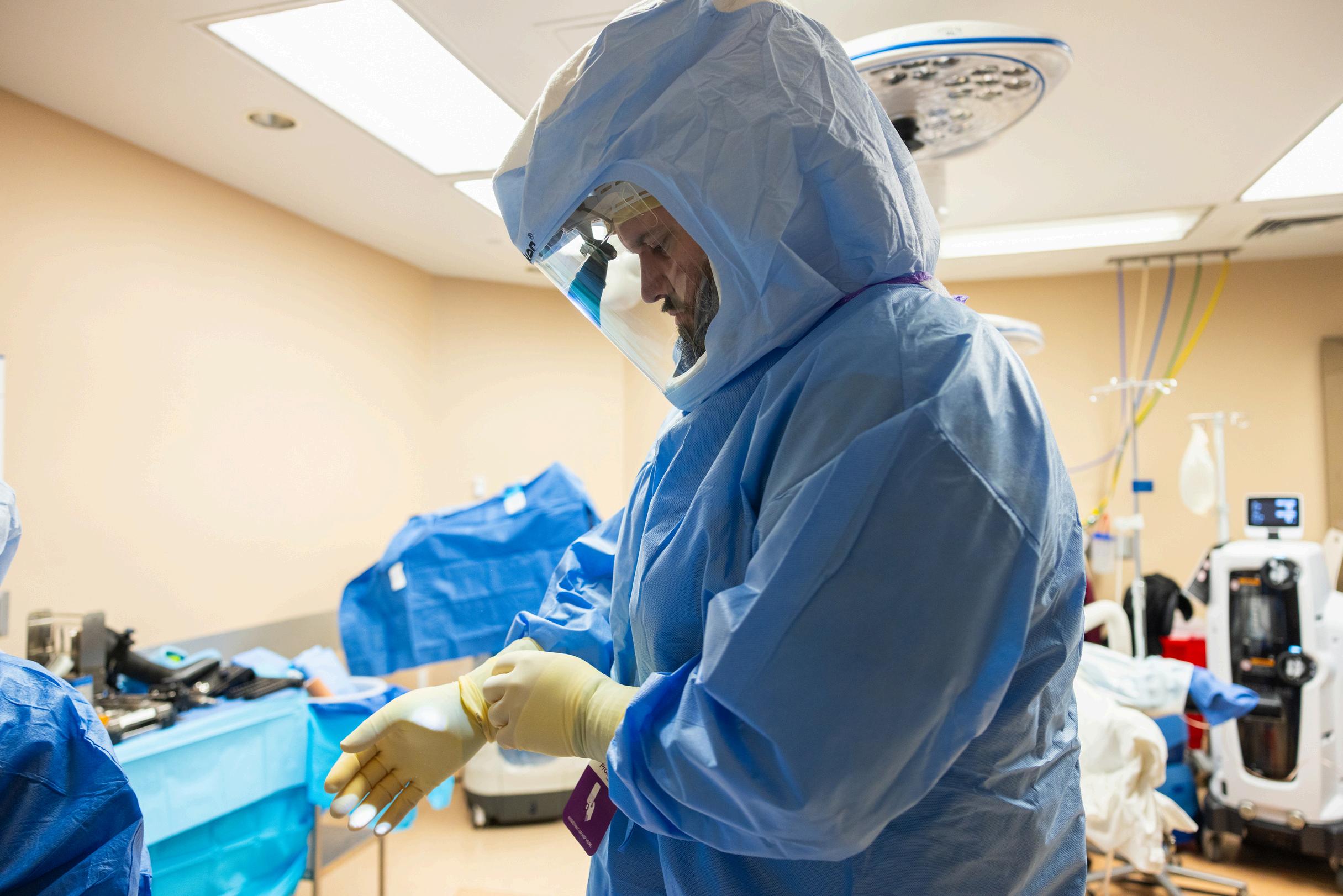
As part of the recognition, finalists are invited to present a 10minute case presentation during the Orthopaedic Breakout Session on Monday, August 18, 2025, at the 2025 WCI Annual Conference, which draws a national audience of case managers and adjusters In addition, recipients will be featured in an interview on WCI TV, the official television station of the conference
Dr Widner was selected for his exceptional care of a 23-year-old injured worker who fractured his right humeruswhile arm wrestling at work The patient underwent ORIF surgery two weeks after the injury, made an excellent recovery, and was able to return to work as a waiter within two months He reached maximum medical improvement (MMI) just four months post-op with a 0% permanent impairment rating
OMcongratulatesDr.Widneronthisoutstandingrecognition andishonoredtosupportphysicianswhodeliver exceptionalcareandhelpinjuredworkersrecoverand returntowork.

Practices that earn the Center of Excellence Designation will be formally recognized for their leadership in the field and their commitment to delivering exceptional, outcomes-focused care to injured workers.
For more information about the COE Designation or to express interest in serving on the Oversight Committee, please contact Mari Diaz at mari@omktg.com.
Developed in partnership with leading employers, carriers, adjusters, case managers, and clinical experts, this designation sets a new benchmark for quality care in workers’ compensation It recognizes only those practices that consistently demonstrate:
Clinical expertise at the highest level
Operational excellence across all workflows
Measurable, outcomes-driven care
A sustained commitment to best practices in the treatment of injured workers
This is not an award or a membership it is a structured, formal designation grounded in performance, accountability, and ongoing excellence.
Practices must complete a comprehensive application, meet clearly defined clinical and operational criteria, and undergo an independent evaluation conducted by an Oversight Committee comprised of physicians, employers, adjusters, and nurse case managers
OM has been preparing for this launch for over a decade. Since 2010, OM has certified physicians through its nationally recognized WorkCompReady™ program, and in 2021, introduced the Best Doctors in Workers’ Comp Awards, based on nominations from adjusters, case managers, and employers.
The COE Designation builds on this foundation and takes it a step further offering a nationally respected framework modeled after the Joint Commission concept but designed specifically for the workers’ compensation system
Applications will officially open in August and will be accessible through the OM website. Full details on eligibility, evaluation criteria, and submission requirements will be released at that time.

OM doctors specialize in the prevention and treatment of work-related injuries and illnesses. They have the expertise to identify potential hazards in the workplace and suggest ways to mitigate those risks.
One way that OM doctors can help improve the safety of your office is by conducting a tour of your facilities During the tour, they will assess the layout of the workplace, the equipment being used, and the overall working conditions. They will look for any potential hazards that could cause accidents or injuries, such as tripping hazards, electrical issues, or exposure to hazardous substances.
Based on their observations, OM doctors can then make recommendations for improving the safety of the workplace. These recommendations might include installing safety guards on machinery, improving lighting and ventilation, or providing protective equipment for employees.
In addition to conducting tours, OM doctors can also arrange for on-site employee seminars. These seminars can cover a variety of topics, such as ergonomics, workplace safety, and healthy living. By educating employees on how to stay safe and healthy on the job, you can help reduce the risk of accidents and injuries in the workplace.
This section is all about the everyday things that support your well-being—both at work and in life. From taking care of your mental and physical health to practicing mindfulness and self-care, you’ll find simple tips to help you stay balanced, healthy, and happy.
No matter where you work, whether it's a cozy corner at home or a busy office building, your space should feel good It should feel like you And more importantly, it should support your well-being We spend so much of our time working When we take care of ourselves while getting things done, we feel more balanced, more focused, and honestly, just happier
If your workspace feels a little off or like it does not reflect your energy, let’s change that. Here are a few simple ways to make your space feel more wellness friendly and supportive of you
A few drops of essential oils can shift your energy completely Scents like peppermint and citrus are known to help with energy and focus Lavender and eucalyptus are calming and grounding If you cannot use a diffuser in your space, try a roll on and apply a little to your wrists or temples It is a quick and simple way to care for yourself throughout the day
A cluttered space often leads to a cluttered mind If your desk is filled with paperwork, notepads, or random items, take a moment to clear it out. Use one planner to keep everything organized. Store extras in a drawer or container Even a little tidying up can bring so much mental clarity

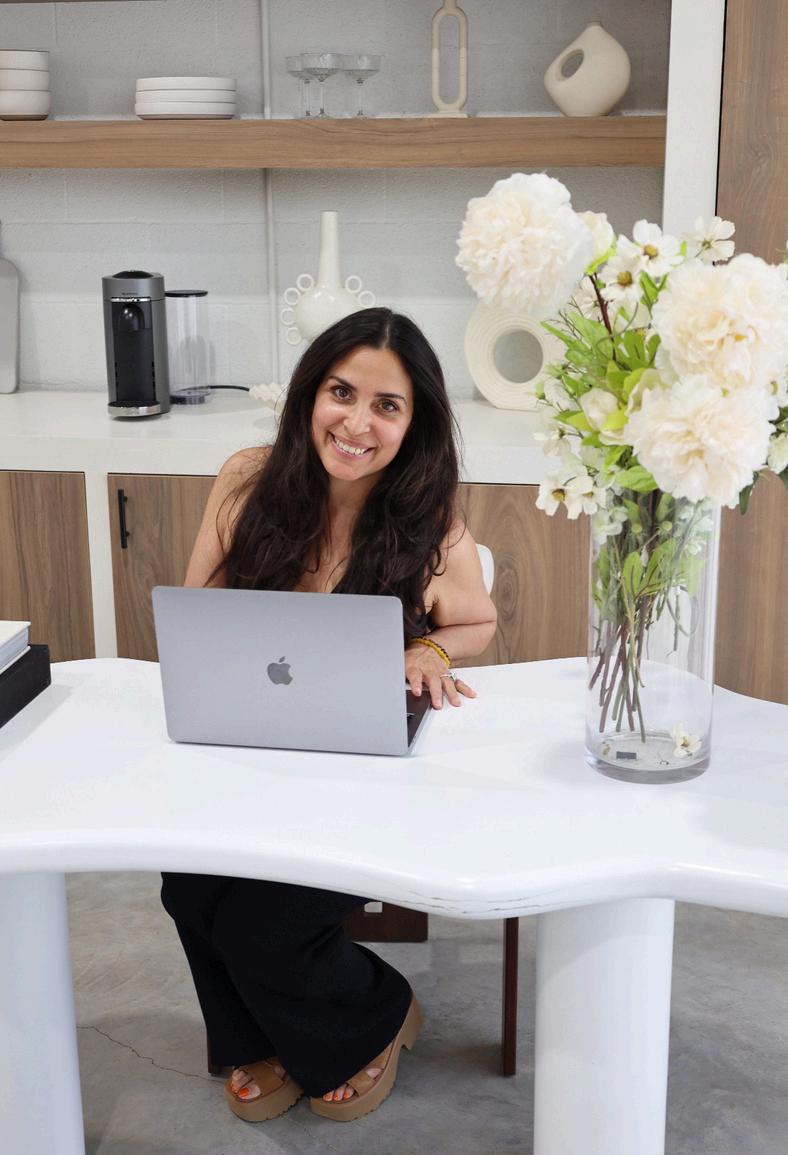
Add a few positive reminders around you. This can be a quote on your screen, a sticky note, a printed photo, or a vision board nearby. These small things help you stay grounded and inspired, especially on long or stressful days



WRITTEN BY NICKCOLA BARBER
To thrive emotionally is to feel deeply, heal consciously, and live intentionally It’s not about bypassing pain or avoiding discomfort it’s about building a foundation within ourselves that allows us to remain rooted in self-trust, joy, and clarity, no matter what the world throws our way
Thriving emotionally means not just surviving the day but showing up for your life with presence, self-respect, and an open heart It is the quiet but powerful act of choosing alignment over approval, peace over pressure, and authenticity over perfection
To thrive emotionally is to:
Acknowledge your feelings without judgment
Prioritize emotional self-care as much as physical health
Know your triggers and your tools
Create daily rituals of emotional hygiene
Speak to yourself in the tone of someone who loves you deeply
Allow joy even when it feels vulnerable
Here are key tools that can serve as anchors throughout your day:
1.MorningGroundingRituals
Begin your day with intention Try: 5-minute breathwork or meditation
Journaling 3 things you ’ re grateful for
Reciting a personal affirmation like: “I am grounded, I am worthy, I am whole ”
2.EmotionalCheck-Ins
Throughout the day, pause and ask: What am I feeling right now?
What do I need in this moment?
What would support my nervous system?
3.BoundariesasSelf-Love
Say no without guilt Say yes without fear Boundaries are not walls they are bridges to emotional freedom
4.JoyfulMovement
Dance, stretch, walk any physical movement that lets energy move through your body is medicine
5.ConnectionwithOthers
Don’t isolate when you ’ re hurting. Call a friend, join a community circle, or send a voice note. Authentic connection is healing
6.Wind-DownReflection
In the evening, write down: What felt good today? What challenged me emotionally? How did I support myself?
Visualize the emotionally thriving version of yourself: How do you walk?
How do you handle stress?
What does your peace look like?
Write a vision statement: “I am a woman who moves through life with grace, peace, and rooted confidence. I do not chase, I attract. I trust the timing of my healing ”
Step 2: SPEAK IT — Affirm It Daily
Create 3–5 affirmations that keep your emotional center strong:
“I honor my emotions without letting them control me ”
“I choose peace over people-pleasing ”
“I am allowed to take up space, rest, and receive ”

Step3:MANIFESTIT—AlignYourHabits
Every manifestation requires aligned action Your emotional thriving plan might look like:
Daily Goal Breathwork + Affirmation Yes / No
Daily Goal
10-minute walk or dance session Yes / No
Daily Goal Journal or voice memo reflection Y / N
Daily Goal Say no or expres Daily Goal 3 things I’m pro
Emotional thriving doesn’t mean you ’ re always happy It means you ’ re honest, resourced, and anchored You ride the waves instead of drowning in them. You give yourself permission to both feel and flourish
So today, choose yourself again. Light a candle Say a prayer Reclaim your joy You are not here to merely survive you are here to BLOOM!


NickcolaBarber Director of Complex Case Management nickcola.barber@accordcare.com

Florida Spine Associates provides world-class spine care, returning patients to their desired level of activity, using innovative, efficient, and nascent technologies and processes.

Our main focus is always patient care and the experience in Workers Compensation Care. Each provider takes time with their patients to make sure we are giving them the best care and treatment to feel better. At Florida Spine Associates we are here to help each patient "Take back your life"
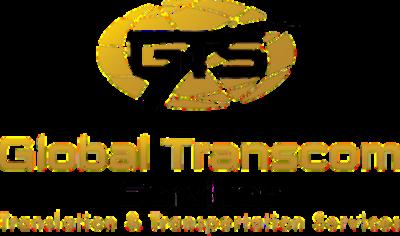
With over 70 years of combined Experience in Workers’ Compensation, our experience stems from Adjusting and Case Management and we bring that experience to being your Translation and Transportation Partners.
We strive to be the best in the Transportation and Translation industry, and we do this by handling our referrals with a case management approach.
We believe that this is a partnership to return your injured workers to work in a timely and cost-effective manner and that all parties know that “GTS Cares.
TRANSLATION SERVICES
In Person Medical Translation
In Person Legal Translation
Document Translation
Over the Phone Translation (OTP)
Medical & Court Certified Interpreters when needed
TRANSPORTATION SERVICES
Ambulatory
Wheelchair
Non-Emergency Stretcher
Ambulance– ALS, BLS, Air Ambulance
CONCIERGE SERVICES
Commercial Airline Transportation
Hotel & Lodging Arrangements
Train/Rail ticketing
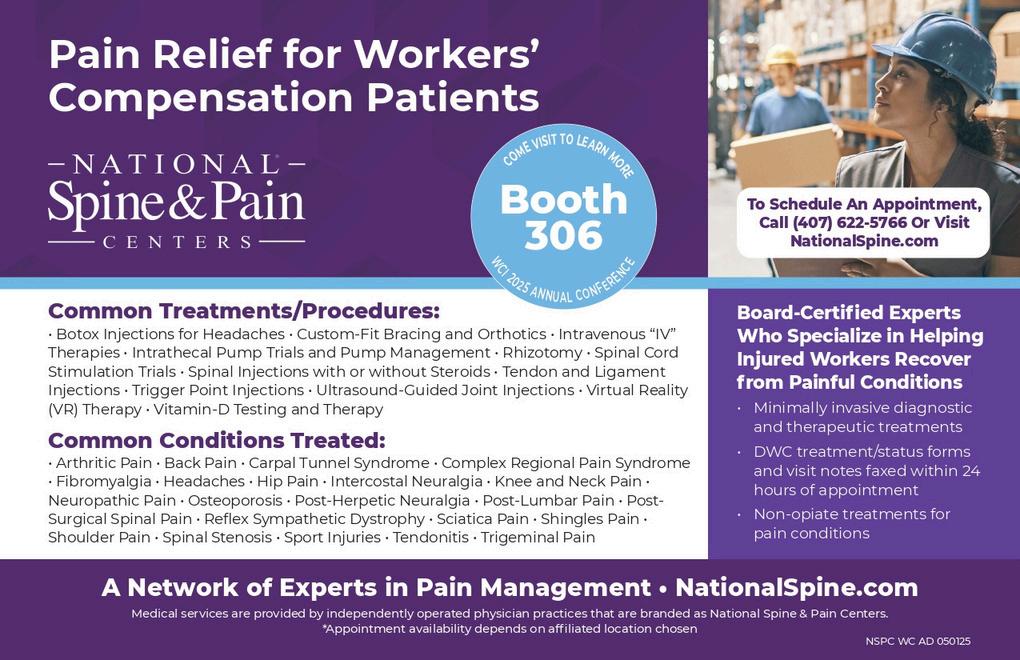
WRITTEN BY MARI DIAZ

Let me start with this. I love wellness, but I also love facts. Over the years, I’ve tried just about every trend under the sun. Some that stayed with me, and some that were, well… just a phase Juicing was one of those things I dove into headfirst I bought the juicer I filled my fridge with beets, celery, kale, lemons, and ginger It felt like the healthiest decision I could make But after a while, I found myself wondering is this really helping me, or is it just something that feels healthy?So I did what I always do I paid attention to how my body responded, and I took the time to look at what the research actually says If you ’ ve ever wondered whether juicing is a great habit or just a pretty glass of hype, here’s what I’ve learned personally and factually
There’s something undeniably refreshing about starting the day with a cold green juice And there are definite upsides Juicing can give your body fast access to vitamins and minerals like vitamin C, potassium, folate, and antioxidants For people who aren’t eating enough fruits and veggies, it’s a helpful way to get some of those essentials in It’s easy on digestion During a time when my digestion was feeling off, juices gave me what I needed without overwhelming my system For anyone dealing with inflammation or gut sensitivity, this can be a gentle way to nourish your body It gave me that glow After a few weeks of sticking to veggie-heavy juices, I noticed my skin looked fresher, my energy felt smoother, and I just felt more hydrated It makes sense Juices made from carrots, greens, or citrus are rich in compounds that support skin health and hydration.
Like everything in wellness, context matters Juicing can be part of a healthy lifestyle, but it’s not a fix-all You lose most of the fiber One of the biggest drawbacks is that most of the fiber is stripped away when juicing Fiber is what helps regulate blood sugar, supports digestion, and keeps you full Without it, juice becomes more like a quick vitamin shot than a real source of nourishment It can spike your blood sugar Even though the sugars are natural, fruit-based juices can cause a rapid blood sugar spike When you drink juice without fiber or protein, your body absorbs that sugar very quickly For some people, that can lead to a crash or even cravings a few hours later It’s not a meal I’ve made the mistake of replacing lunch with a juice, only to feel tired and hungry shortly after. Juice is not a substitute for a complete meal. And there’s no scientific evidence that juice cleanses are necessary or beneficial
Your body already has an incredible detox system called your liver and kidneys They do their job just fine when you support them with whole, balanced foods It can get expensive Not just the cost of produce, but also the time it takes to prep, clean, and store And when you buy bottled juices, some of them are pasteurized, which means the nutrient levels may be reduced

Yes, it can be but only when it’s used the right way Juice should add to your day, not replace real food Here’s what I recommend:Make it mostly vegetables with a splash of fruit for flavor My go-to is cucumber, celery, spinach, a little lemon, and maybe half an apple This keeps sugar lower and nutrients high Use it as a supplement, not a substitute Enjoy juice alongside a fiber-rich breakfast or snack Never rely on it as your only source of nourishment Skip the all-day juice cleanses They’re not necessary and can backfire. There’s no evidence that they detox your body. Whole foods do that job better.Listen to your body.If juice makes you feel good, great. If it makes you tired, cranky, or hungrier, it may not be working for you

These days, I make a fresh juice two or three times a week. I use it when I feel like I need a little reset or an immune boost I never skip meals to make room for juice And I always make sure it’s part of a bigger picture that includes fiber, protein, and healthy fats.Juicing isn’t my identity. It’s just one way I care for my body when it feels right
Juicing isn’t good orbad. It’s just one tool. When used with intention and balance, it can absolutely be part of a healthy life.But no juice is more powerful than sleep, peace of mind, ora plate filled with realfood. So drink the green juice if you enjoy it,but neverforget that health is built from consistency, kindness, and nourishmenton every level— body, mind, and heart.


WRITTEN BY MARI DIAZ
We all work differently Some of us wake up ready to conquer the world before sunrise, while others find their focus long after everyone else has signed off for the day We all have different rhythms, tendencies, and motivators so why force ourselves into one-size-fits-all productivity advice?
That’s where astrology can come in Your zodiac sign can offer helpful insight into how you naturally approach work, structure, and motivation Whether you're driven by routine or fueled by inspiration, there may be a strategy that fits youbetter and feels less like a struggle Below, you'll find a productivity method tailored to your sign to help you stay on track, avoid burnout, and feel more aligned with your day
Known for their drive and urgency, Aries benefit from short, focused bursts of work. Implement 25to 30-minute sprints followed by brief breaks to harness energy and maintain momentum.
Taurus(April20–May20)
Strategy: Structured Daily Routine
Taurus thrives in environments that are calm, consistent, and predictable A fixed daily schedule with clear task windows supports steady productivity and minimizes decision fatigue
Gemini(May21–June20)
Strategy: Rotating Task Blocks
Mentally agile and easily bored, Geminis do best when they can shift between different task types. A rotating task system keeps their focus fresh and attention engaged.
Cancer(June21–July22)
Strategy: Energy-Aligned Scheduling
Cancers are highly intuitive and sensitive to energy shifts Planning tasks around natural emotional highs and lows allows for sustainable productivity throughout the day
Leo(July23–August22)
Strategy: Visibility-Driven Goal Setting
Motivated by achievement and recognition, Leos respond well to visible goals and milestone tracking Public commitments and performance metrics can drive long-term success.
Virgo(August23–September22)
Strategy: Detailed Planning Systems
Analytical and precise, Virgos work best with clearly defined plans Project management tools, spreadsheets, and step-by-step outlines allow for seamless execution and clarity
Libra(September23–October22
Strategy: Team-Based Productivi
Collaborative by nature, Libras are en working with others Regular check-i working sessions, and team account maintain balance and drive
Scorpio(October23–November
Strategy: Deep Work Intervals
Focused and intense, Scorpios bene uninterrupted work sessions. Reserv blocks to eliminate distractions and c complex, priority tasks efficiently
Sagittarius(November22–December21)
Strategy: Goal-Oriented Flexibility
Sagittarius individuals are vision-driven but value autonomy Flexible structures paired with clear longterm goals provide direction without feeling restrictive
Capricorn(December22–January19)
Strategy: Milestone Tracking and Metrics
Capricorns excel when progress is measurable Break down projects into tangible benchmarks and track results to maintain discipline and forward motion.
Aquarius(January20–February18)
Strategy: Innovation Time Blocks
Independent and idea-driven, Aquarius thrives when allowed to explore new solutions Schedule dedicated time for brainstorming, experimentation, and innovation
Pisces(February19–March20)
Strategy: Creative Flow Scheduling
Pisces work best when they can follow inspiration
Build flexibility into the schedule to accommodate creative flow, and incorporate resets that engage the senses and restore focus
You don’t have to believe in astrology to find value in a more personalized approach to productivity. These strategies are simply meant to offer a new perspective, a way to think about how you naturally focus, plan, and move through your day
Even the smallest shift in how you approach your time can make everything feel more manageable If something here feels helpful try it If not, keep oal is to create a helps you stay that feels right

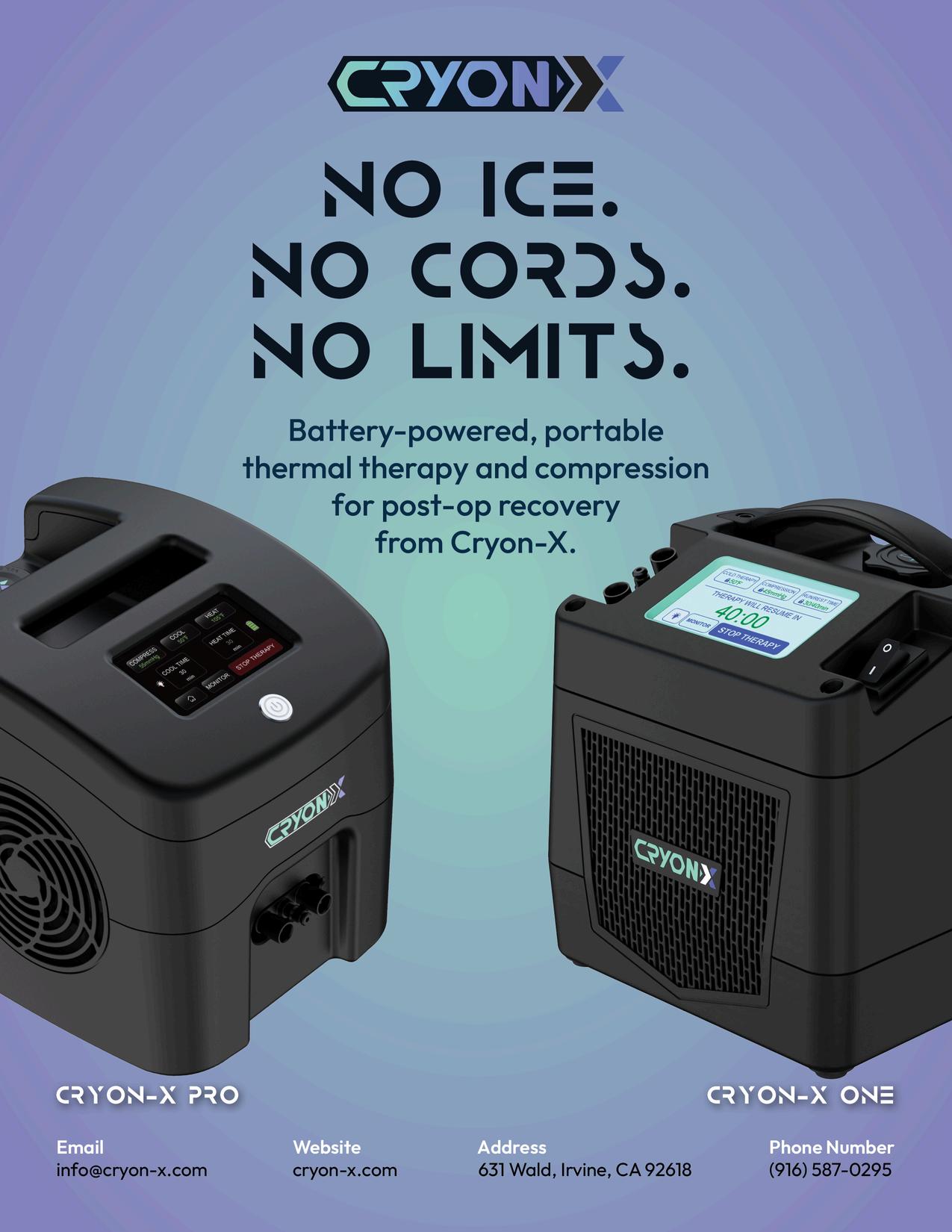


With over 20 years in business, Quinlan Medical Management (QMM) is a woman owed company that brings unmatched experience to Field Case Management Services, helping injured individuals recover faster while supporting employers and insurers with cost-effective solutions. Your partner in return to work recovery Seamless care coordination and proactive case management for better outcomes Rapid response for worker’s comp, disability, and catastrophic cases

You’ve seen them everywhere from Pinterest boards to post-it notes stuck on bathroom mirrors Affirmations Those short, powerful phrases we whisper to ourselves in hopes of attracting something more: love, health, abundance, confidence But here’s the thing while affirmations can be transformative, most people are doing them wrong And if they’re not working for you, it’s not your fault it’s the wording What if a few tweaks could turn your morning mantra into a magnet for everything you ’ re trying to call in? Let’s break down how affirmations actually work and how to make them work for you
At their core, affirmations are present-tense, positive statements that train your subconscious mind to believe in a desired reality. They are not wishes Not maybes Not far-off goals They are bold declarations that embody who you ’ re becoming, right now
Instead of: “I want to be loved ” Say: “I am deeply loved and supported ” Instead of: “I will be successful ” Say: “Success flows to me with ease ” Instead of: “I hope I can be confident ” Say: “I radiate confidence and clarity ”
Words matter. “I am, ” “I attract,” and “I enjoy” are affirmation gold. They keep you rooted in now, instead of chasing a future that always feels out of reach.

Here’s a common mistake: focusing on what you don’t want Saying “I’m not stressed” still keeps stress as the focus Your subconscious hears “stressed” and holds onto it
Try this instead:
Instead of: “I don’t want to be in debt.” Say: “I enjoy financial freedom and security.” Or:
Instead of: “I don’t smoke anymore. ” Say: “I love breathing clean, fresh air.”
Even the phrase “losing weight” can send mixed signals to your mind Instead of focusing on loss, flip the script:
“I feel stronger, fitter, and healthier every day ” “My body is becoming more energized and vibrant ”
Affirmations aren’t about chanting words like a robot. You have to feel them. The more emotion you bring, the more powerful they become. So ask yourself what’s behind your affirmation?
If your affirmation is: “I am healthy and energized,” what’s your deeper why?
Maybe you want to run after your kids without getting winded Maybe you want to feel good in your body again Maybe you ’ re honoring a parent’s health journey Tap into that Let it fuel the words
Let’s be honest saying “I am abundant” while you ’ re staring at an overdraft alert can feel fake And that’s where resistance creeps in
Try softening it:
“I am attracting new opportunities and financial flow ”
“I am becoming someone who welcomes abundance with ease ”
“Financial freedom is being drawn to me now ”

This structure is known as present progressive tense and it works like magic Add “ now ” to remind your brain that this shift is already happening
The most successful affirmation practice? One that’s woven into your day
Write them in your journal Whisper them in the shower. Set reminders on your phone. Add them to your morning skincare routine or your wind-down playlist
And most importantly keep them yours Let your affirmations feel like love notes from your future self Uplifting. Embodied. Honest. Choose words that spark emotion, not just check a box.
I am calm and grounded, even when life feels chaotic.
I enjoy the feeling of confidence and ease in my body
Abundance flows to me in expected and unexpected ways
I am becoming more aligned with my purpose each day.
Let these phrases be your anchor. Let them remind you who you are—and who you’re becoming. Because she’s already within you… you’re justgiving her permission to rise.

SamanthaDiaz
Travel & Lifestyle Blogger www.travelandbrew.com
IG: @iamsamanthasdiaz


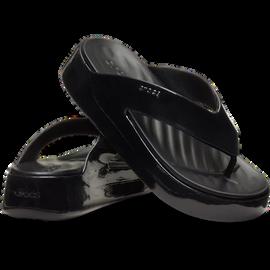
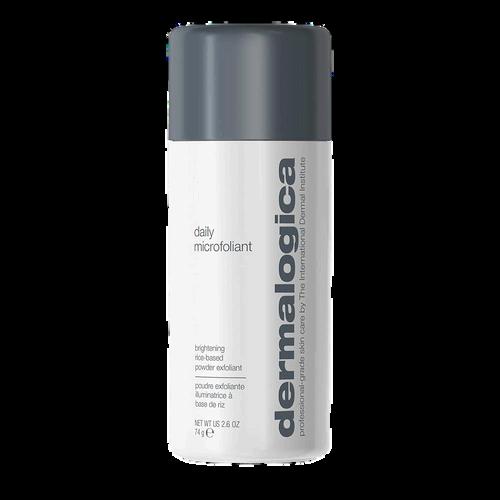

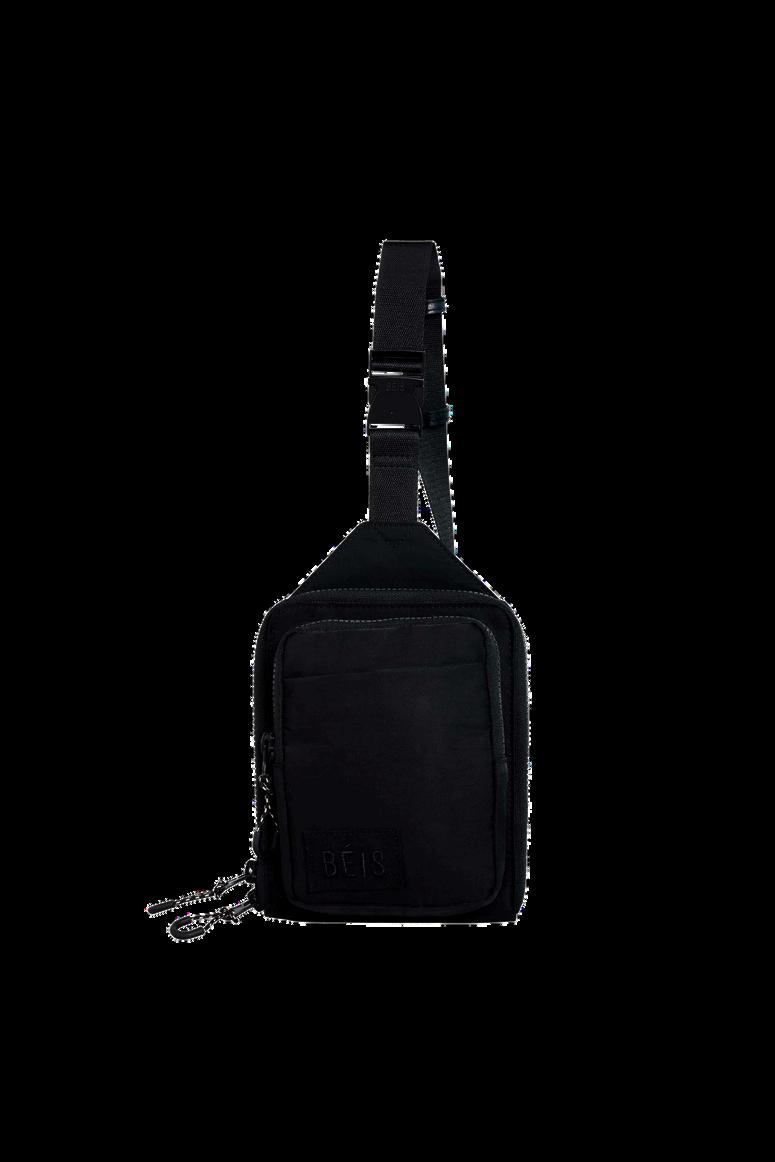



The Travel section in BLOOM Magazine is your ultimate guide to discovering the most exciting travel destinations and hidden gems. With insider tips on packing, budgeting, and inspiration, readers can plan their next vacation with ease. Featuring stunning photography and takeing readers on a visual journey to some of the most beautiful places on earth. Whether you're a seasoned traveler or planning your first trip, this section is a must-read to make the most out of your travels.


WRITTEN & PHOTOGRAPHY BY SAMANTHA DIAZ

Each village on Sifnos has a distinct personality, and part of the fun is bouncing between them
Apollonia is the island’s lively heart It’s where I stayed, and where narrow alleyways turn into buzzing night strolls after sunset Artemonas, just uphill, is pure charm neoclassical homes, quiet paths, and a sense that life moves at half-speed Kastro is the oldest and most dramatic village, perched on cliffs with ancient walls and views that stop you mid-step And don’t overlook Kamares, the port town with its wide, soft beach perfect for shaking off your travel day
Sifnos isn’t showy It’s not the place you go to be seen it’s the place you go to slow down Tucked in the western Cyclades, this Greek island trades in simplicity: whitewashed villages, cliffside chapels, low-key beaches, and food that feels like a hug from someone ’ s yiayia If you ’ re looking for a quieter kind of magic, Sifnos is it Here’s your mini guide to getting there, settling in, and soaking it all up.
Sifnos doesn’t have an airport, which already tells you something about its pace Most visitors fly into Athens and catch a ferry from Piraeus High-speed boats (like those from Seajets) get you there in about 2 5 hours I recommend building in buffer time Athens traffic and port delays are real. If you can swing it, spend a night in Athens before hopping on the ferry
Platis Gialos is beachy and relaxed, with tavernas spilling onto the sand Faros offers coastal paths, quiet coves, and postcard-perfect views Vathi is where you unplug completely just sea, sky, and a book in your hand And Cheronissos, at the island’s tip, is a tiny fishing cove that feels frozen in time
Platis Gialos is the most accessible great for families or anyone wanting amenities within reach Kamares Beach is surprisingly lovely for a port, with shallow waters and a peaceful vibe If you're after something quieter, Faros Bay and Apokofto Beach are connected by a gorgeous coastal trail For adventure, Fikiada Beach is a hike-in or boat-in kind of secret Vroulidia takes some effort to reach but rewards you with turquoise water and zero distractions And Poulati, a rocky cove near a hilltop church, might be the most magical of all
Whereto Eat
Sifnos might be low-key, but the food is high art From traditional chickpeas slow-baked in clay pots to meals here Meraki tou meals rev goat chees creative dis Drakakis is unbeatable
Stiadi broug goat dish, a best freddo Yalos and M come for lu Cheronisso that’s all yo
SweetTre
I stopped b every morn and Dipseli galaktobou coffee mom
Kokkoi in A you're hikin a welcome
I stayed in an Airbnb with a hillside view and a kitchen for quiet breakfasts but Sifnos also has thoughtful hotels with heart In Apollonia, try Petali Village Hotel or the boutique Nostos Sifnos For a more romantic, quiet stay, Artemonas offers Arhontou and Smaragdi Hotel If you want to wake up to the sea, Platis Gialos is your spot check out Niriedes Hotel or Benaki Hotel For peace and luxury, Vathi’s Elies Resort is a splurge, and Ageliki Pension offers simplicity right by the shore If you ’ re craving complete stillness and design-forward spaces, Verina Astra (near Poulati) is unmatched
I visited in September warm seas, golden light, and fewer crowds It’s the perfect balance May to mid-June is another sweet spot: blooming landscapes, open tavernas, and cooler hikes July and August bring buzz and heat (book early), while winter is calm but quiet better for return trips than first impressions


PHOTOGRAPHY BY SAMANTHA DIAZ
Bologna is one of those cities that catches you by surprise in the most wonderful way It’s not loud or flashy, but full of life, layers, and flavor Nicknamed La Grassa (The Fat One), La Dotta (The Learned One), and La Rossa (The Red One), Bologna lives up to every name with incredible food, deep academic roots, and warm terracotta hues as far as the eye can see I visited as a day trip from Florence, and by the end of the day, I knew: I’ll be back
ByTrain: The high-speed Italo train from Florence got me to Bologna in under 40 minutes Fast, smooth, and easy You can also book through Trenitalia both are great, but I personally prefer Italo Tip: Use the Omio app to compare train times and prices If you book early, you can sometimes snag a first-class seat for just a few euros more
ByPlane: Flying in? Bologna’s Guglielmo Marconi Airport is only about 20 minutes from the city center The Aerobus shuttle is easy, but a taxi is quicker if you ’ re tired or arriving late
ByCar: If you're road-tripping, Bologna makes a great stop but avoid driving into the historic center (ZTL zone) Instead, park just outside the city walls and enjoy the walk in

PiazzaMaggiore: Start in the heart of the city It’s buzzy but not chaotic, surrounded by historic buildings like Palazzo d'Accursio and the Basilica di San Petronio Grab a coffee and people-watch
BasilicadiSanPetronio: The church is massive, a little unfinished outside, but absolutely breathtaking inside Climb the terrace for views over Bologna’s rooftops
LeDueTorri(TheTwoTowers): Bologna’s medieval icons You can climb Torre degli Asinelli for sweeping views just book ahead and bring comfy shoes
Archiginnasio&AnatomicalTheatre: This historic university building feels like walking through a living archive carved wooden ceilings, coats of arms, and academic soul everywhere.
SanctuaryofSanLuca: A 2 5-mile portico walk leads to this hilltop sanctuary, or you can take the tourist train The view is worth the effort either way
QuadrilateroMarket: Narrow streets packed with fresh mortadella, handmade pasta, Parmigiano, and other regional treats. Come hungry.


ThePorticoes: You’ll be under them constantly they stretch for over 24 miles and now have UNESCO World Heritage status Each has its own mood and history
BasilicadiSantoStefano: Known as the “Seven Churches,” it’s a spiritual maze of chapels, courtyards, and quiet beauty
PinacotecaNazionale: For art lovers Giotto, Raphael, Carracci, and more MuseoArcheologico: Ancient history and one of Europe’s best Egyptian collections
MAMbo: Contemporary art in an industrial space fresh, edgy, and worth a visit
Bolognaisn’ttryingtobetrendy.Itjustis—richinfood, history,anddailylife.Eveninasingleday,itleftamark. Nexttime,I’llstaylonger...andslower.Ifyou’revisiting Italy,carveouttimeforBologna.It’snotjustastop—it’san experience.

Travel & Lifestyle Blogger
www.travelandbrew.com
IG: @iamsamanthasdiaz
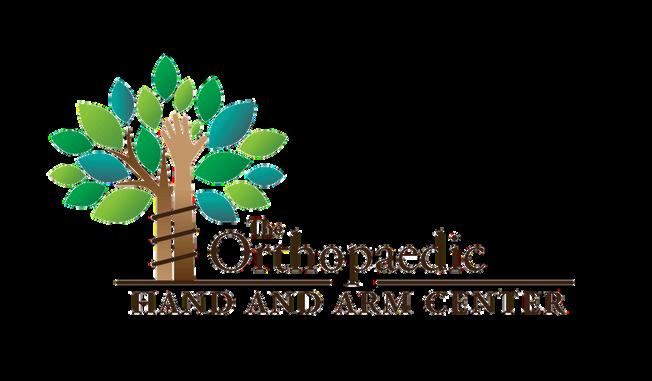
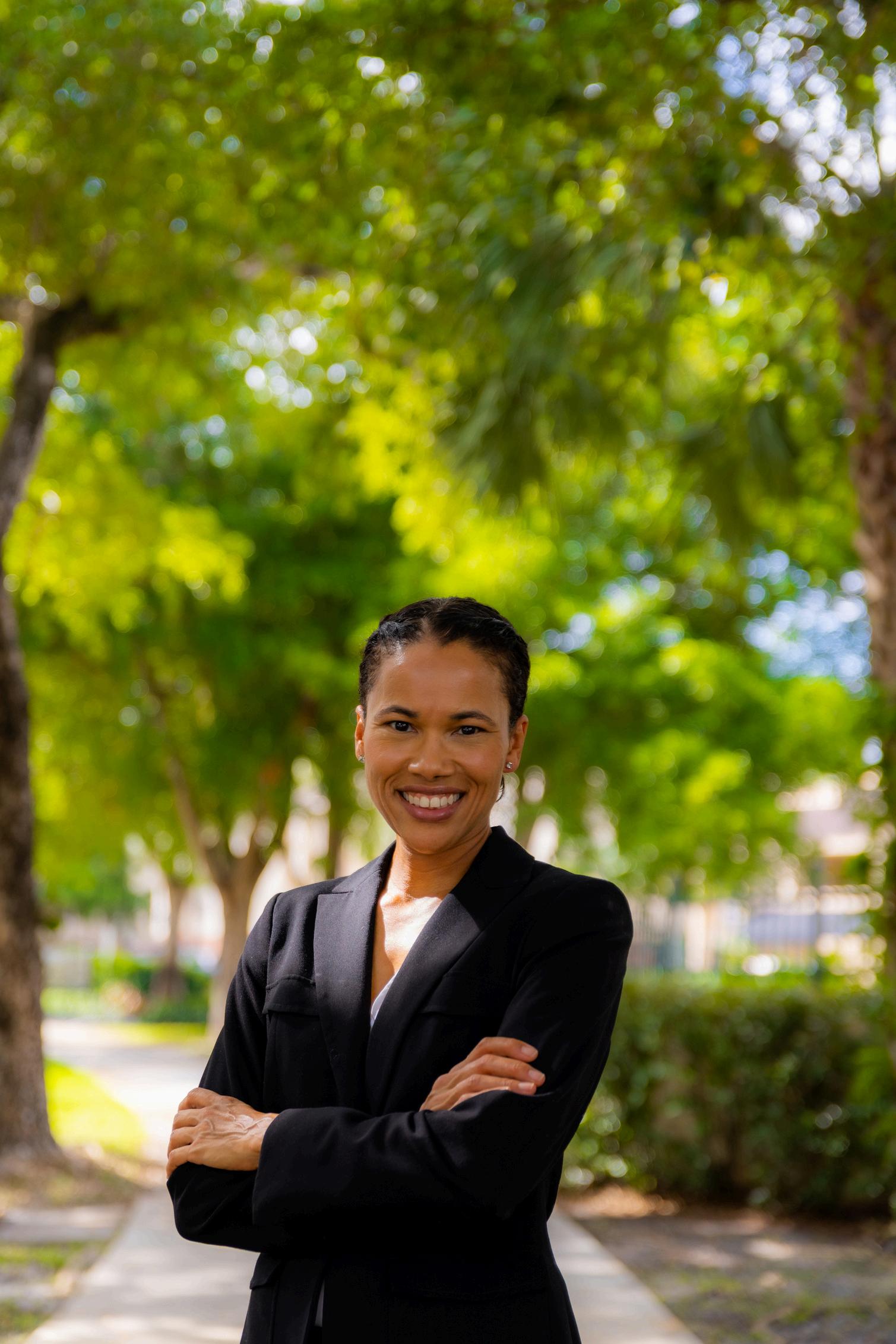
WRITTEN BY THE BLOOM TEAM
In April, we did something we ’ ve never done before Bloom went international A group of women, all from the workers’ compensation community, met in Florence, Italy for a week that none of us will ever forget Some came with their daughters, sons, others with their grandsons A few had never been to Italy before None of us knew exactly what the week would bring, but we arrived open to the beauty of Italy, to the little moments that sneak up on you when you stop to be present Not everything was perfect, but nothing is ever perfect, and that is perfectly okay
From foothills to cobblestone streets, wine tours, cooking classes, gelato classes, and guided tours, we soaked it all in We walked, we talked, we took in all the history We sat for long lunches and toasted over glasses of wine It rained. At the end, it was a reminder of il dolce far niente, the sweetness of doing nothing. We’re bonded forever by this experience And yes, we ’ re going back



So many of you reached out after the retreat and said, “I wish I had gone. ” So, we ’ re doing it again Bloom is returning to Italy in 2026 We’ll be there from September 7 to 12 for six days and five nights.
We’re planning another great experience: wine tours through Chianti and Montalcino, countryside lunches, a walking tour of Florence, a spa day, cooking and gelatomaking classes, and optional day trips to Venice, Rome, and more
This retreat is for women in workers’ compensation, but men are absolutely welcome. If you’ve been needing time to reset, this is your space.
To breathe. To bloom.
To experience il dolce far niente, the sweetness of doing nothing.
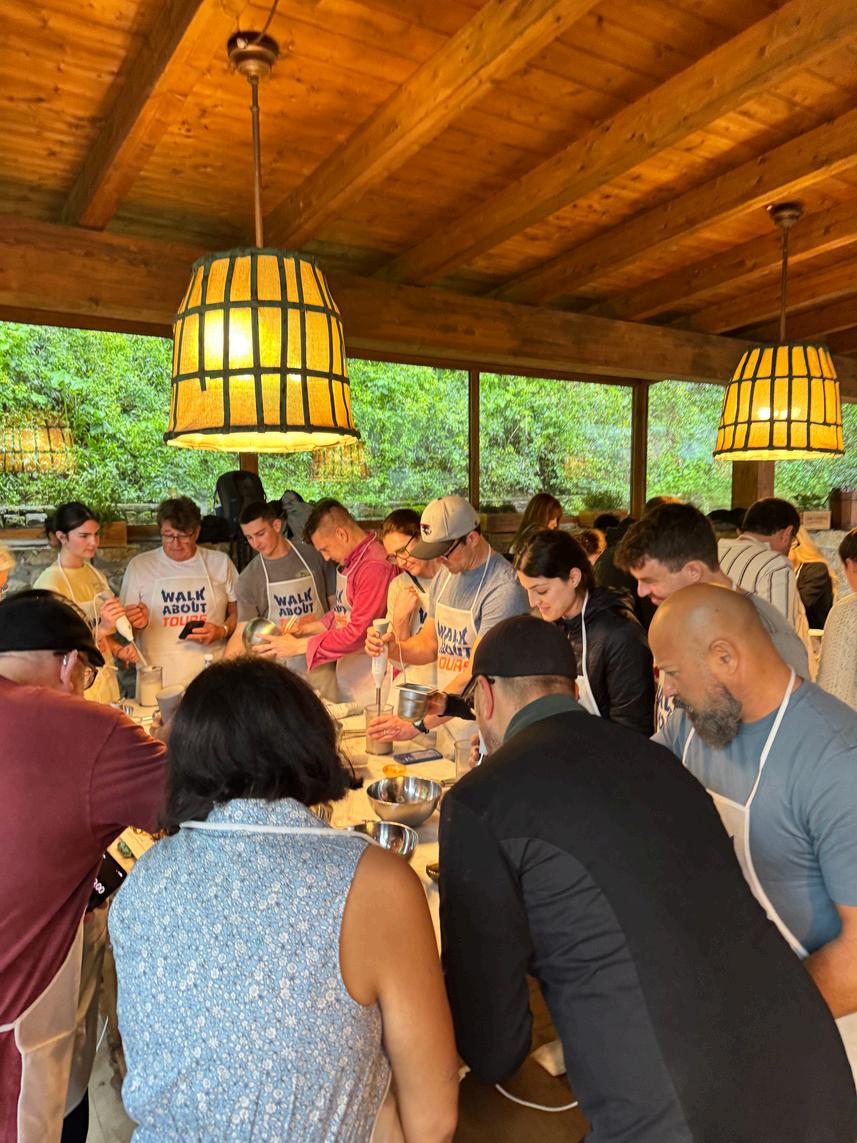
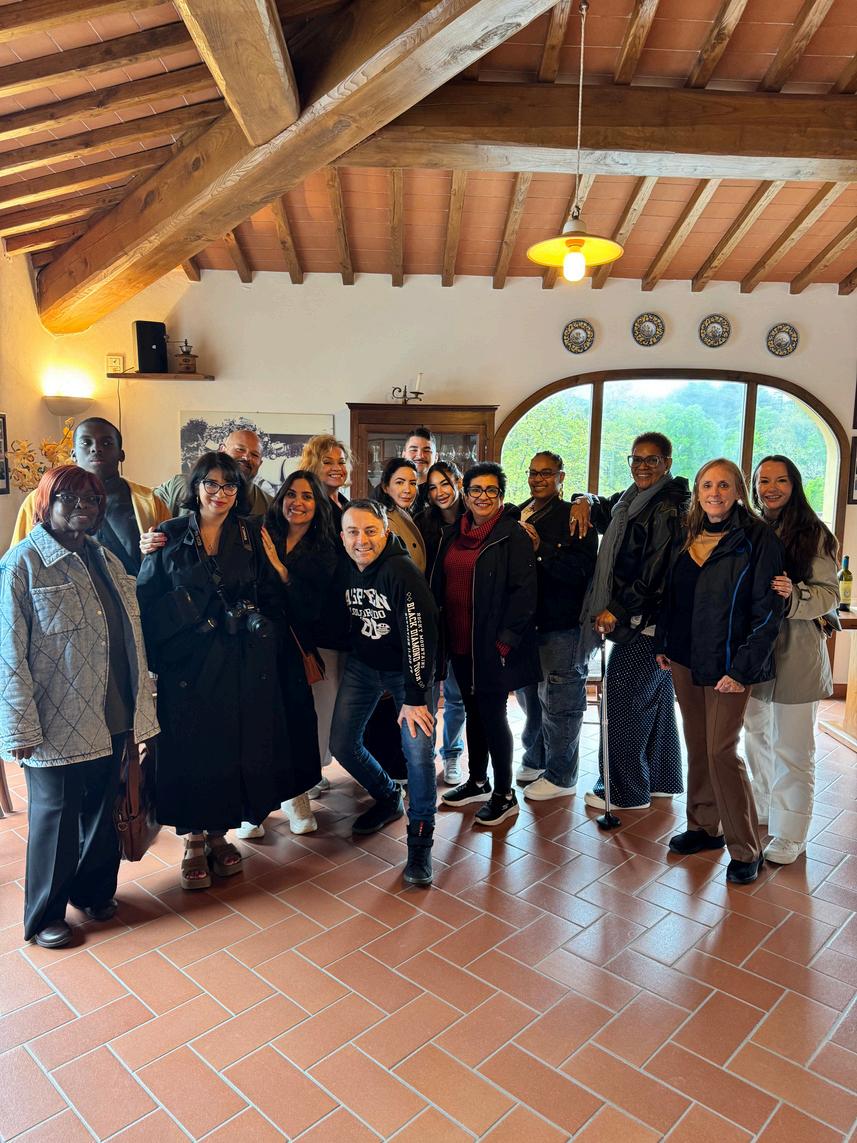

September 7–12, 2026 | Florence, Italy
If you’d like to join us, email teambloom@ommktg.com to be added to the list. A Zoom info session is coming soon. Space will be limited.
WRITTEN BY SAMANTHA DIAZ

There’s something undeniably empowering about traveling whether it’s a weekend away or a solo trip across the globe. But alongside the excitement comes responsibility. Knowing how to stay safe while exploring new places isn’t just smart it’s essential
Smaller bags are your best friend A crossbody purse with a zipper is ideal easy to keep close and harder for pickpockets to access Always fully close your bag, even in casual settings Keep passports, ID cards, and credit cards in a secure location (ideally on your person), and stash digital backups separately If your bag is ever lost or stolen, you’ll thank yourself later
If you're staying in a hostel or shared space, bring your own lock. Never assume your things are safe just because the vibe feels friendly. When it comes to valuables laptops, cameras, jewelry if it’s irreplaceable, keep it with you or skip packing it altogether And always carry a backup debit card linked to a separate account in case of theft or card freezes abroad
Exploring nightlife in a new country can be thrilling, but it’s also where things can go wrong quickly Know your limits, keep your drink in sight, and avoid wandering off with strangers even ones who seem trustworthy Write down your accommodation address in case your phone dies, and share your plans with someone back home before heading out
Have at least one person you regularly check in with via more than just text That way, if your phone gets lost or stolen, you can still communicate. Share where you ’ re going, who you ’ re with, and when you plan to return. In a crisis, that info is invaluable.
It may seem like an unnecessary cost, but travel insurance can save you thousands Look for policies that cover lost luggage, cancellations, medical care, and emergency evacuations Read the fine print if you didn’t take reasonable precautions, they may not cover your claim
Research your destination’s safety ratings, medical access, and vaccination requirements Don’t assume tap water is safe stick to bottled if there’s any doubt Understand local scams and common tricks that target tourists The more prepared you are, the more confident you’ll feel
Try not to stand out as an obvious tourist Dress respectfully for the culture, avoid flashy items, and keep a low profile Carry only what you need for the day, and keep large amounts of cash in your hotel or hostel, not in your purse
If something feels off it probably is Whether it’s a too-friendly stranger, an isolated street, or a deal that seems too good to be true listen to your intuition It’s one of the most powerful tools you have
In2025,womenaretravelingfartherand bolderthaneverbefore.Thegoalisn’tto scareyou—it’stohelpyoutravelsmart,feel confident,andmakethemostofyourjourney.


This section gives you a look at what’s happening in our growing community from events and challenges to important updates. We can’t list it all here, so for the full lineup like dinners, CEUs, masterclasses, podcasts, Bloom TV, and more visit justbloomco.com.
This freeone-dayseminar is exclusively for women in workers’ compensation, with handson leadership and wellness workshops designed to support both your personal and professional growth.
Saturday,October4th
8:00AM–5:00PM
EtteHotel:3001SherberthRd, Kissimmee,FL34747
Discounted hotel rooms are available for anyone arriving early or staying overnight
Toreceivethelinktoregister,email teambloom@ommktg.comwiththesubject lineOct4th.
This seminar is free for adjusters, case managers, risk managers, and professionals handling claims.
Ifyou’reaserviceproviderandwouldliketo participate,emailteambloom@ommktg.com aboutsponsorshipopportunities.
DON’TWAITTOSECUREYOURSEAT.THIS EVENTHASLIMITEDSPACEANDWE EXPECTTOSELLOUTVERYSOON.

Showcaseyour servicesorproducts tothousandsof workers'comp professionals.
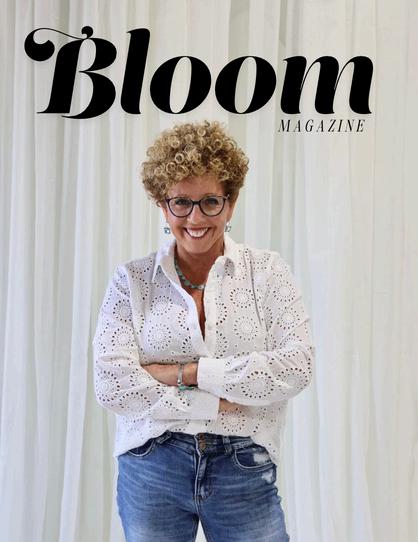


Scan QR code to head over to our website to get your free copy!


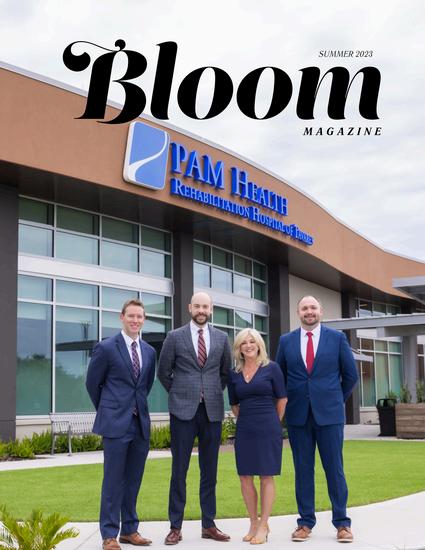


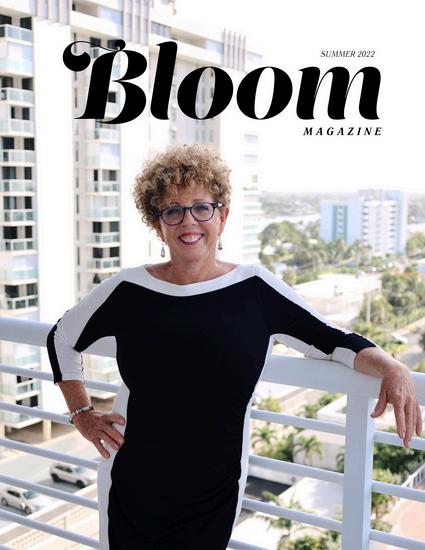
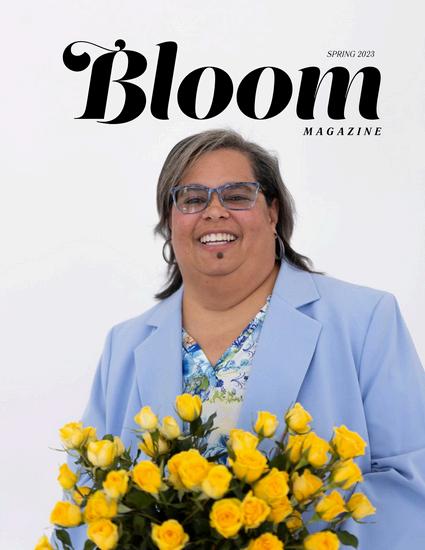

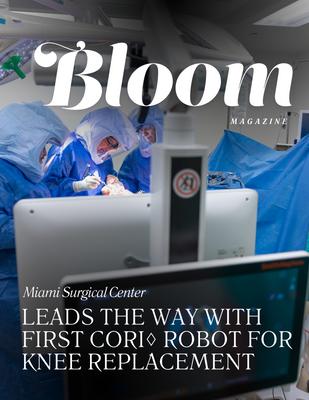
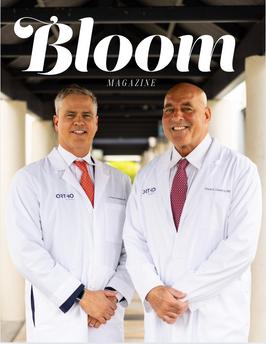
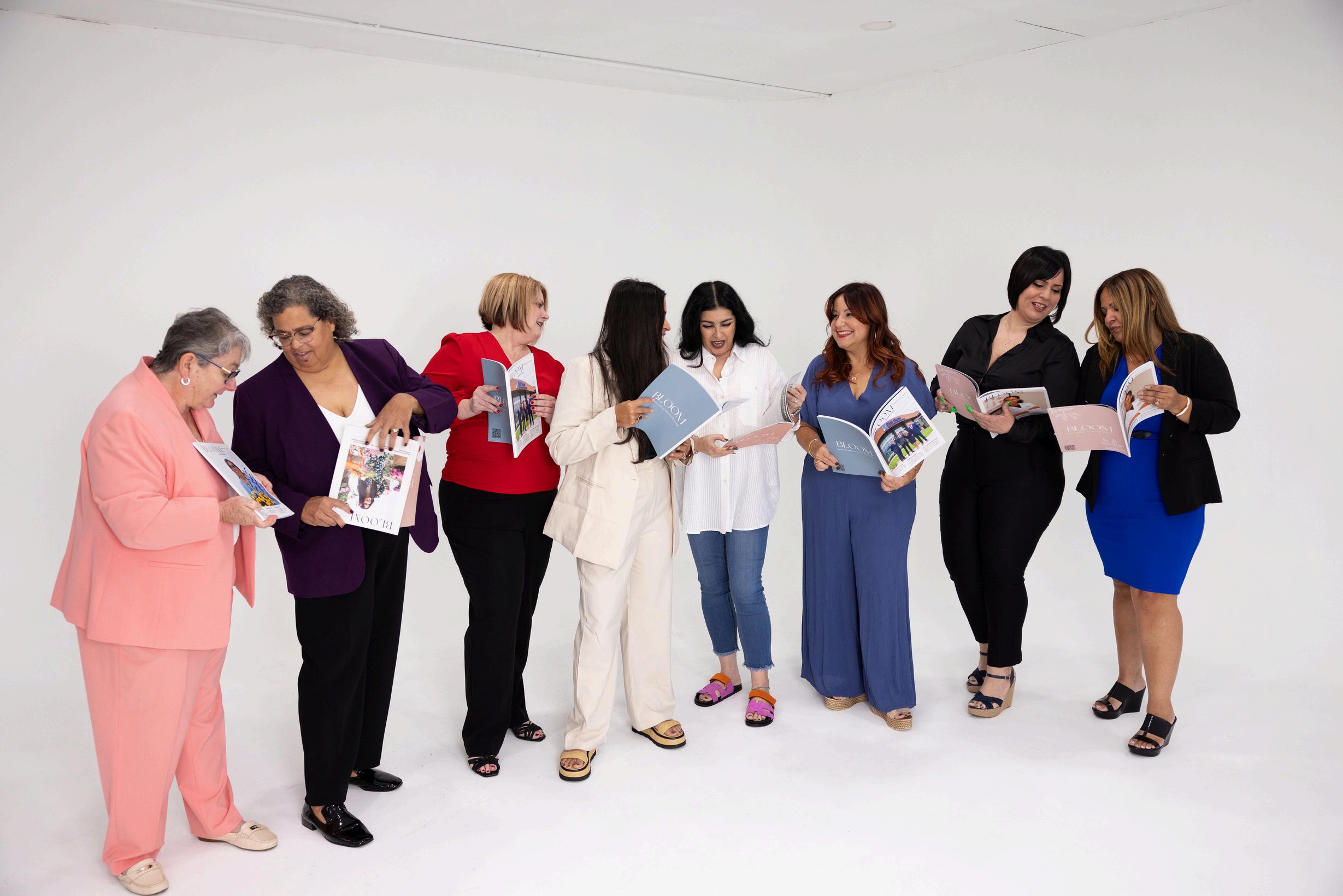
Bloom Magazine is trusted and loved by thousands of professionals in the workers' compensation community.
Our readers include risk managers, case managers, doctors, healthcare providers, brokers, and attorneys who look forward to every issue.
They not only read Bloom but also keep it for months as a reference, giving your ad a lasting impact.
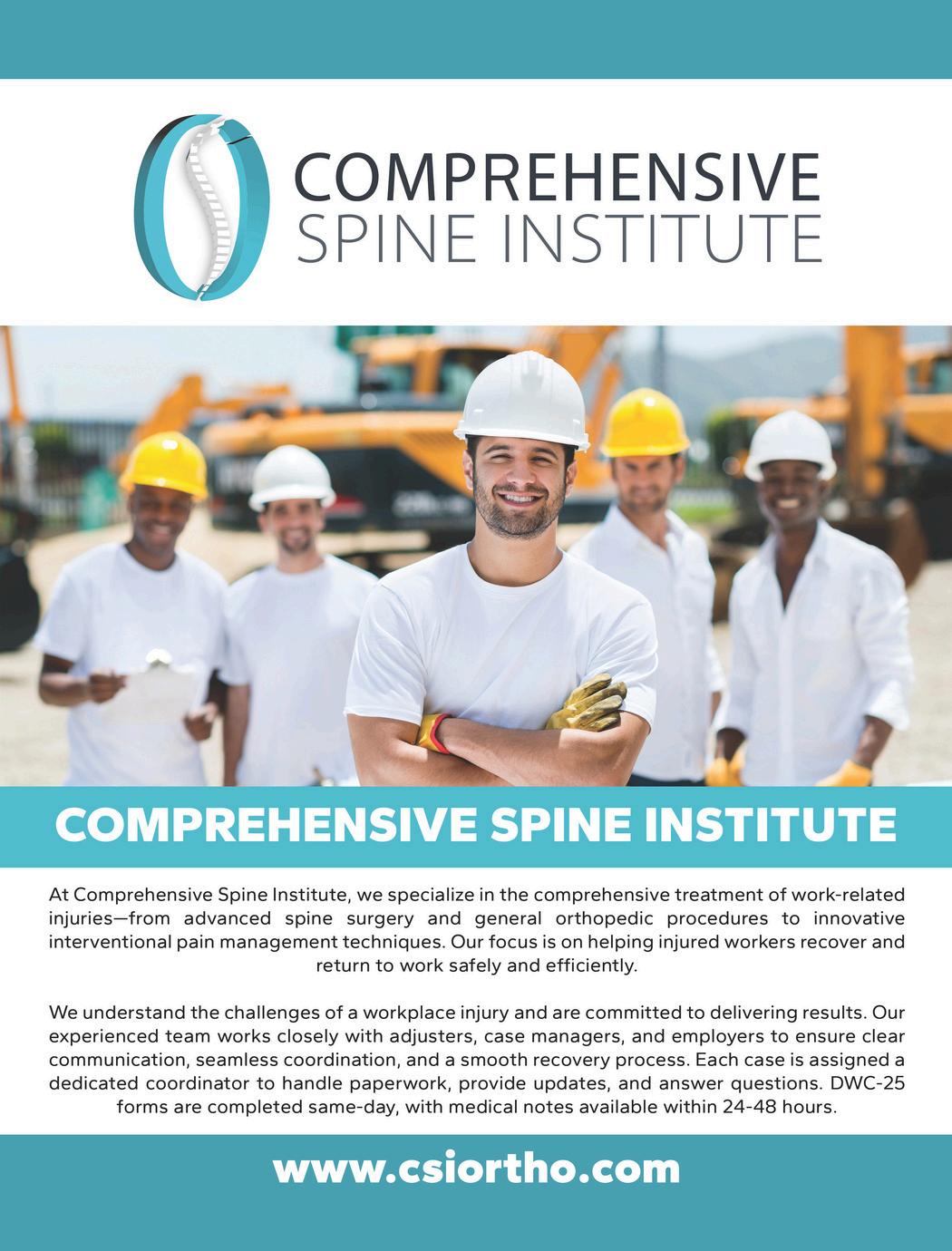
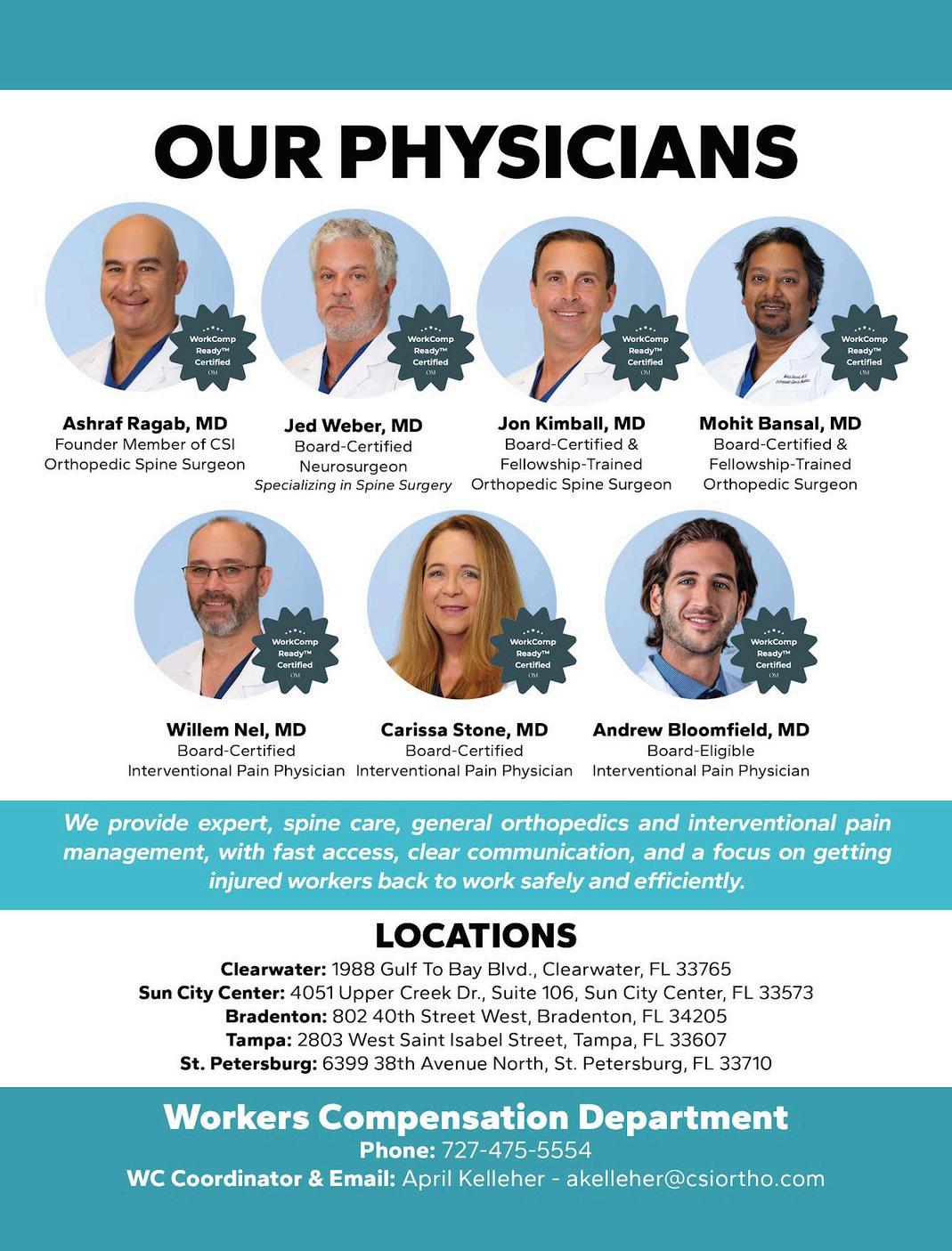

If you're in charge of employee wellness, this is for you.
The Orange Lab is a workplace wellness and learning platform powered by OM. We bring hands-on workshops straight to your team— on-site, virtual, or hybrid to support leadership, team building, and real wellbeing at work.
Led by doctors, therapists, and workplace experts, each session is practical, engaging, and built around your team’s needs From Self-Care Workshops to Leadership Labs and full Wellness Days, we make it easy to bring meaningful support into the workday.
WANT TO SCHEDULE A WORKSHOP FOR YOUR TEAM?
Email us at info@ommktg.com or visit justbloomco.com to learn more.
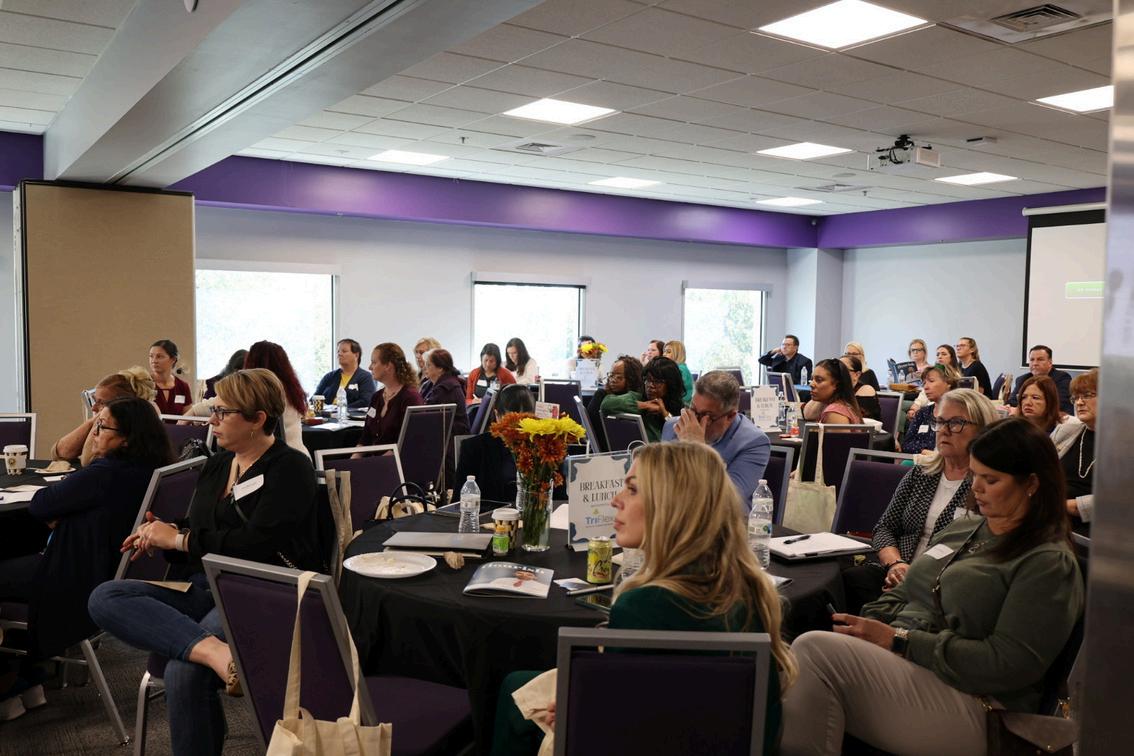


Since 2010, the BLOOM GivingBack Project has hosted monthly giveaways, contests, and challenges for adjusters, case managers, risk managers, and other workers’ compensation professionals
Thereisnoobligation—justaway tosaythankyou.Winnersare randomlyselectedandreceive giftcards,wellnessitems, personalizedproducts,home goods,designerbags,andmore. Everything is funded by our Community Sponsors. Their support makes this possible and helps us donate to multiple charities throughout the year
The BLOOM GivingBack Project was built on the idea that you can sponsor and give back at the same time. If you ’ re going to use your marketing dollars for sponsorship, why not support something that also pays it forward?
This project gives companies a chance to stay visible while helping fund real donations to the charities our community cares about
simple. It feels good. It makes an impact. That’s the heart of this project— and why so many choose to be part of it.
WANTTOSPONSORAGIVEAWAYOR JOINOURCOMMUNITYOFGIVERS? Email us at teambloom@ommktg.com

Looking to earn CEUs for yourself or your licensed employees? OM CEUs are designed with your schedule and licensing needs in mind led by industry-leading experts in workers’ compensation
Whether virtual or on-site, our sessions are tailored to meet the demands of busy professionals while covering the latest developments in the workers' compensation industry
Accredited programs for Adjusters (All Lines), Nurses, Attorneys & Case Managers
Virtual or On-Site Courses You choose the day and time
Lunch & Learns | Webinars | Panel Discussions | Expert Q&As | Seminars & More
Fully customized CEU workshops for your entire staff
On-site & Virtual Lunch & Learns Ask the Expert Q&A Workshops Expert Panel CEU Discussions Seminars & Conferences
Webinars
Dinner & CEU Events Let us help you stay
For course scheduling, speaker requests, certifications, or vendor opportunities, contact: Ozzy Diaz | ozzydiaz@ommktg com



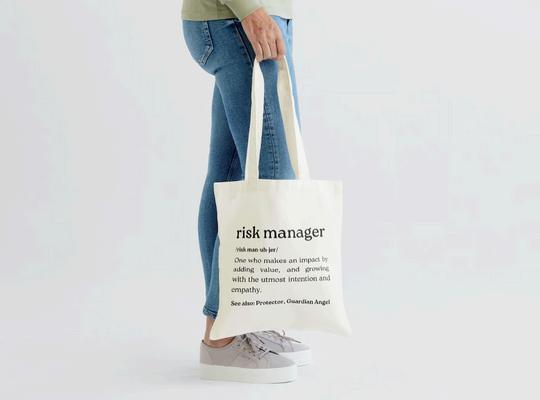
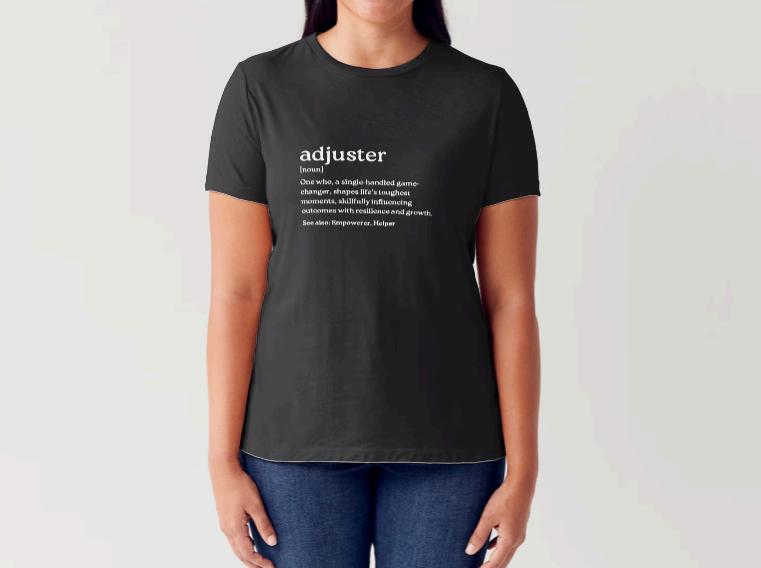
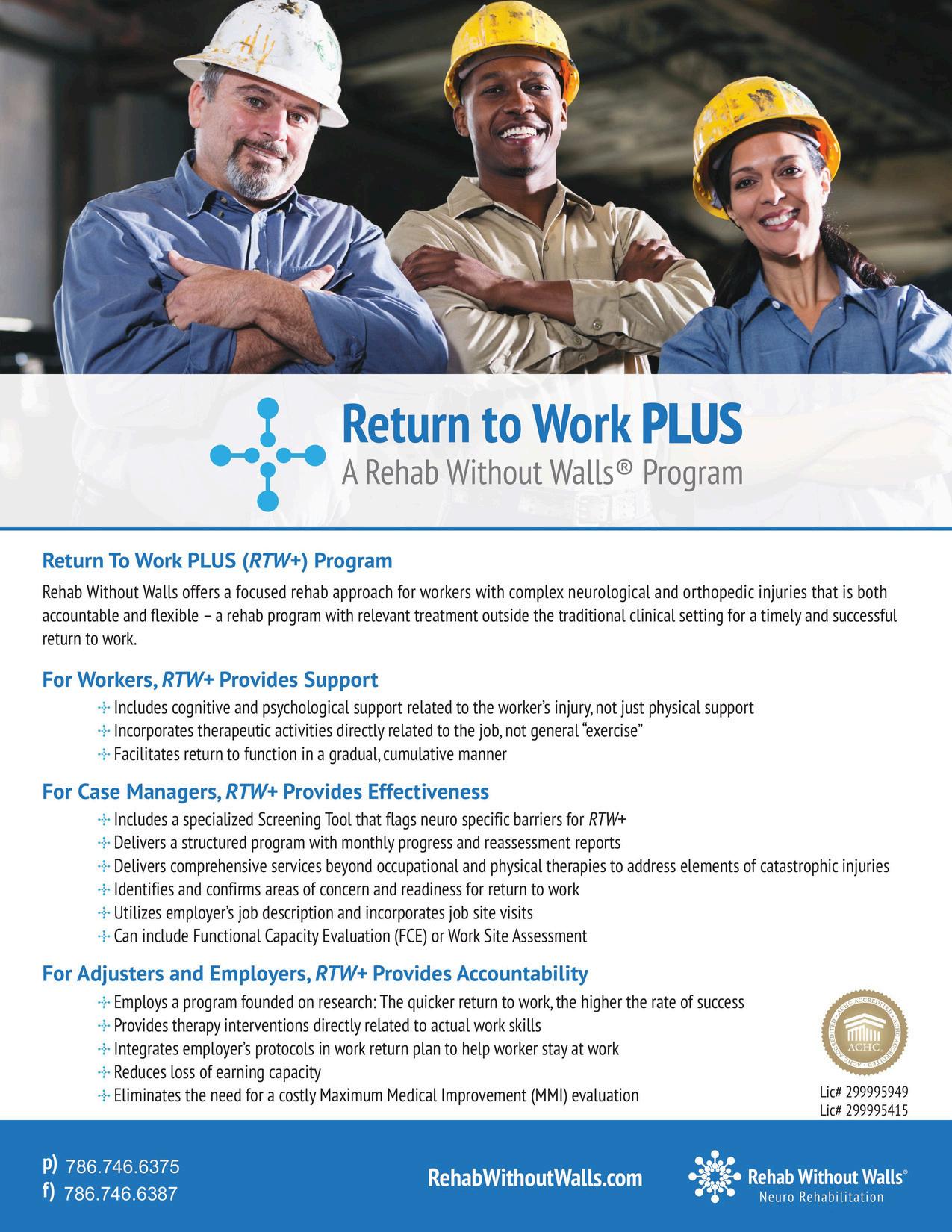


Patsy Lamastus is a Claims Supervisor at LUBA, where she manages a high-performing team of claims professionals handling multi-jurisdictional workers’ compensation claims She provides oversight on all significant and large-loss files, ensuring quality, consistency, and optimal outcomes What Patsy loves most about her role is the opportunity to mentor and train the next generation of industry leaders individuals who are smart, humble, and driven She takes pride in helping them grow within both the organization and the workers’ compensation field

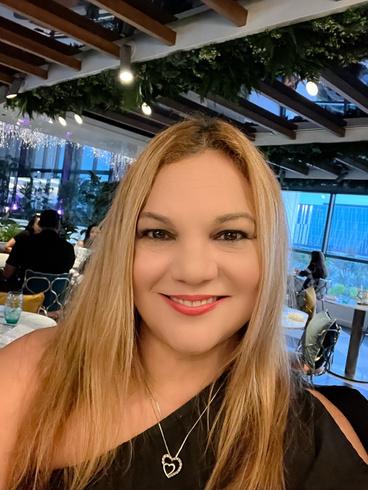
Candice Goldberg is a Lost Time Workers’ Compensation Claims Adjuster at Relation Insurance Services, where she investigates, evaluates, and manages claims involving injured employees Her responsibilities include analyzing medical and legal documentation, issuing state-required forms, setting reserves, and authorizing treatment and legal expenses all while ensuring compliance with licensing and continuing education requirements What Candice loves most about her role is the unique blend of medical and legal work With a natural passion for caregiving, she finds fulfillment in guiding injured workers through the claims process and helping them access the best treatment and benefits available
Natalie Myslinski, RN, CCM, serves as a Telephonic Nurse Case Manager at Sedgwick, where she plays a key role in guiding injured workers through their recovery journeys By coordinating care and facilitating timely treatment, Natalie helps ensure that each individual receives the support they need to return to their prior level of function What she loves most about her work is seeing the positive impact it has not only on recovery timelines but also on the lives of the workers she supports The gratitude she receives from those she helps makes her role both meaningful and deeply rewarding
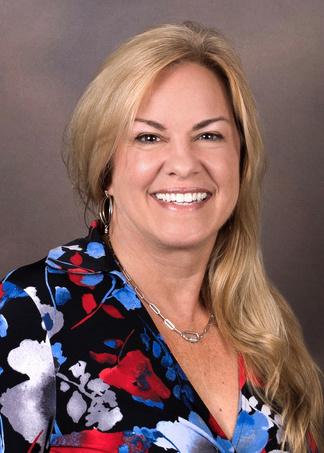

Traci Vicari, MS, MPH, APRN, serves as the Workers’ Compensation Supervisor and Nurse Practitioner for the City of Tampa In this dual role, she oversees the city’s workers’ compensation department, guiding both clinical and administrative operations With over 14 years of experience in workers' compensation, Traci stepped into a newly created position becoming the first to shape and build out the department from the ground up What she enjoys most is the opportunity to design and implement meaningful systems that support injured employees and improve care delivery across the city
Stacy Stanley is the Director of Workers’ Compensation at FirstService Residential, where she manages claims across the South and East Coast regions She ensures injured employees receive timely, appropriate care while working to reduce costs through strong partnerships with medical providers and safety initiatives What Stacy loves most is helping workers return to a better quality of life “My job isn’t to make each person a superhero, but to get them back to basepoint,” she says She treats every injured worker like family and values the relationships built within the workers’ compensation community
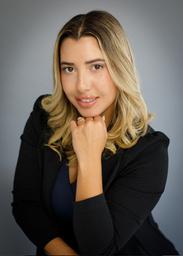
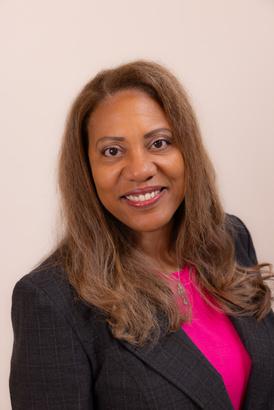
Susan Gonzalez, RN, CCM, is a Medical Case Manager and Rehabilitation Specialist at Yanez Management, specializing in catastrophic and complex workers’ compensation cases She provides dedicated support to injured workers, helping them navigate recovery and return to functional living What Susan loves most about her work is the chance to make a meaningful impact Advocating for her patients' health and well-being during difficult times is both rewarding and deeply fulfilling
As AVP of Workers’ Compensation Claims at Berkley Environmental (a W R Berkley Company), the role involves leading the workers’ compensation claims team with a focus on compassionate, effective claim resolution What’s most rewarding is helping injured workers heal and rebuild their lives after an injury making a real difference when it matters most

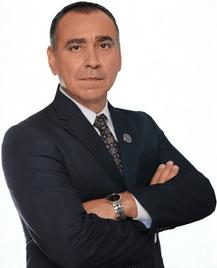
Henry J Roman is a Partner at Martinez Roman, where he focuses on the defense of workers’ compensation claims on behalf of employers, carriers, and servicing agents What he enjoys most is the collaboration with clients working closely with seasoned claims professionals to develop effective defense and trial strategies
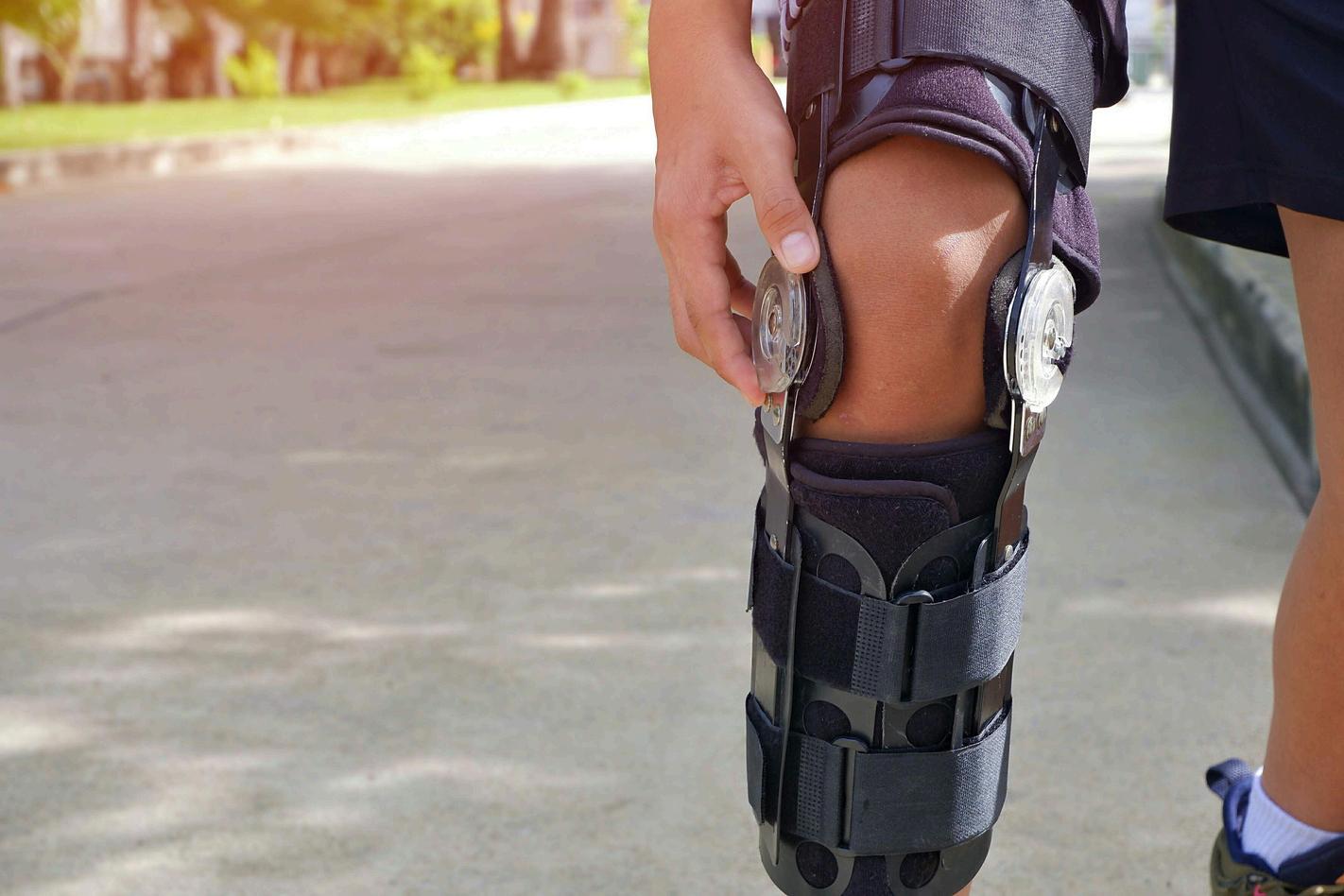
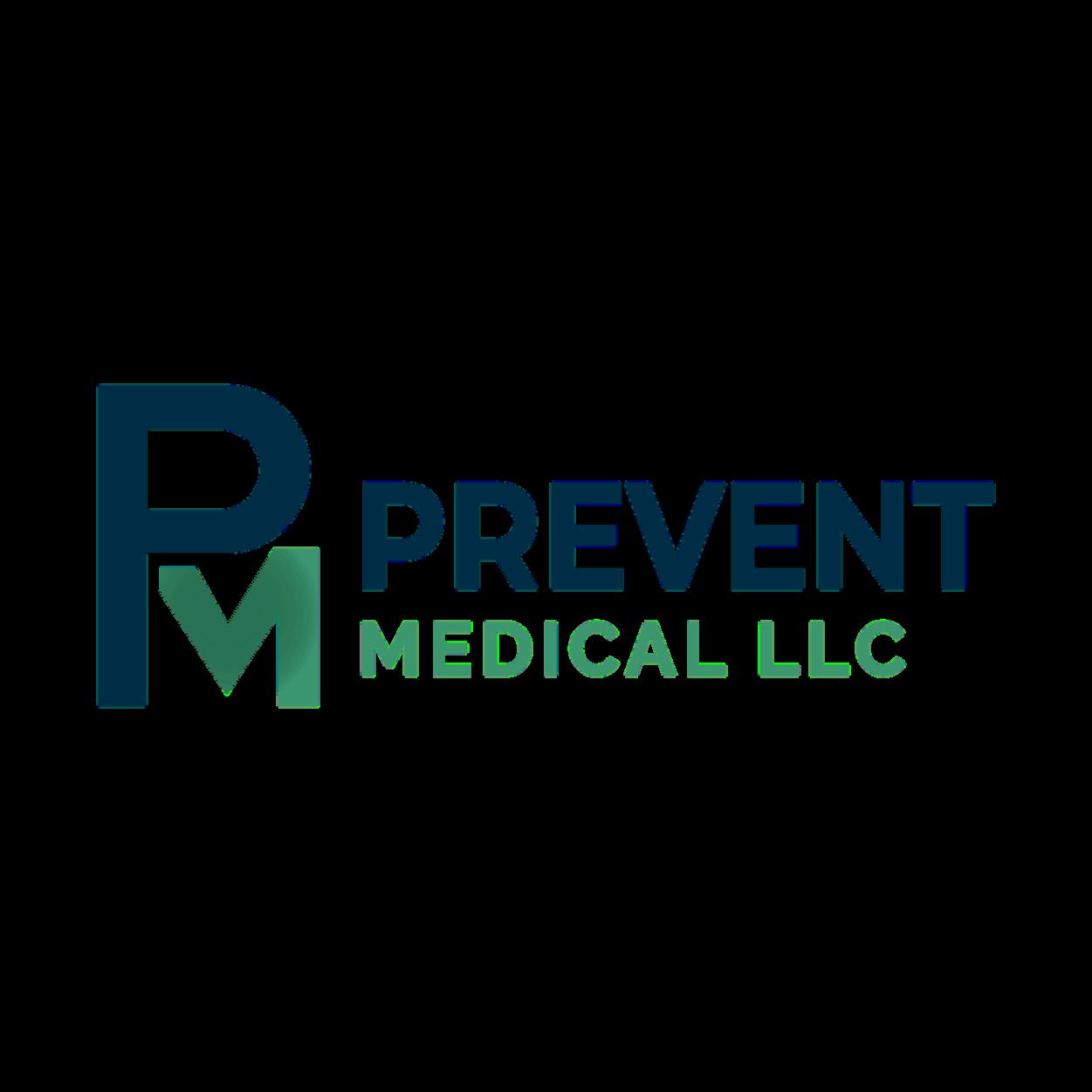
Prevent Medical provides reliable, cost-effective durable medical equipment (DME) for injured employees covered under workers’ compensation. We work closely with adjusters, nurse case managers, and employers to ensure each injured worker receives the necessary equipment—quickly, efficiently, and with the highest level of care.
In-Network and Easy to Work With: We are contracted with most major DME networks, making it simple to refer injured workers regardless of the carrier or program.
Competitive Pricing: Our pricing is transparent and cost-conscious—designed to support claims without compromising quality or service
Fast Turnaround with 24-Hour Delivery: Most standard equipment is delivered within 24 hours of referral, ensuring no delay in the injured worker’s care
Wide Range of DME Products: We supply everything from post-op recovery devices and therapy units to orthopedic bracing and mobility aids.
Professional Delivery and Setup: Equipment is delivered and set up by trained technicians who ensure proper function and educate the injured worker on safe and effective use.
Dedicated Customer Support: Our experienced team prioritizes service. We’re accessible, proactive, and committed to keeping all parties informed—from referral to delivery—every step of the way.
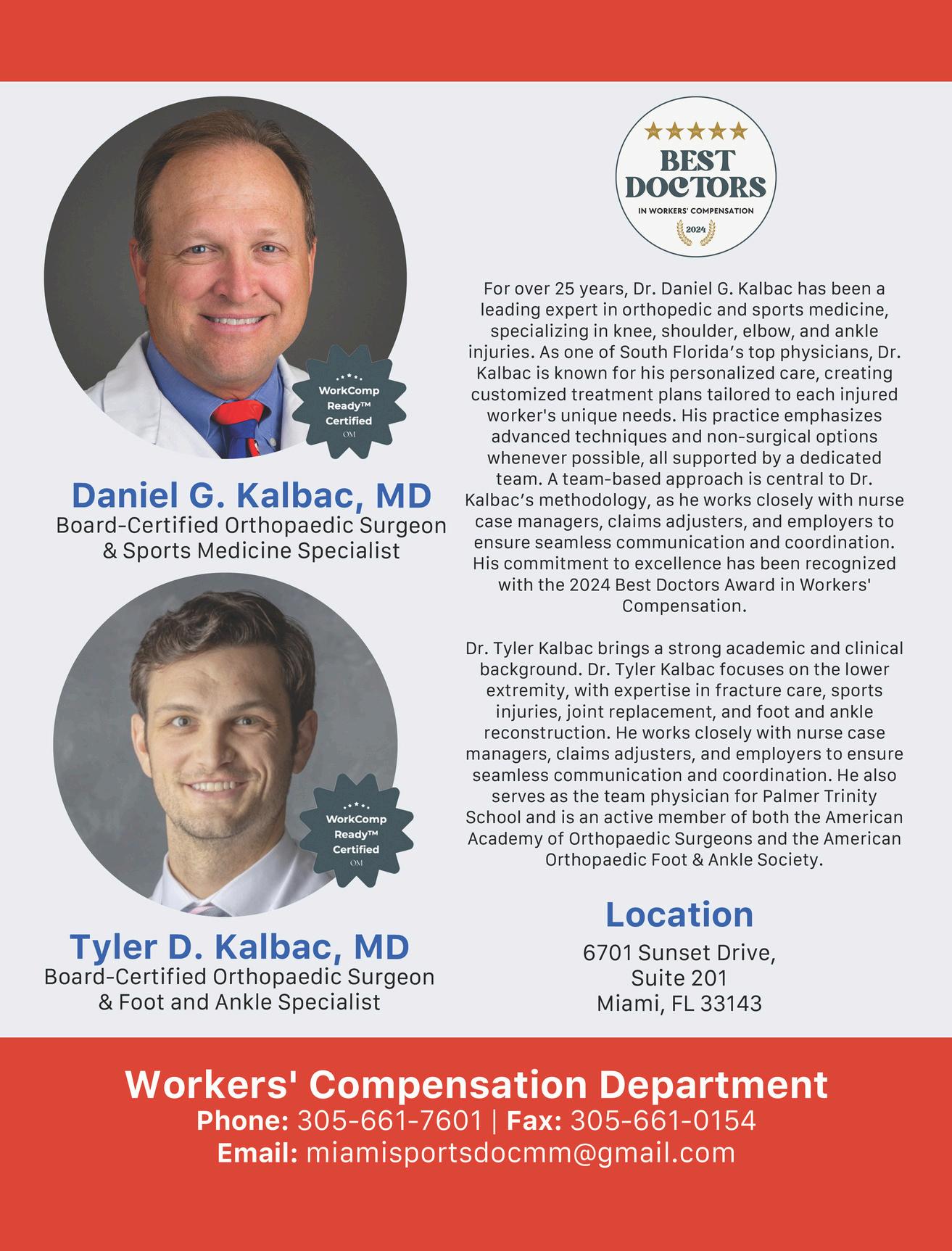


Directions: Reflect on your strengths, qualities, and accomplishments that make you unique and valuable Be honest and kind to yourself as you write these reflections By recognizing your value, you can build confidence and resilience You are awesome, and you matter! Have fun and enjoy the process
Choose two words from the list to describe how you are feeling today. If you cannot find your emotion listed, you can write in your choice of emotion:
both positive
negative and positive
Whatcan you do to either feel more positiveor remain positive today? How can you reframe the negativesinto a challenge?
angry annoyed anxious ashamed awkward brave calm cheerful chill confused discouraged disgusted distracted embarrassed excited friendly guilty happy hopeful jealous lonely loved nervous offended scared thoughtful tired uncomfortable unsure worried
1.What does self-love look like for me in this season of my life?
2.If I could speak to my inner child, what would I say to comfort them?
3.How have I surprised myself recently?
4 What belief about myself no longer serves me?
5 How can I show up authentically even when it's uncomfortable?
6.When was the last time I forgave myself, and why?
7.What does my ideal relationship with myself feel like?
8 How do I speak to myself in moments of failure, and how can I improve that?
9 What personal boundary do I need to reinforce for my own well-being?
10 How can I create more joy in my daily routine?
11.What part of my body am I most grateful for today, and why?
12.What would my life look like if I truly embraced my uniqueness?
13 When do I feel most aligned with my values, and how can I experience that more often?
14 How can I celebrate my small wins without feeling guilty or undeserving?
15.What part of myself have I been neglecting, and how can I nurture it?
16.How does the way I talk about myself influence how others perceive me?
17.What is one thing I need to let go of in order to experience more self-love?
18 How can I show up for myself the way I show up for others?
19 What is a fear I’ve overcome that I’m proud of?
20.How can I express gratitude for the person I am today?
21.What self-imposed limitations do I need to challenge?
22 How can I bring more playfulness into my life?
23 What makes me feel truly alive, and how can I incorporate that into my routine?
24.What is one thing I love about my personality that I rarely acknowledge?
25.How can I make more space for rest without feeling guilty?
26.What’s one way I can give myself permission to be imperfect?
27 How can I celebrate my individuality more boldly?
28 What do I need to hear from myself today to feel supported?
29.How has my perception of self-love evolved over time?
30.What would I tell my future self about the importance of self-love?
Answer the following questions. There are no rules.
Just let your heart speak!
AmItrulyhappyandatpeacewithmyself?Whyorwhynot?
Whatismy“HigherSelf”like?Describeindetail.
Sign up for the Bloom Magazine newsletter today and be the first to access our latest issues as soon as they’re released. Our magazine is a must-read for professionals in the workers' compensation, risk management, insurance, and healthcare industries. By subscribing, you’ll stay informed about all things Bloom, including exclusive insights, CEUs, masterclasses, conferences, events, and curated content designed to help you thrive.

